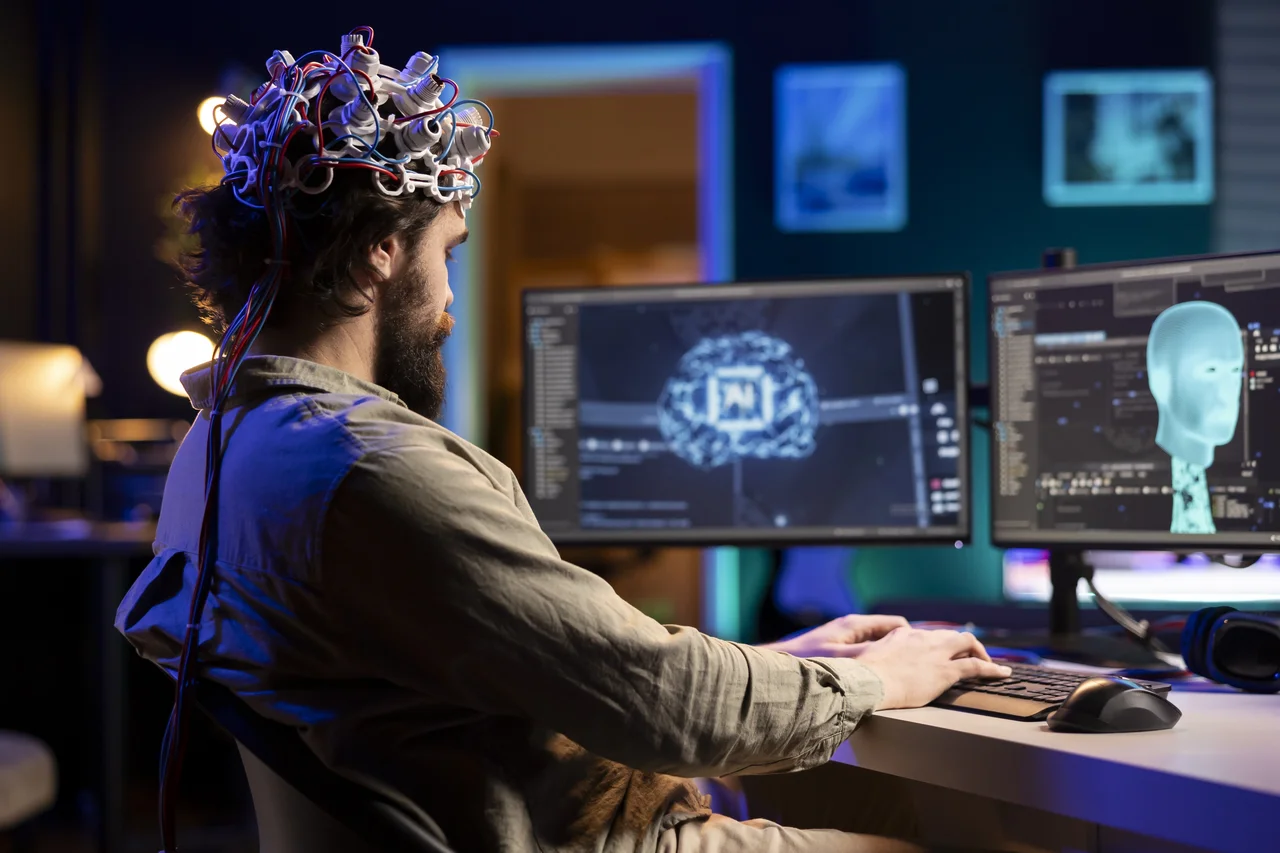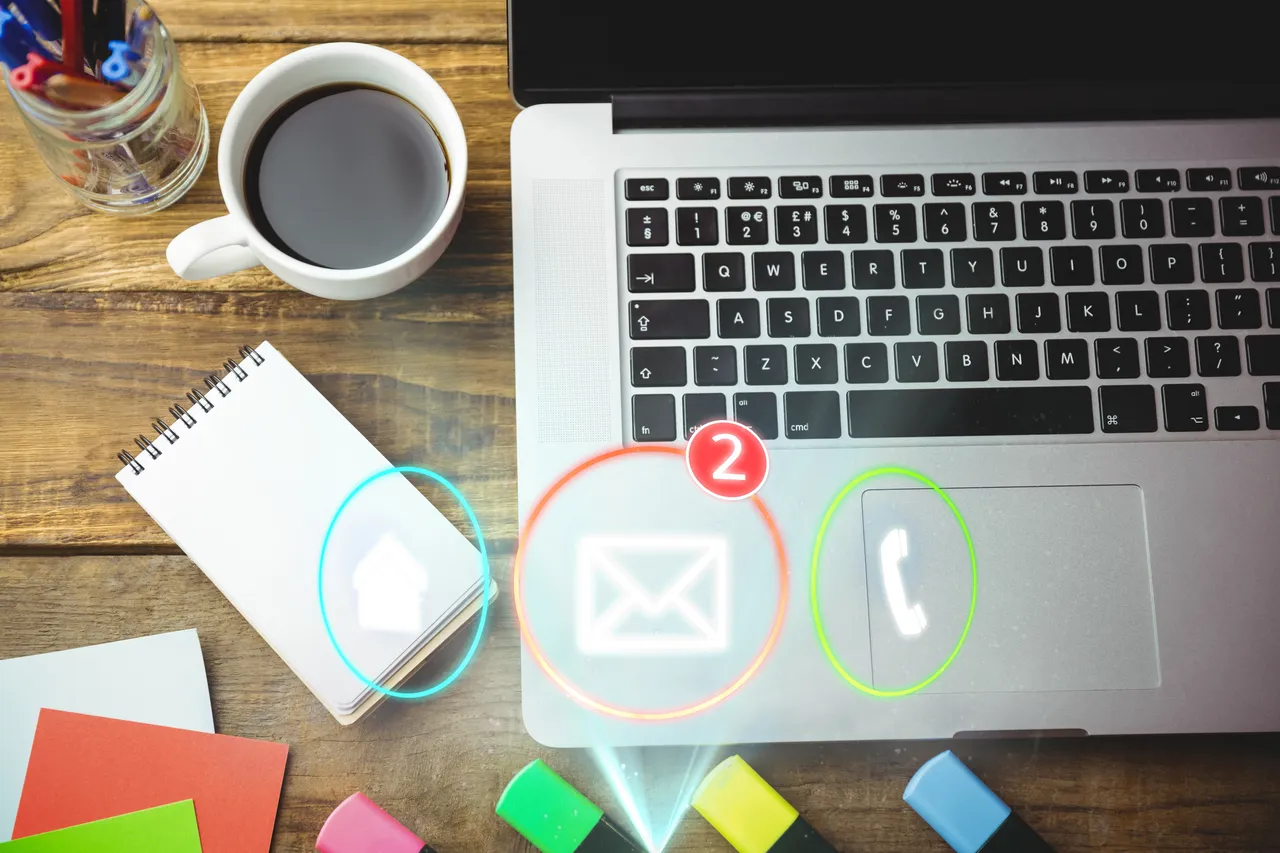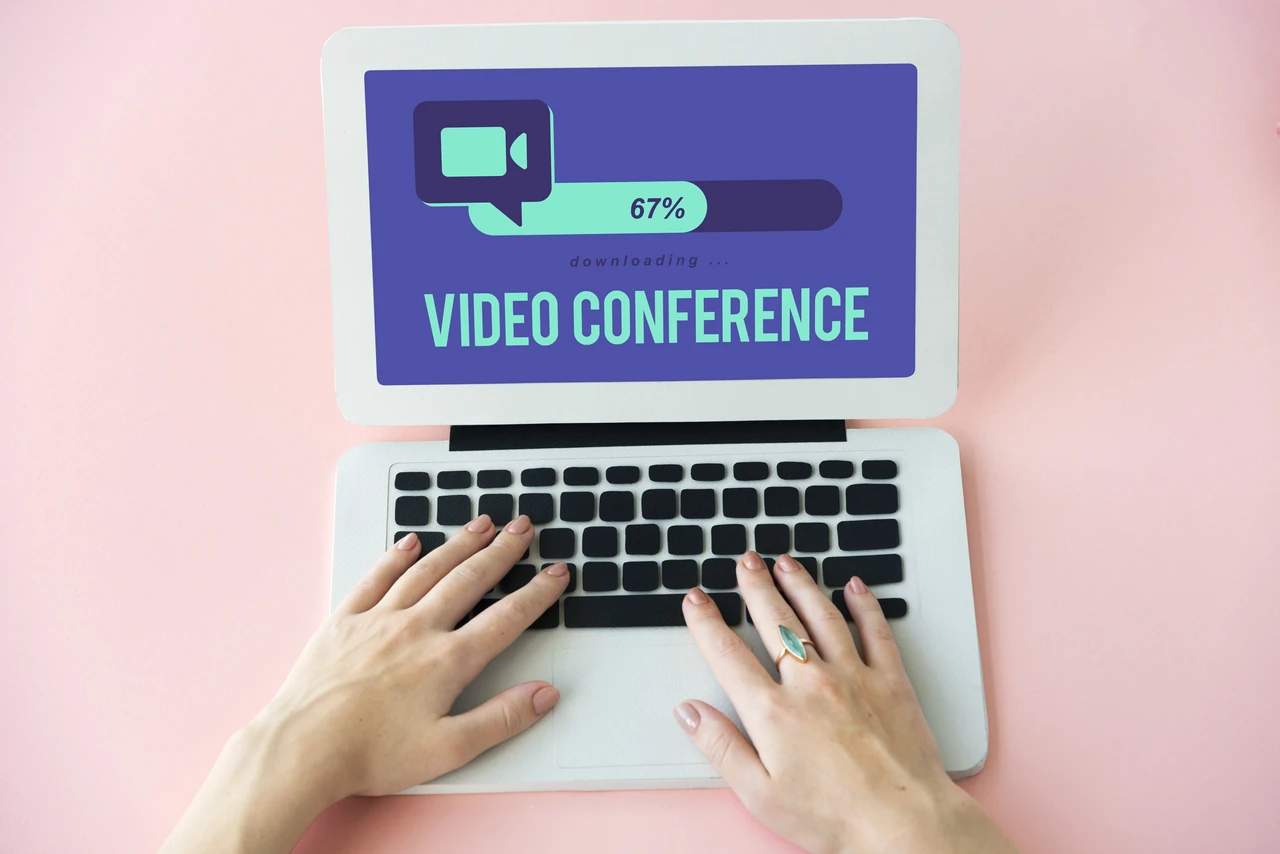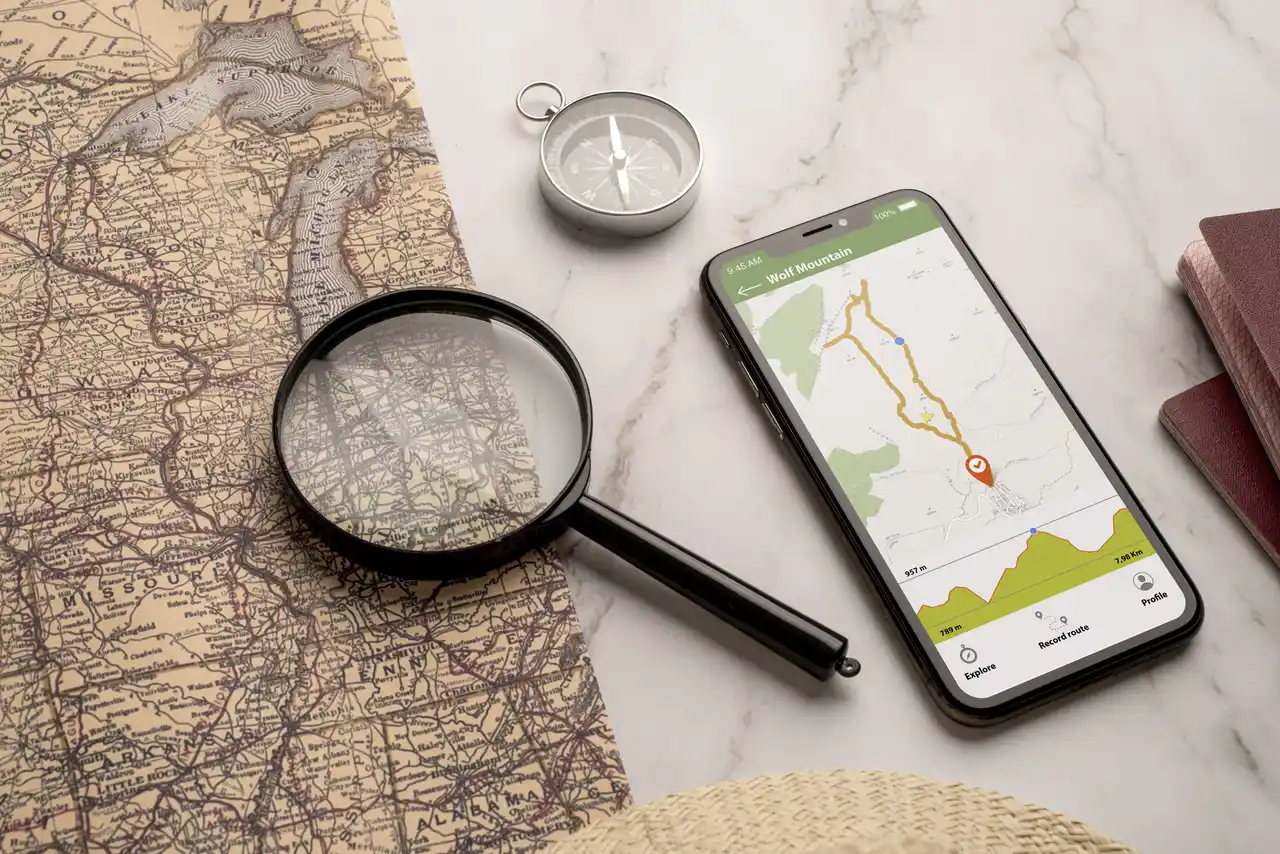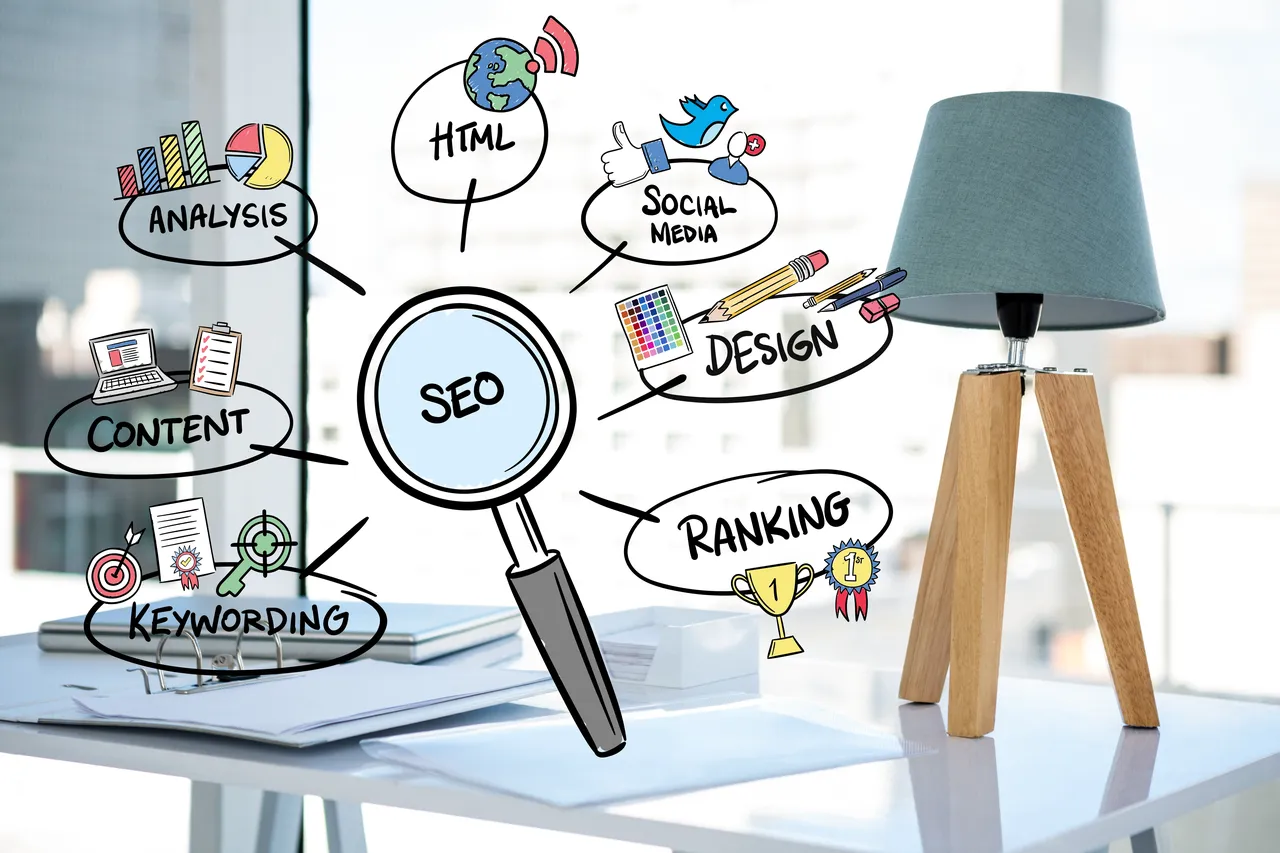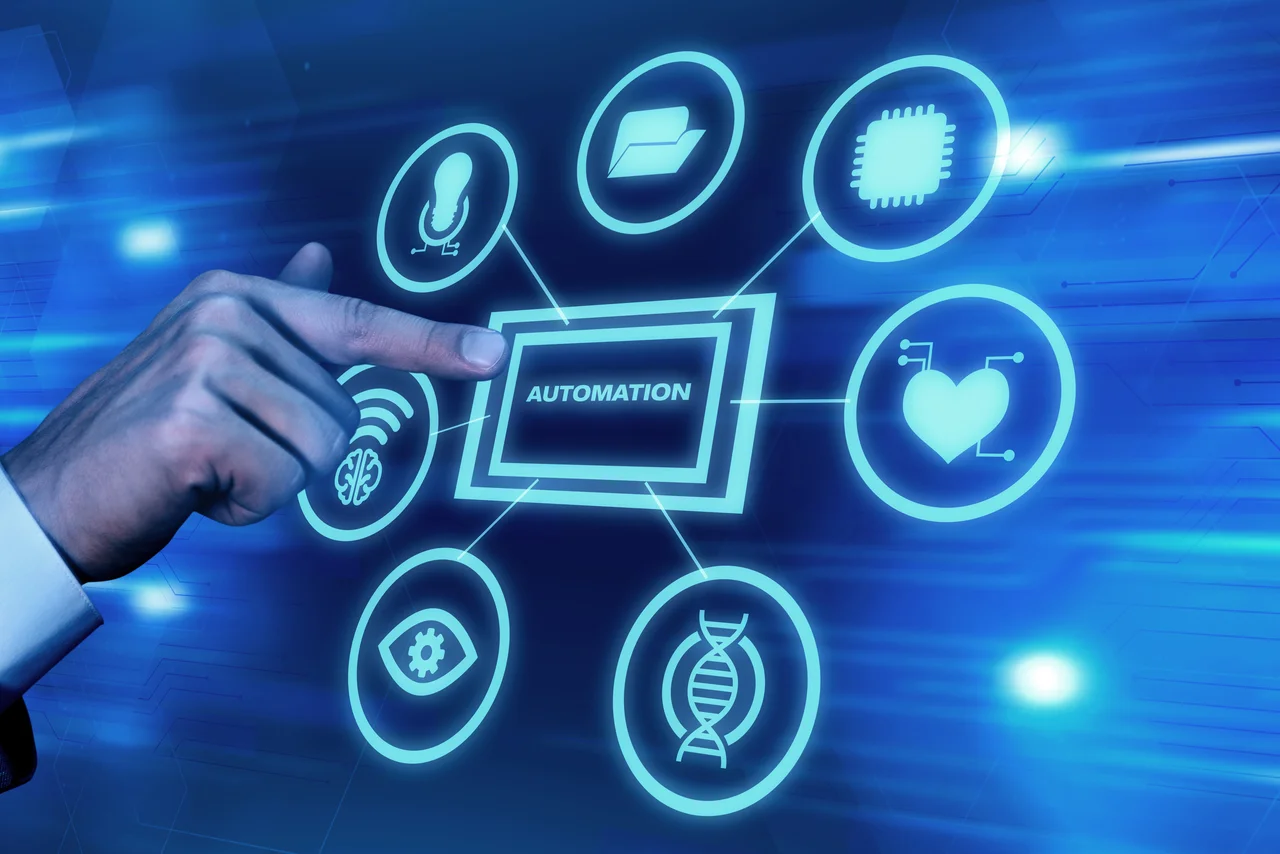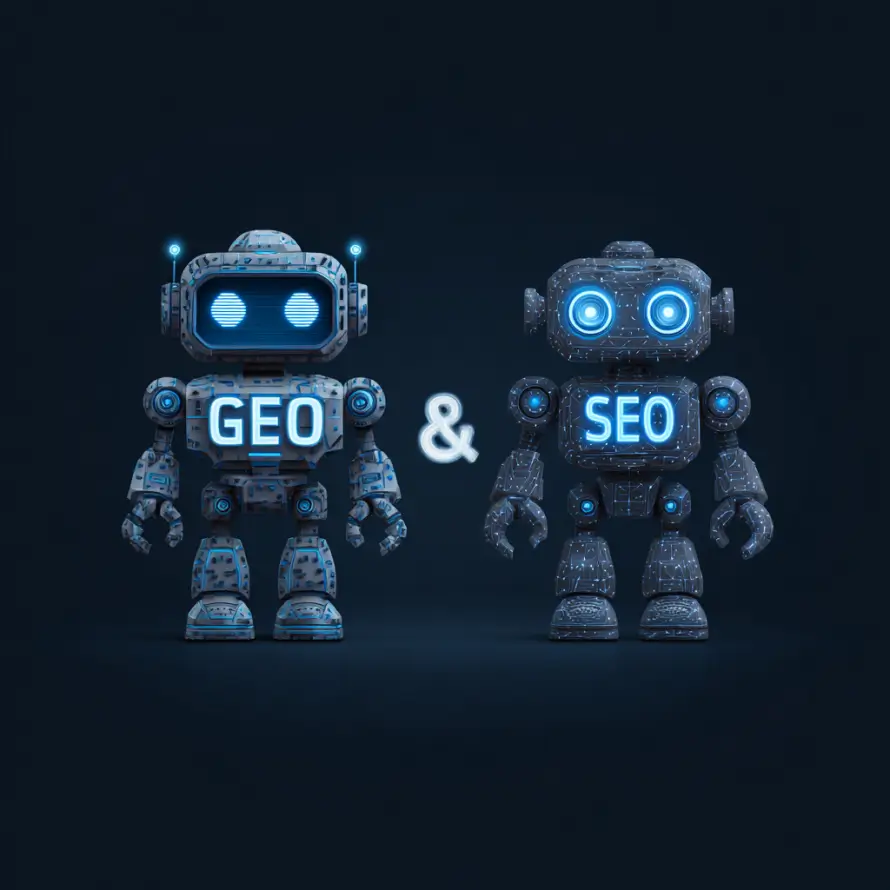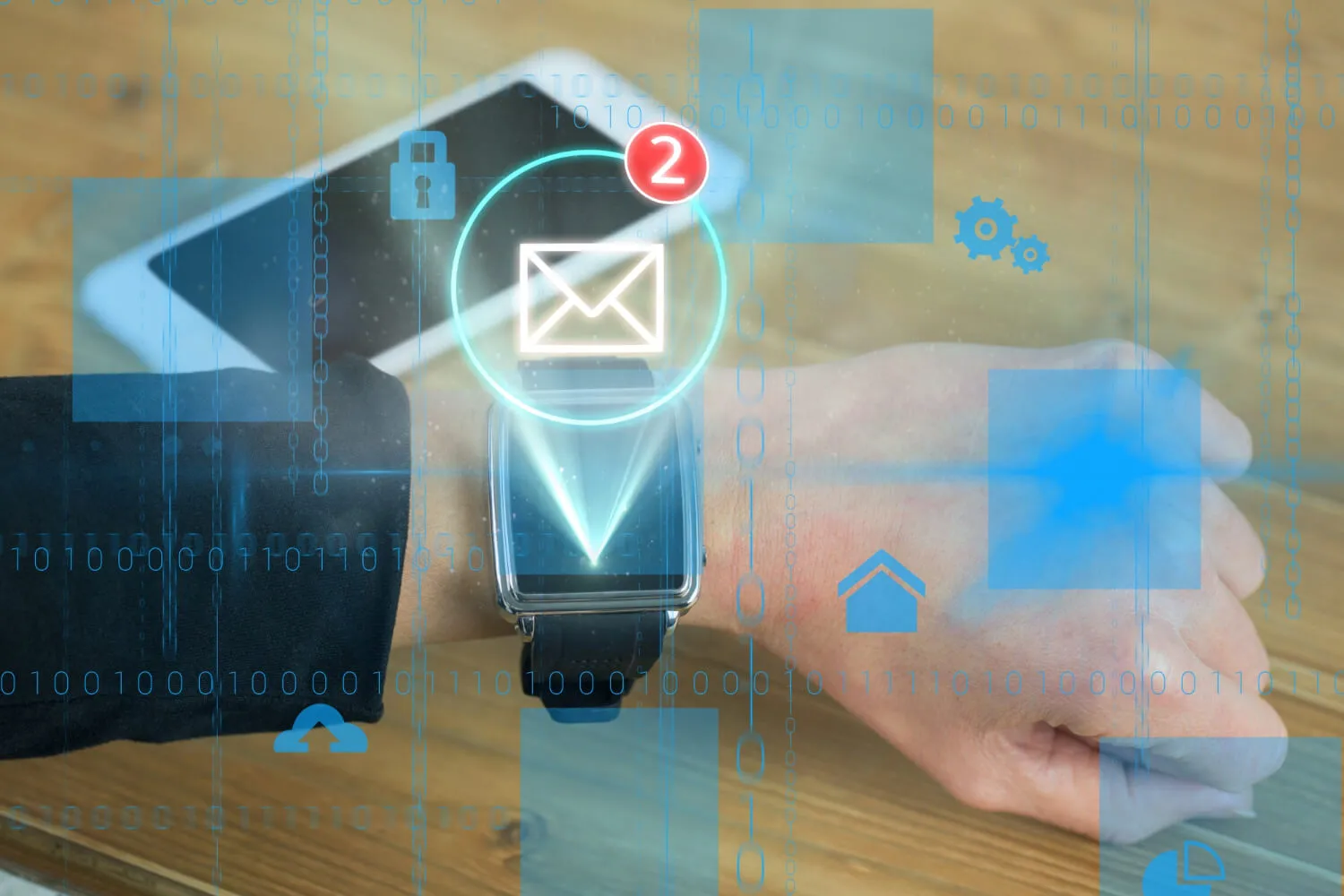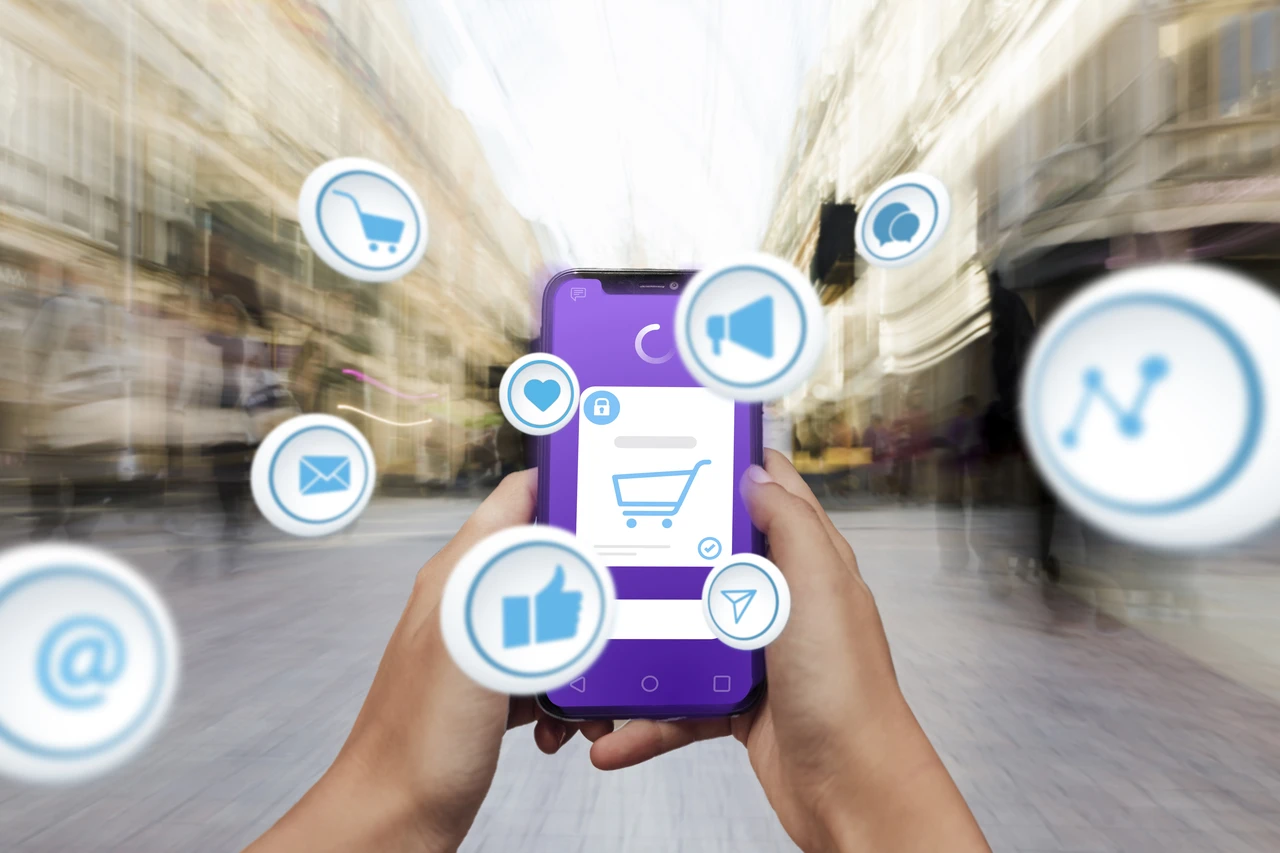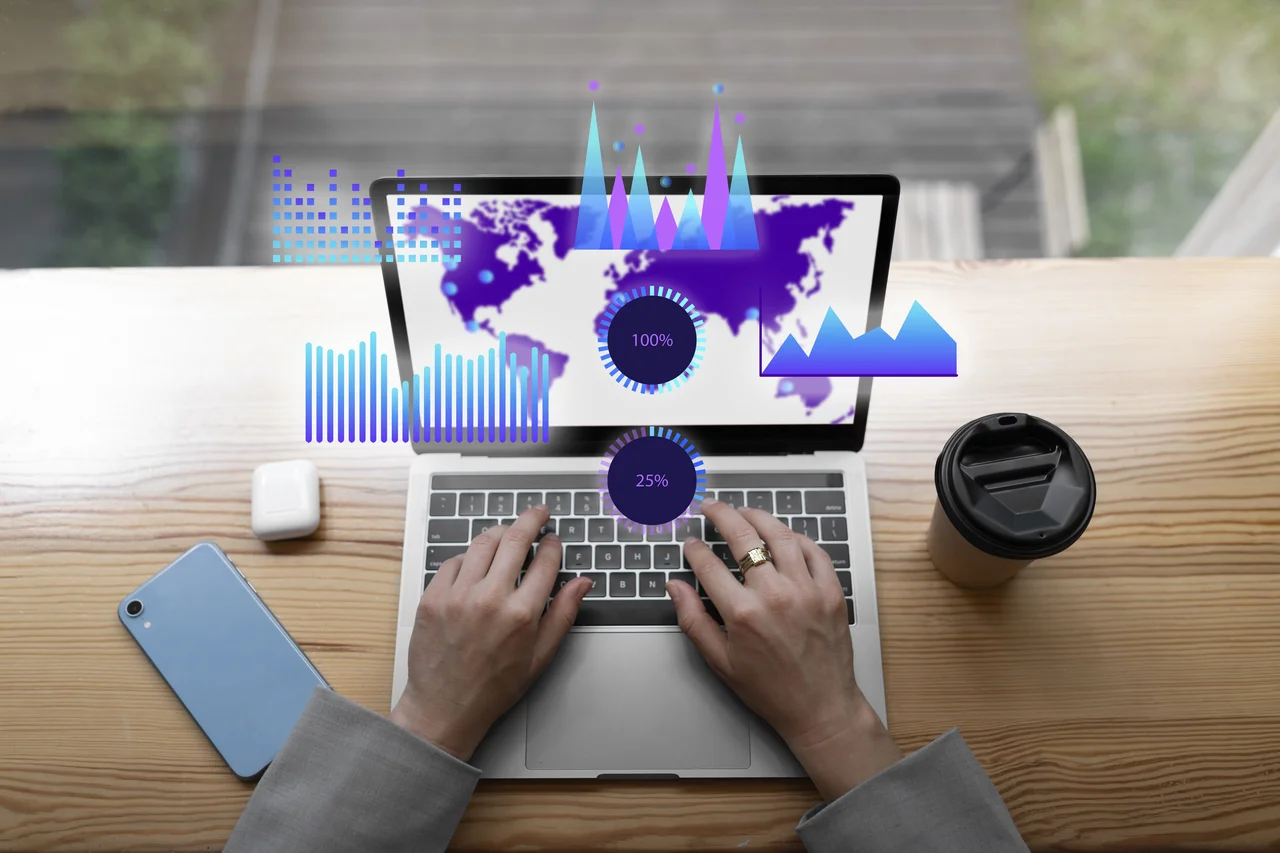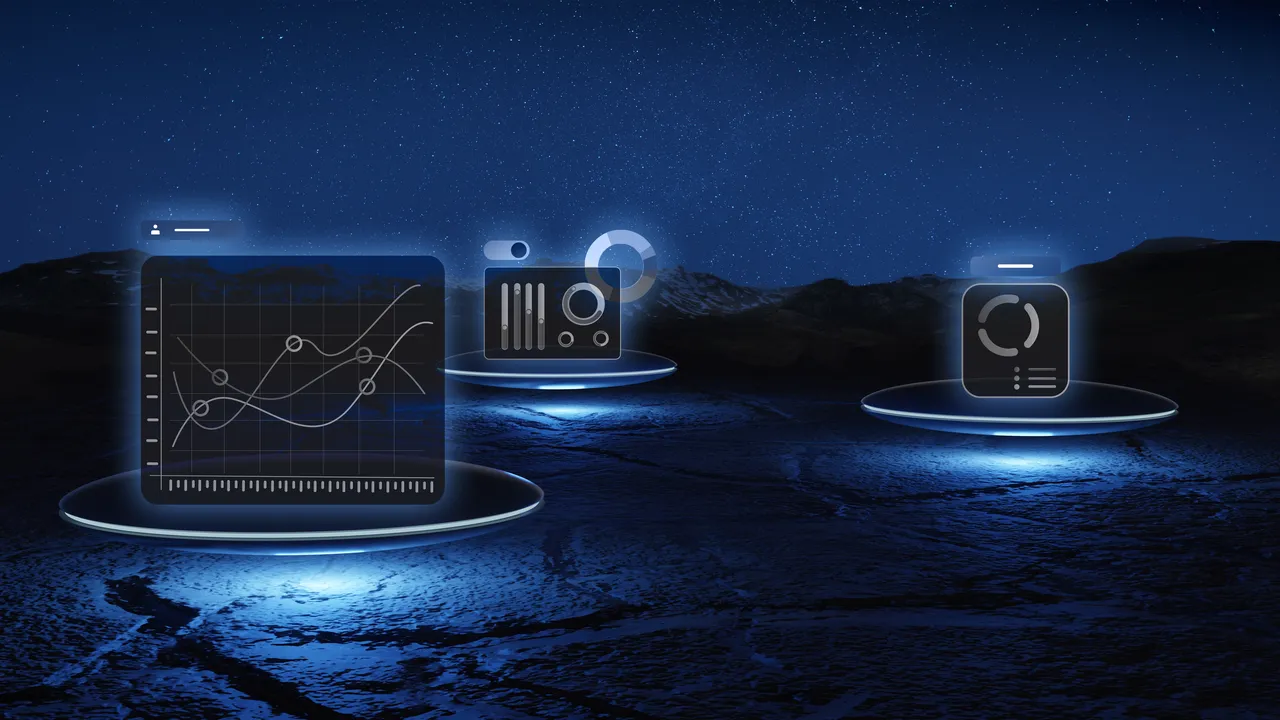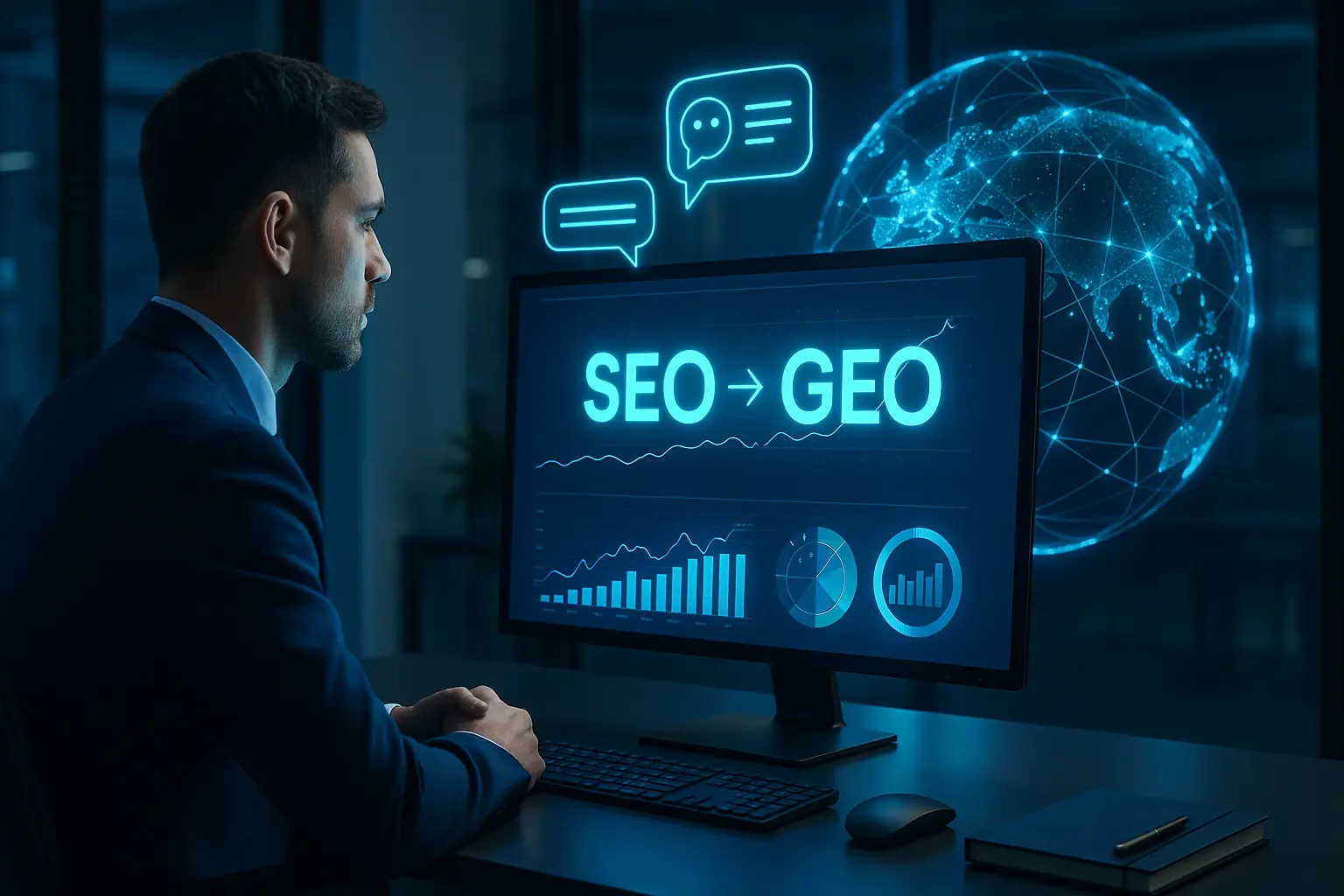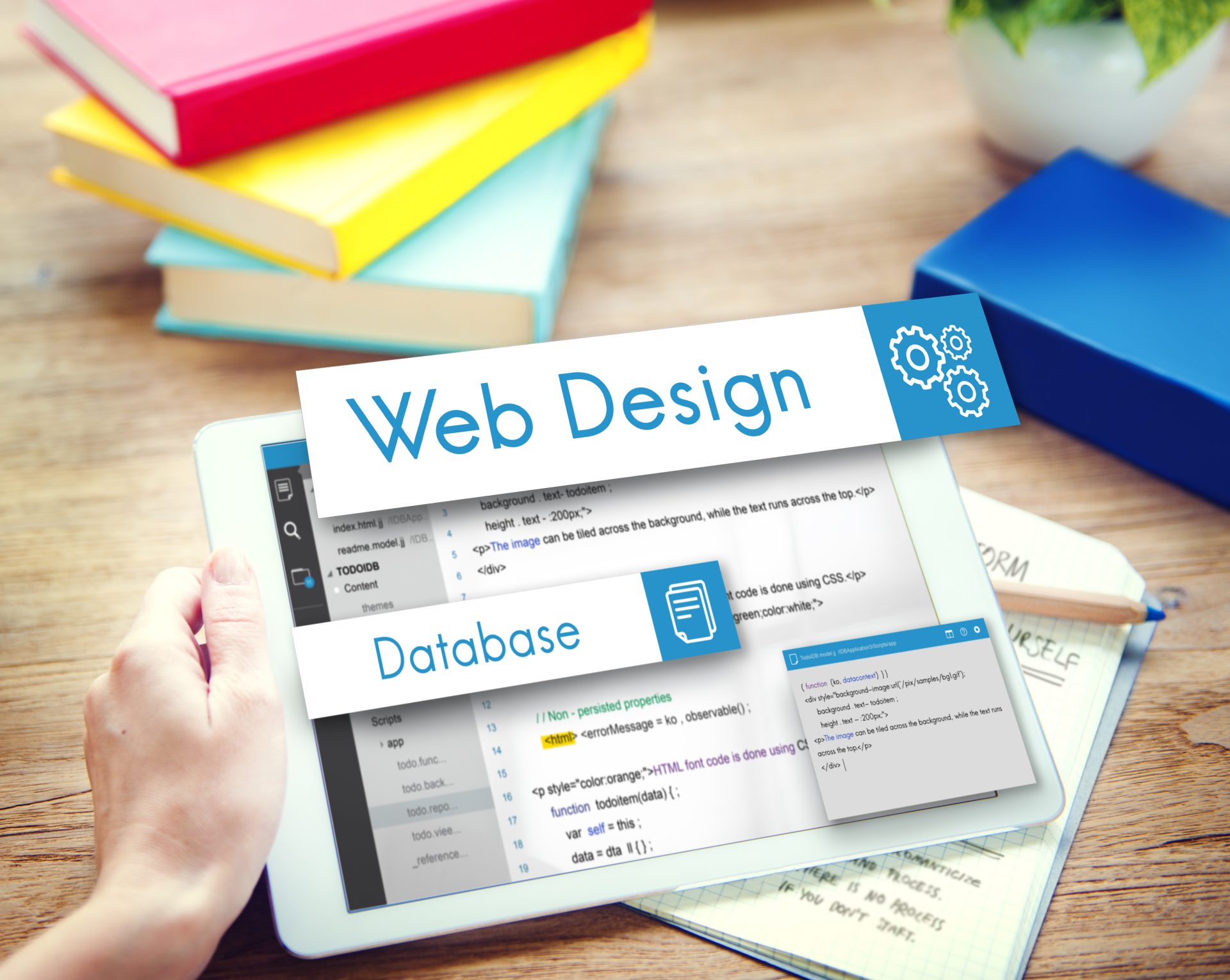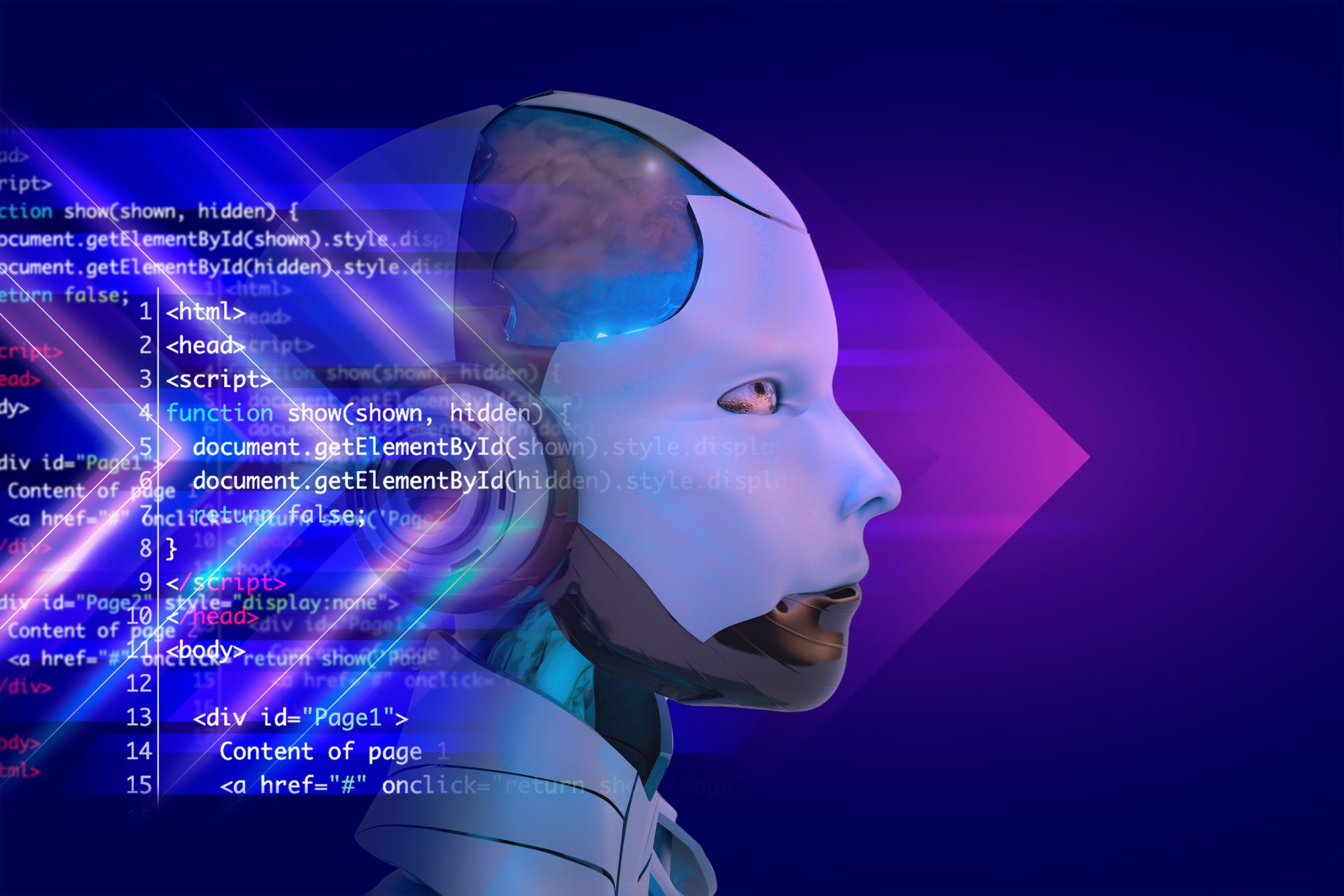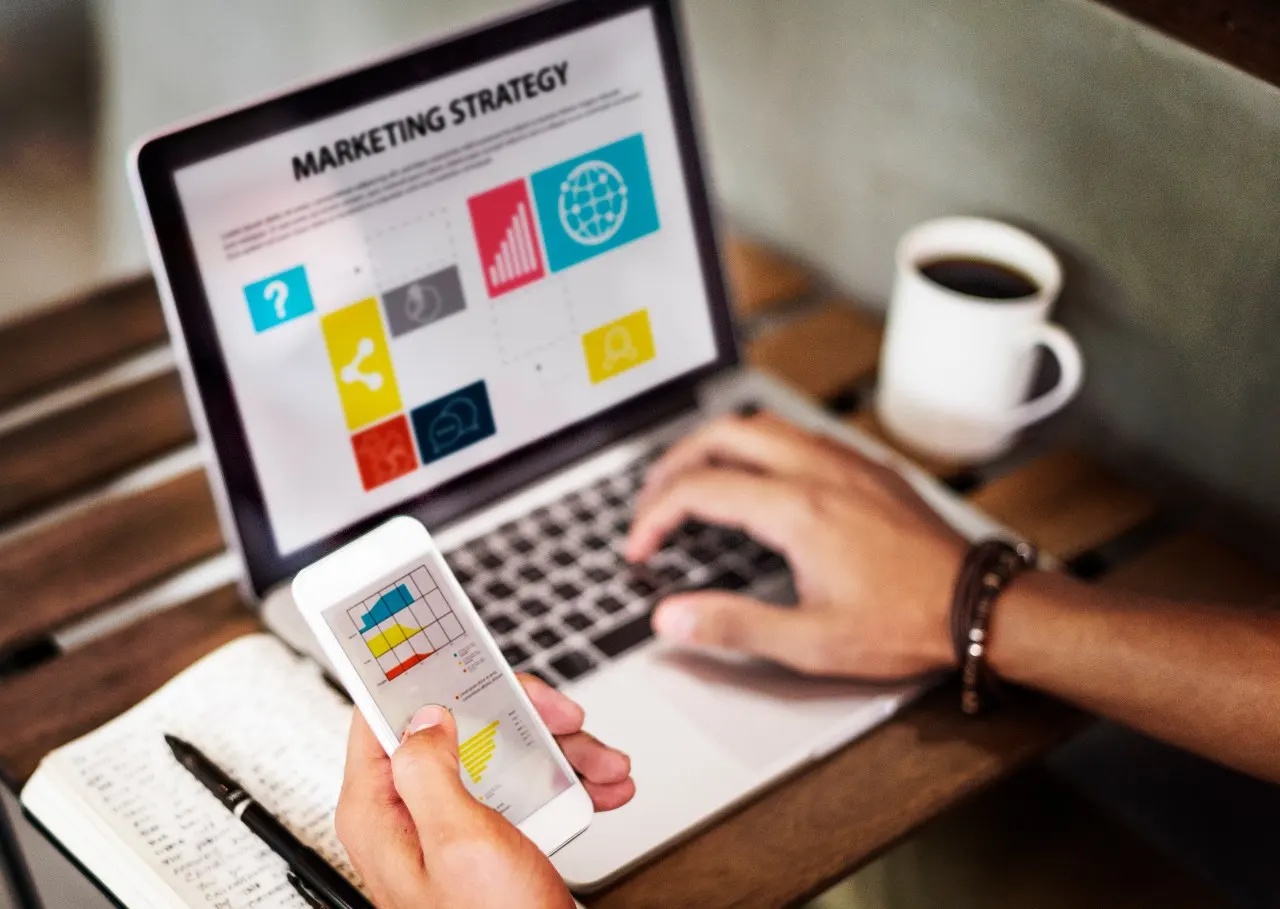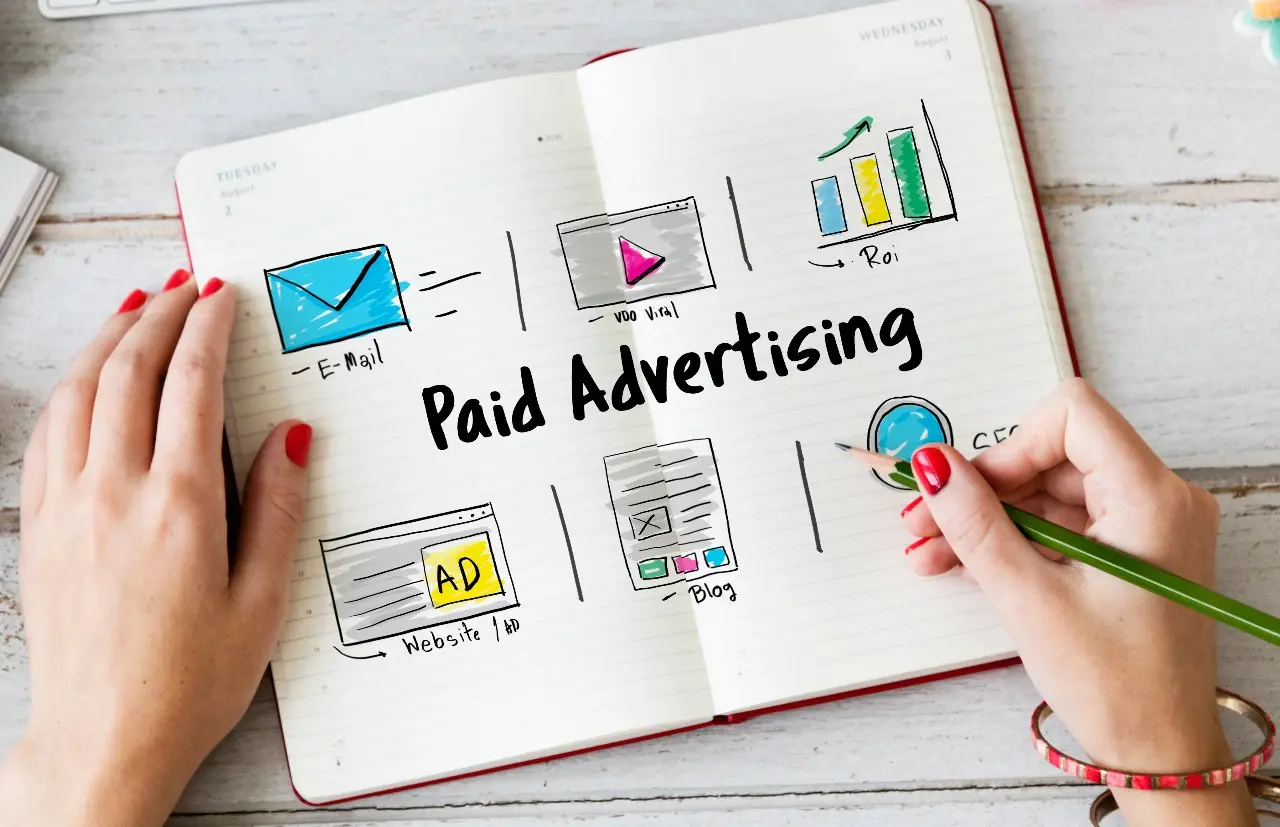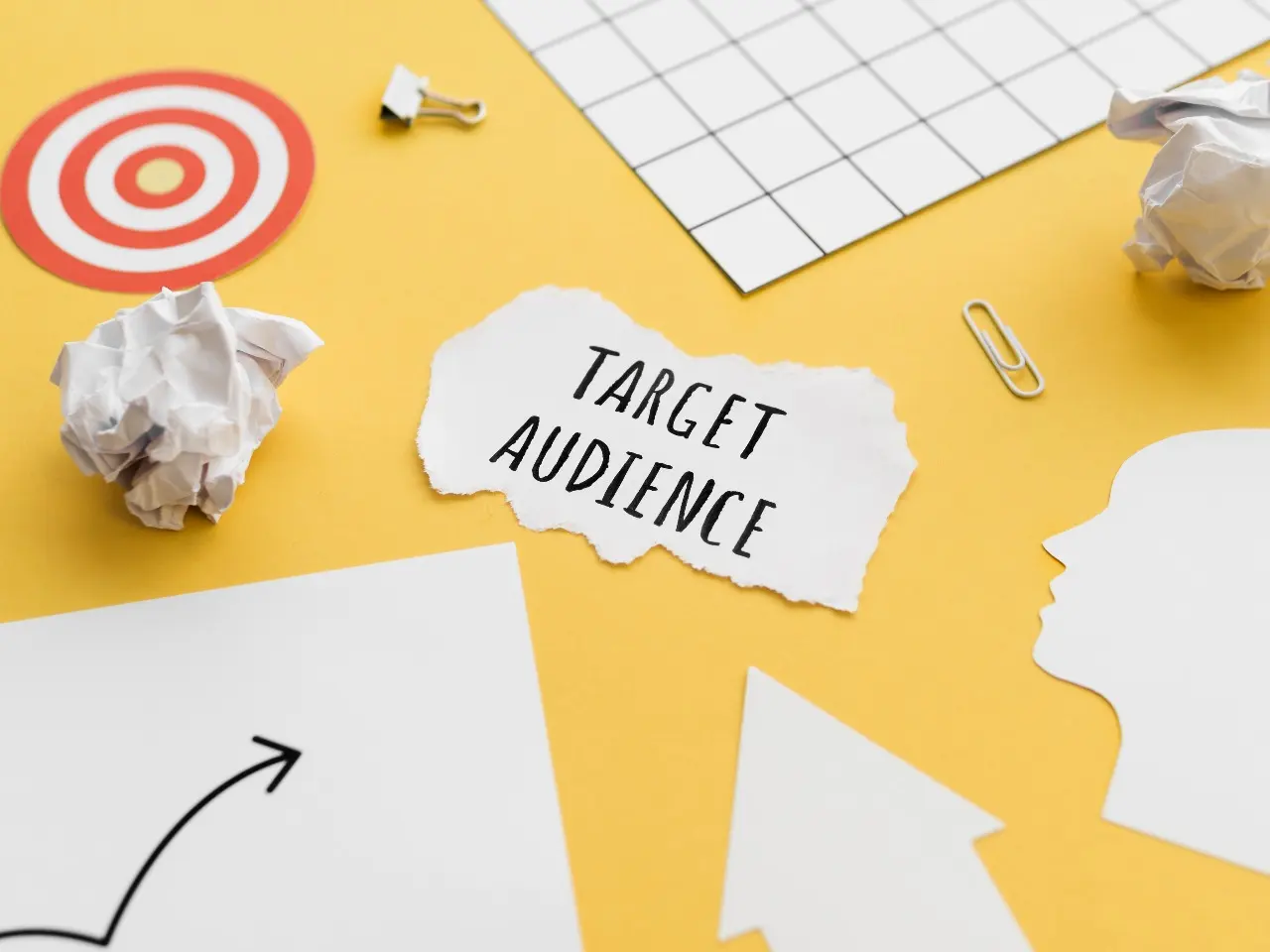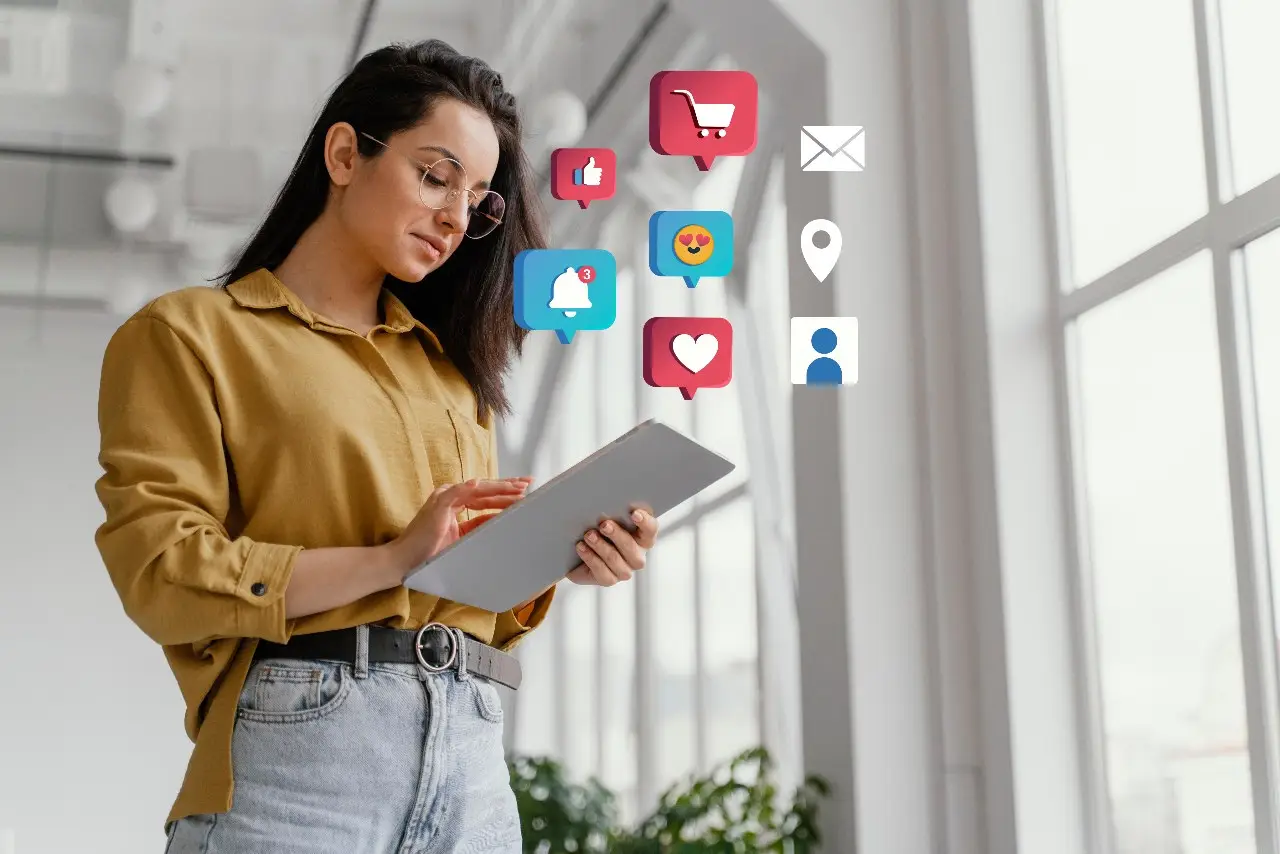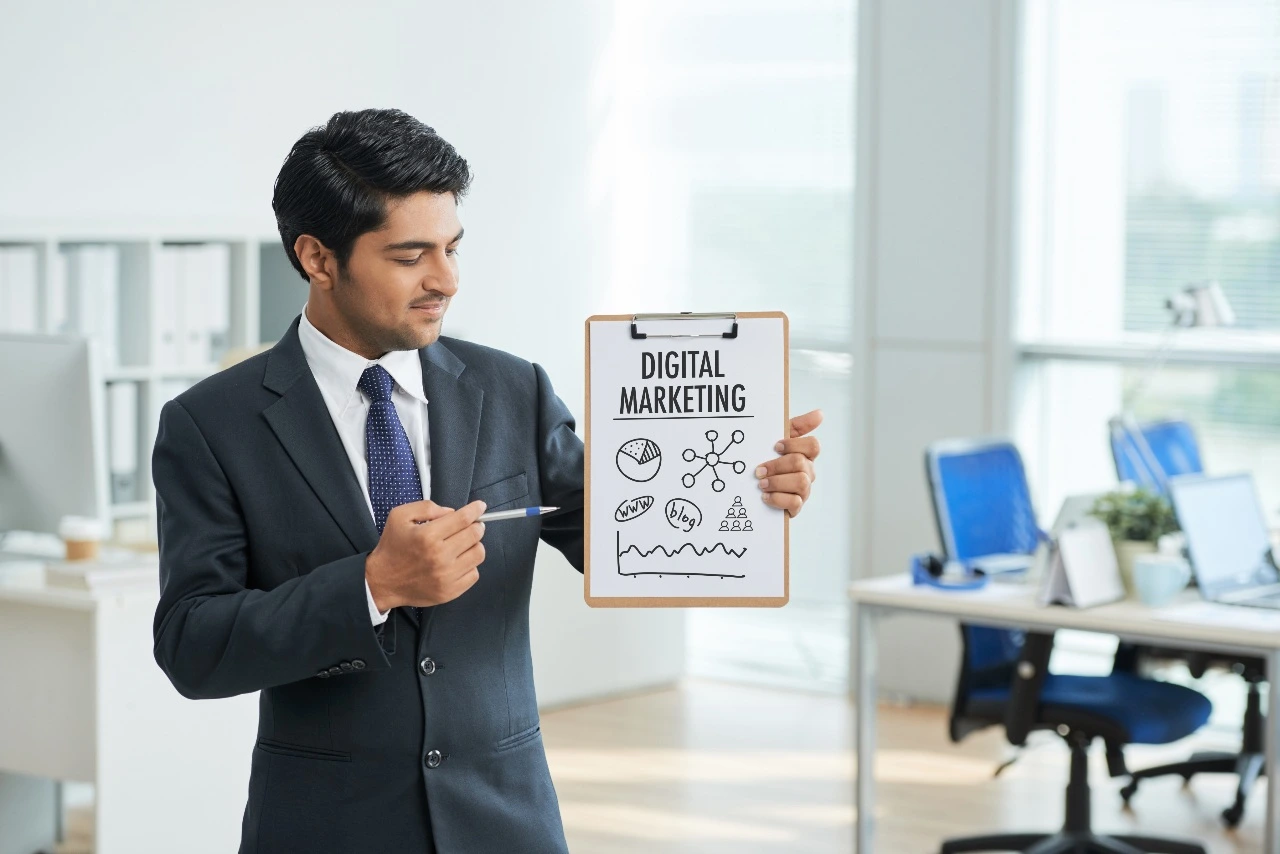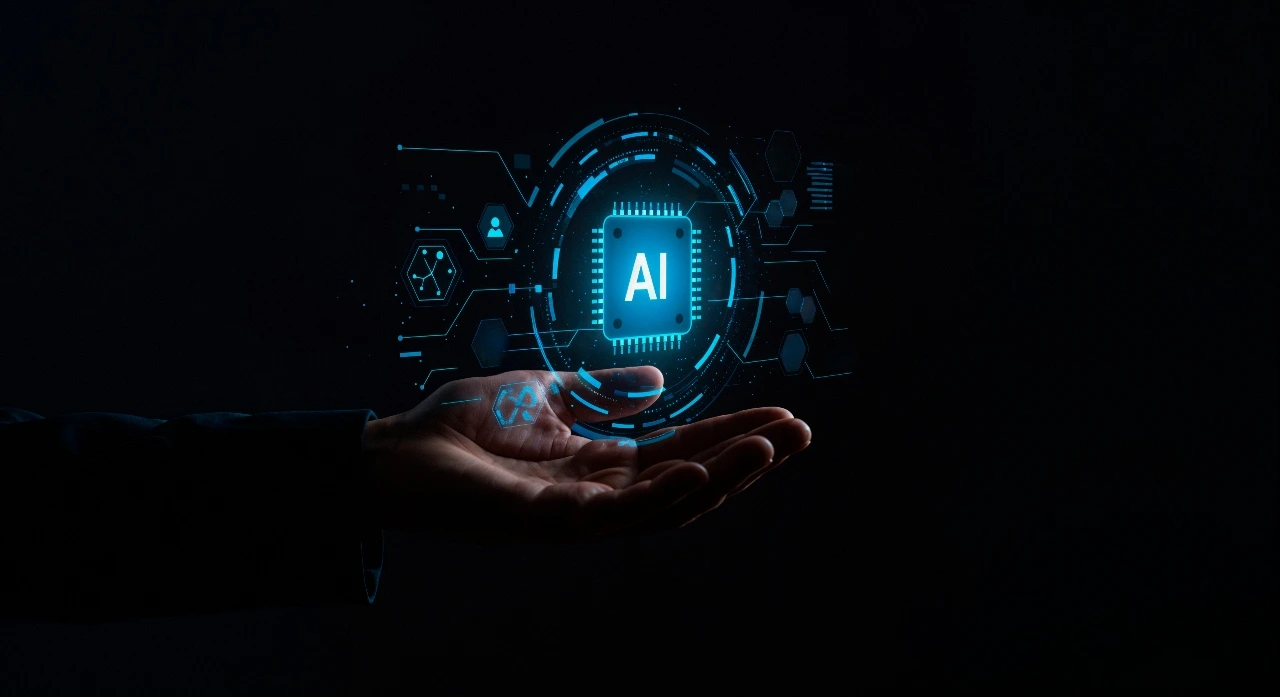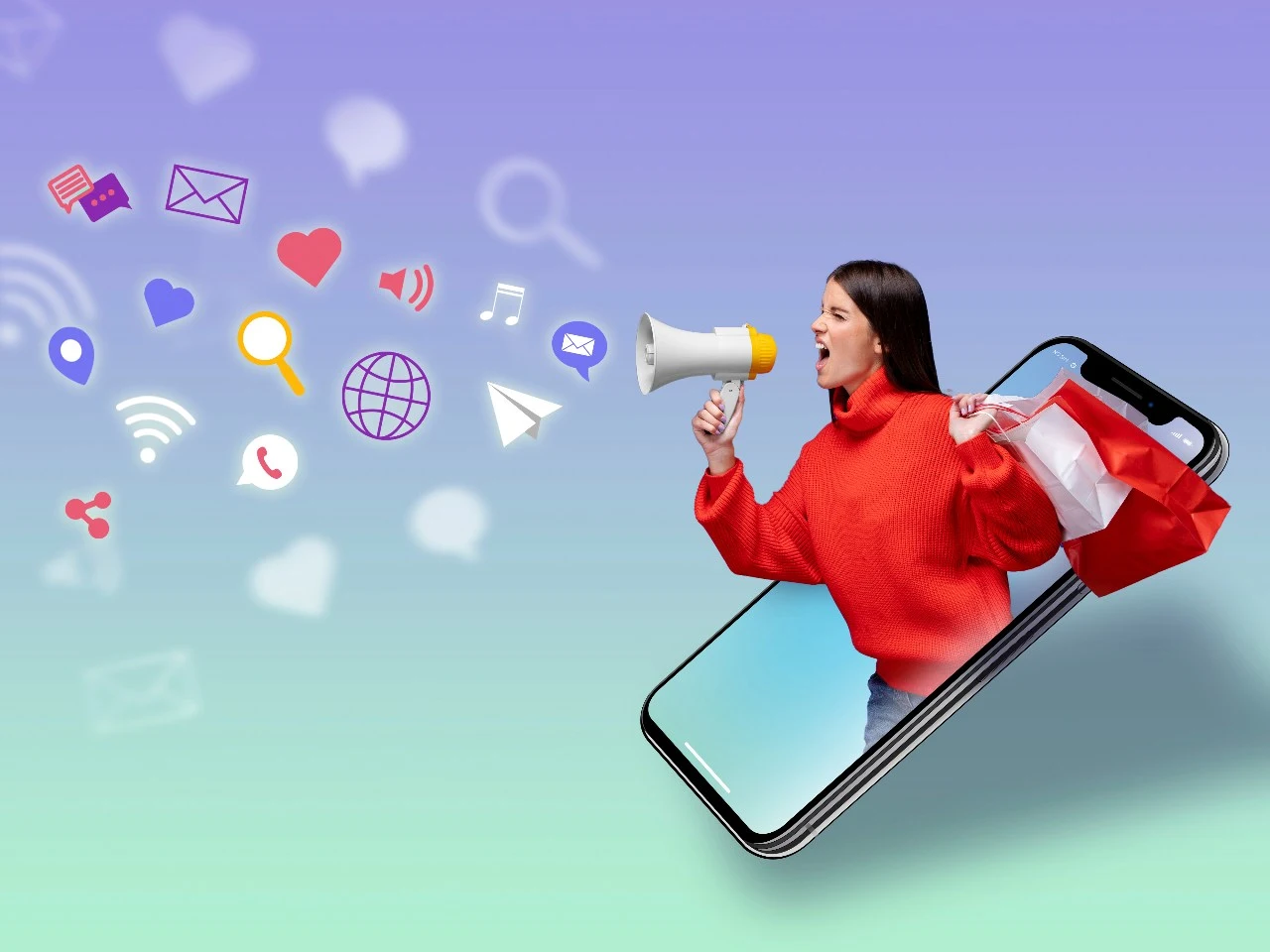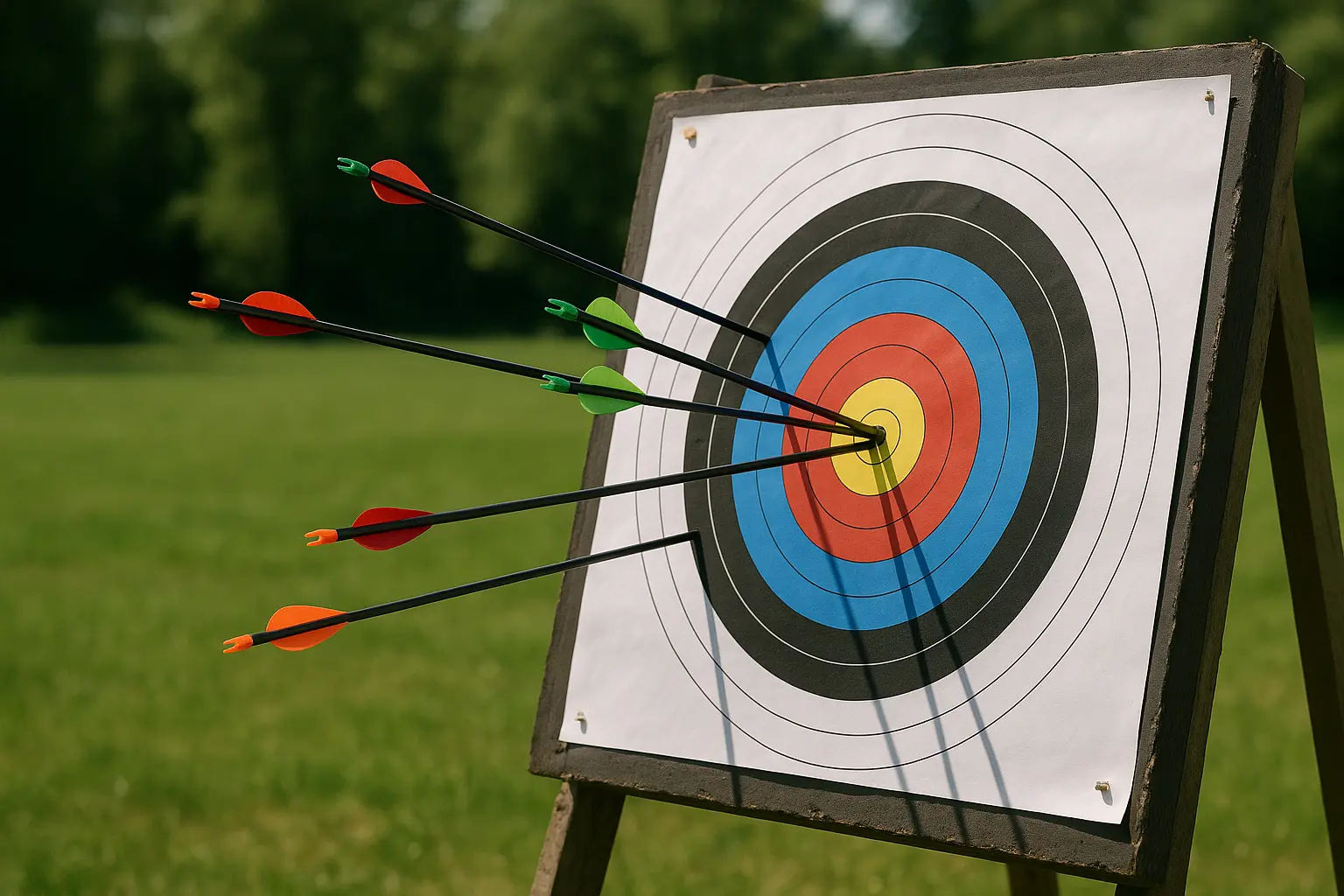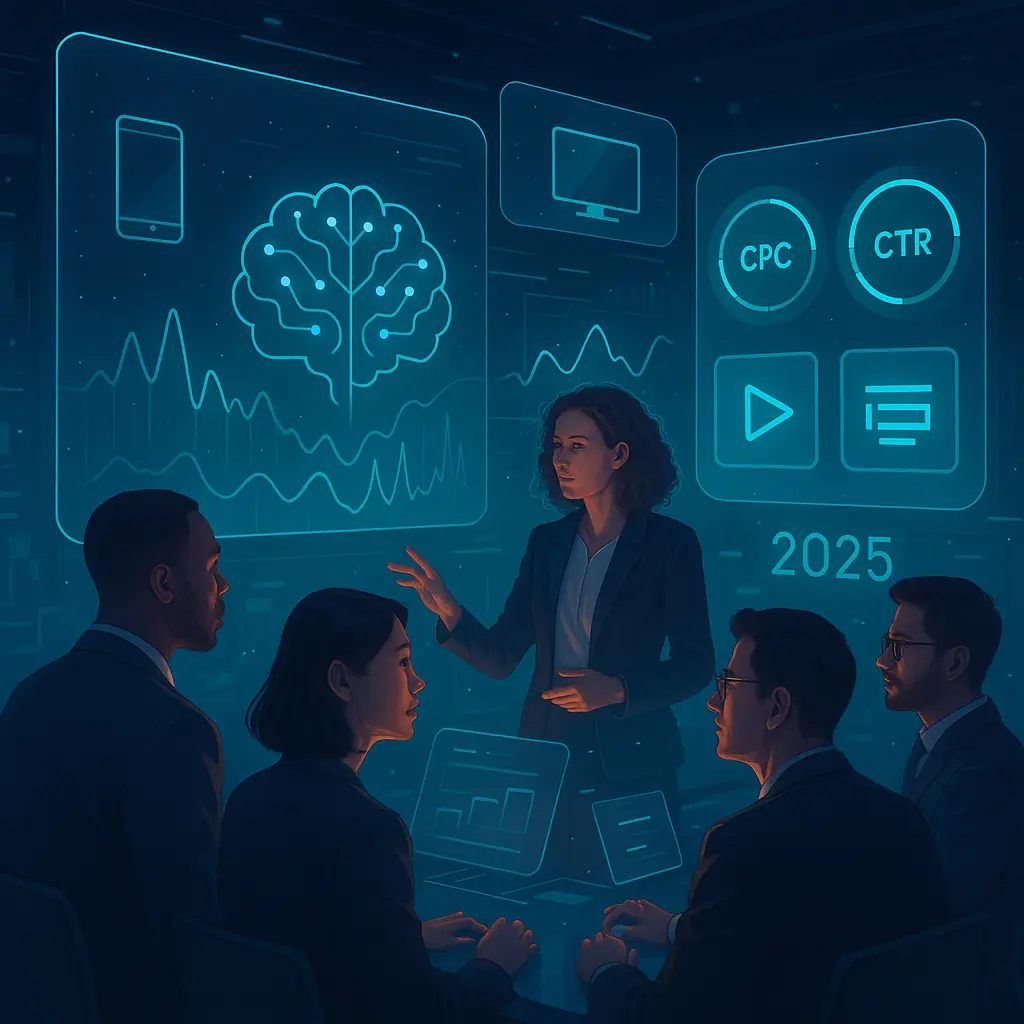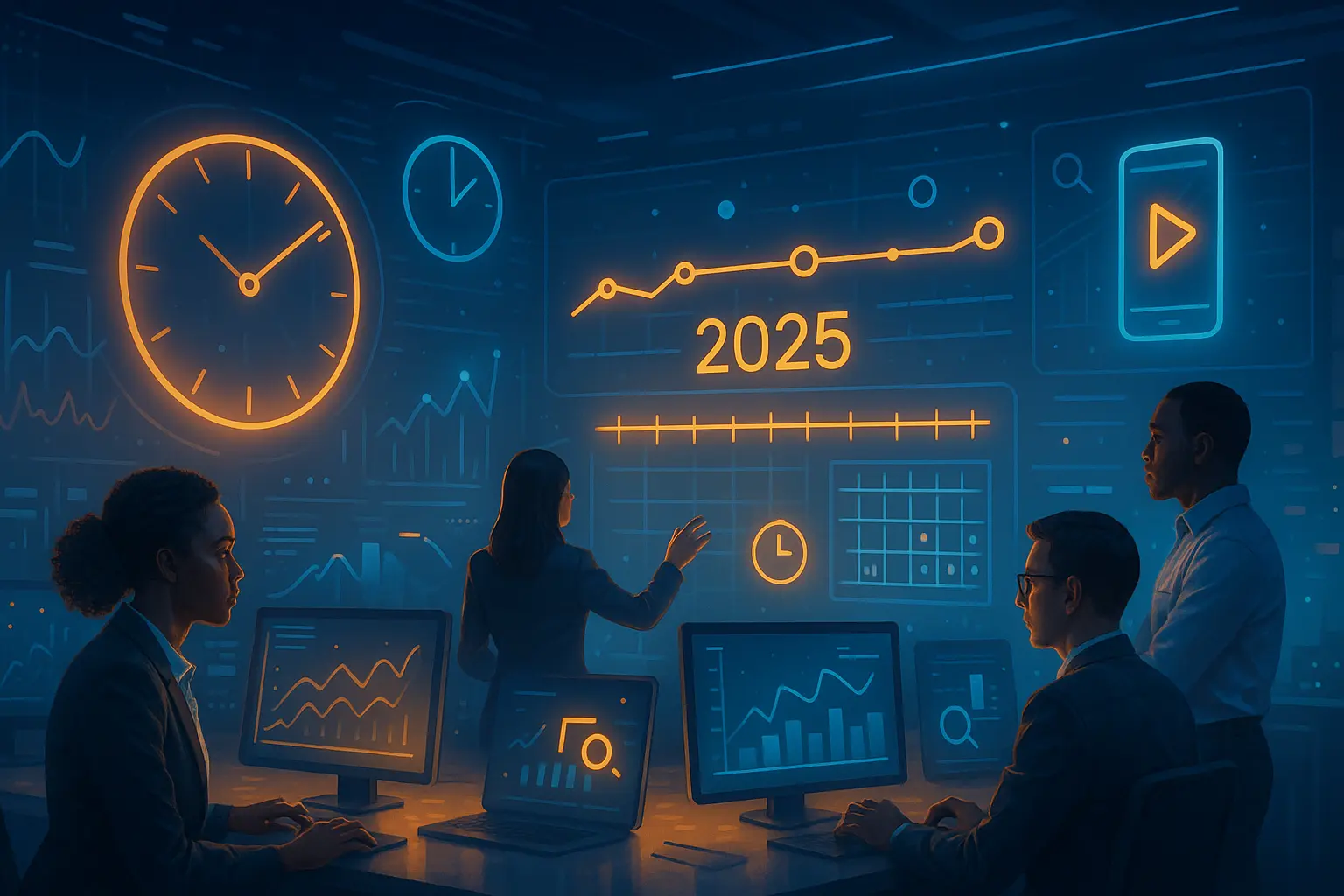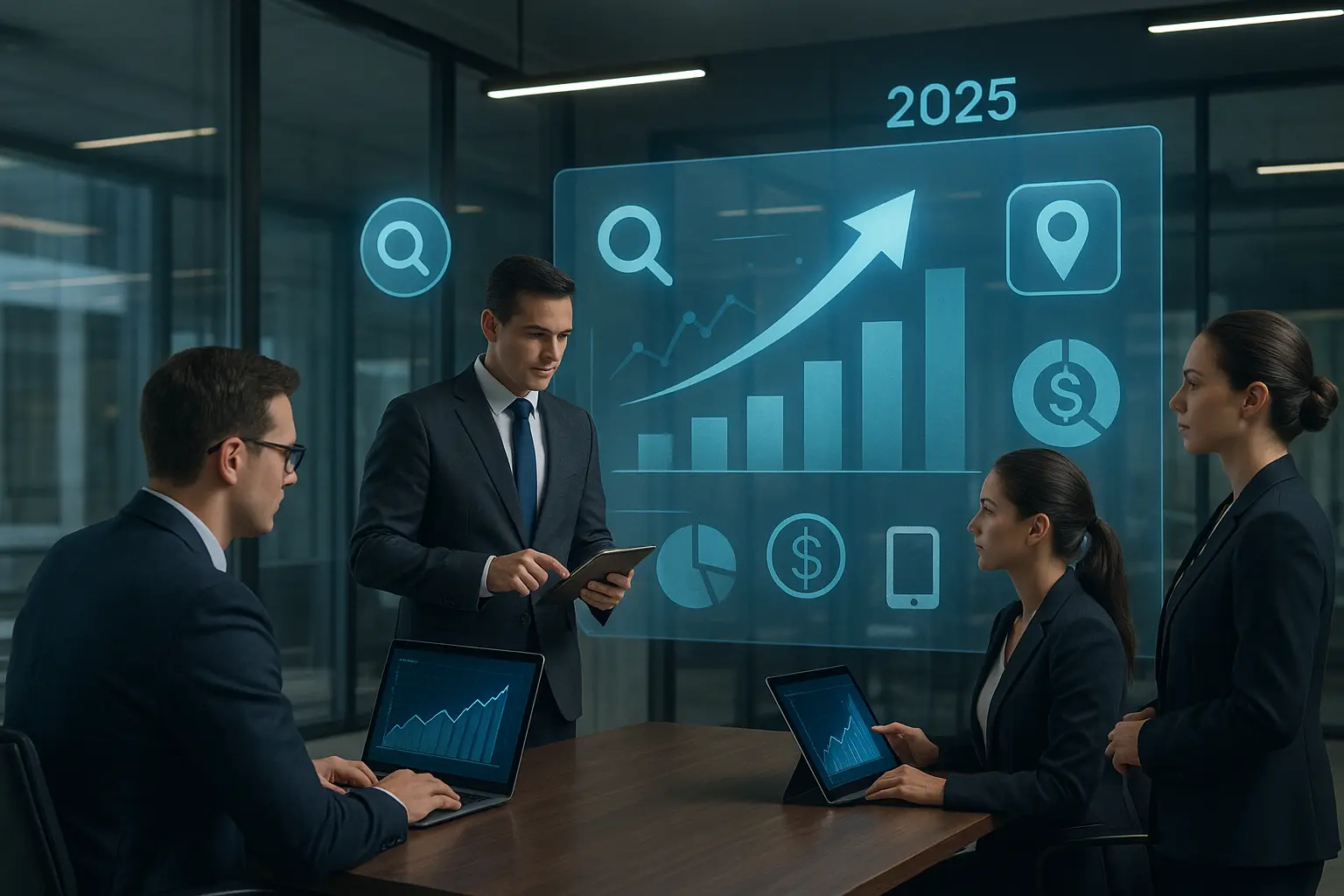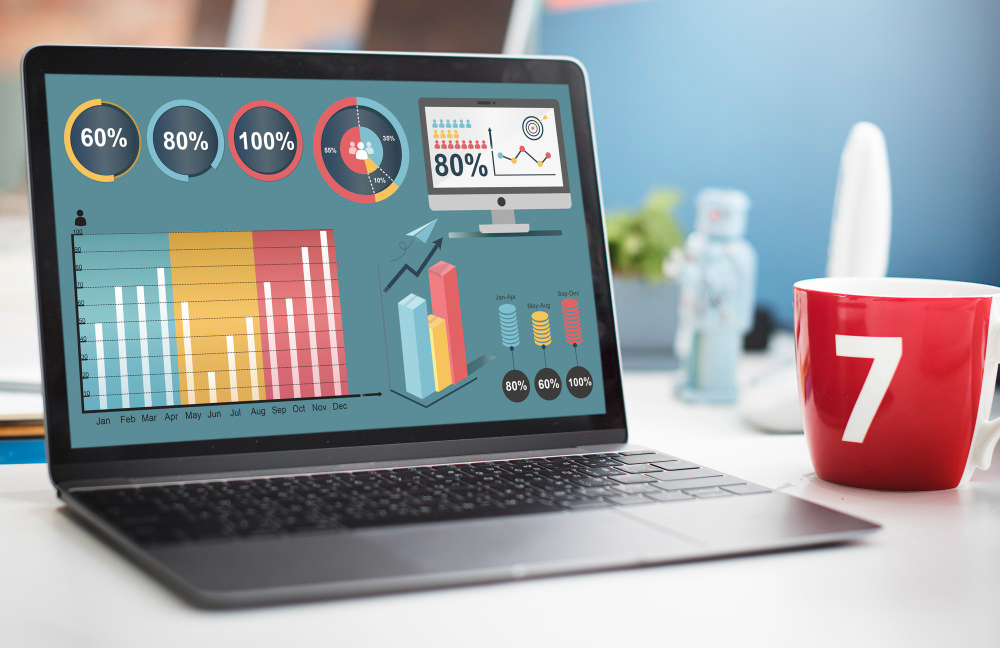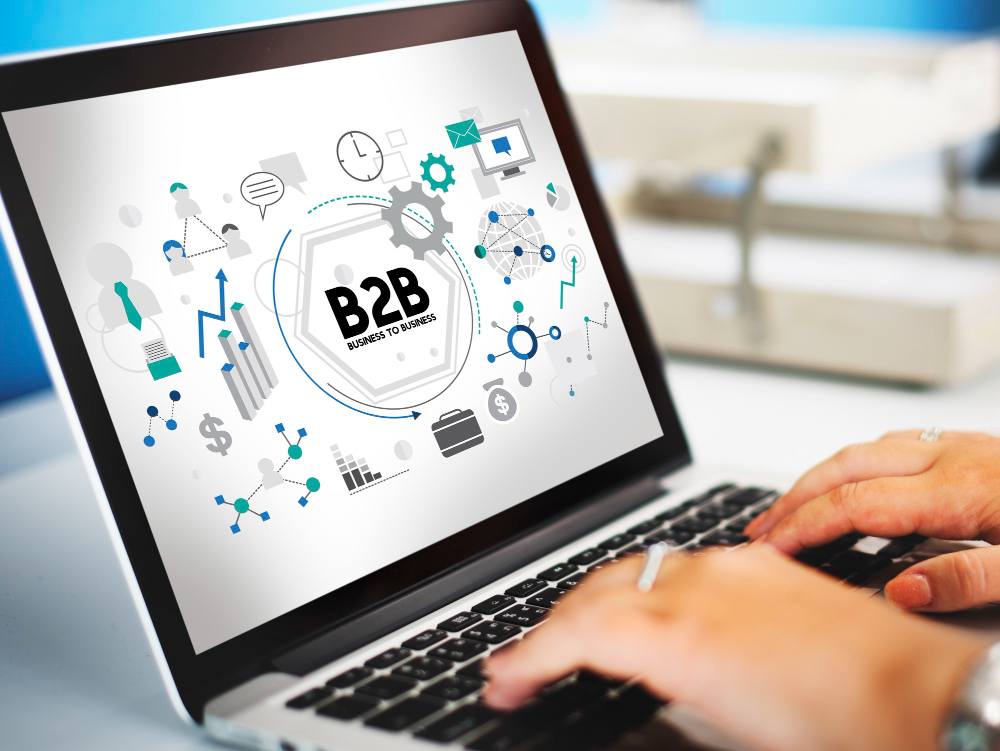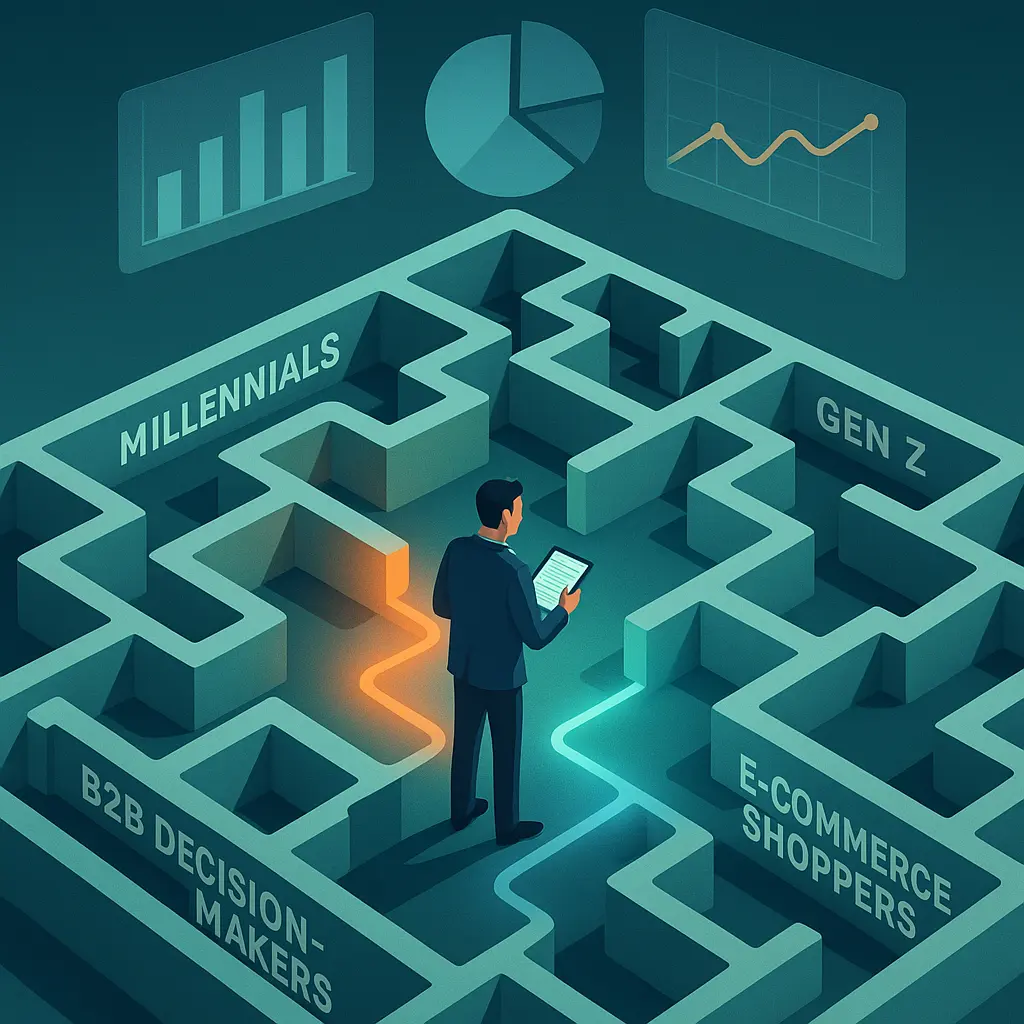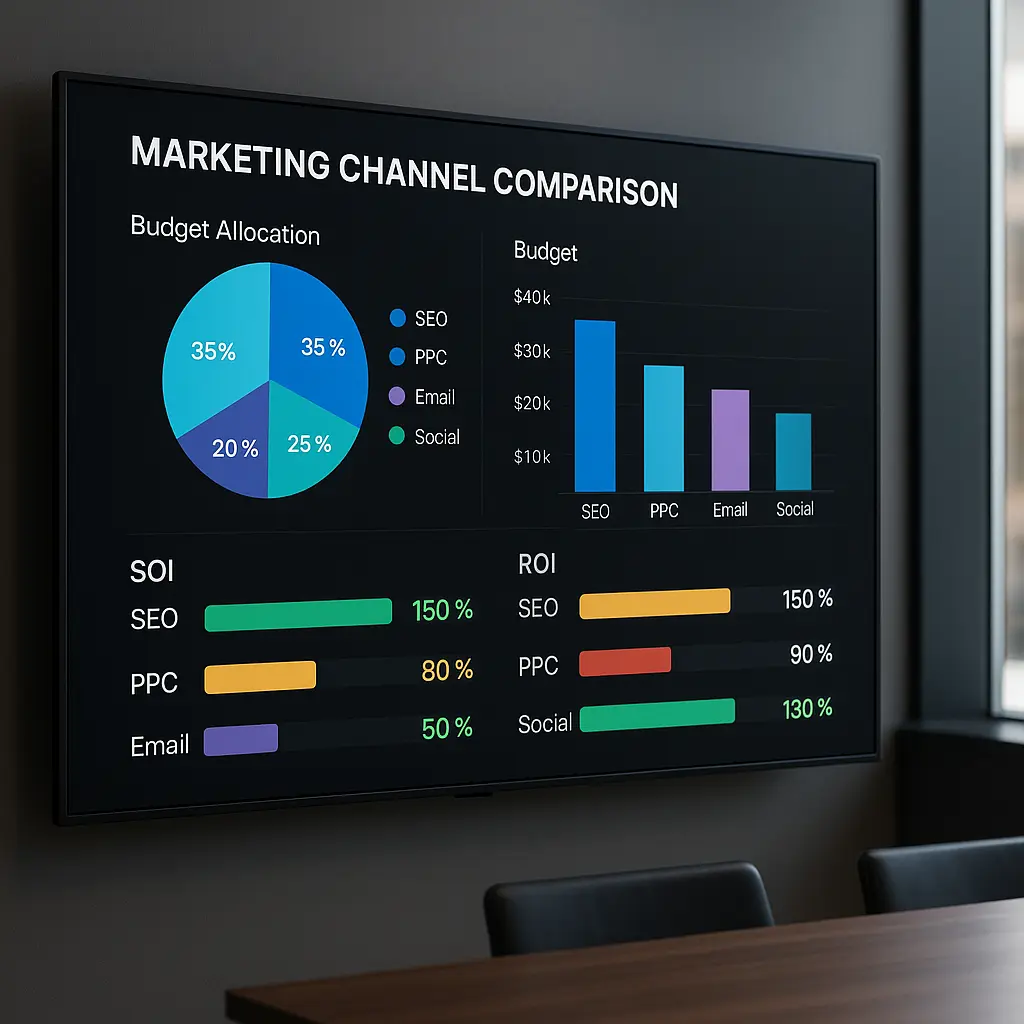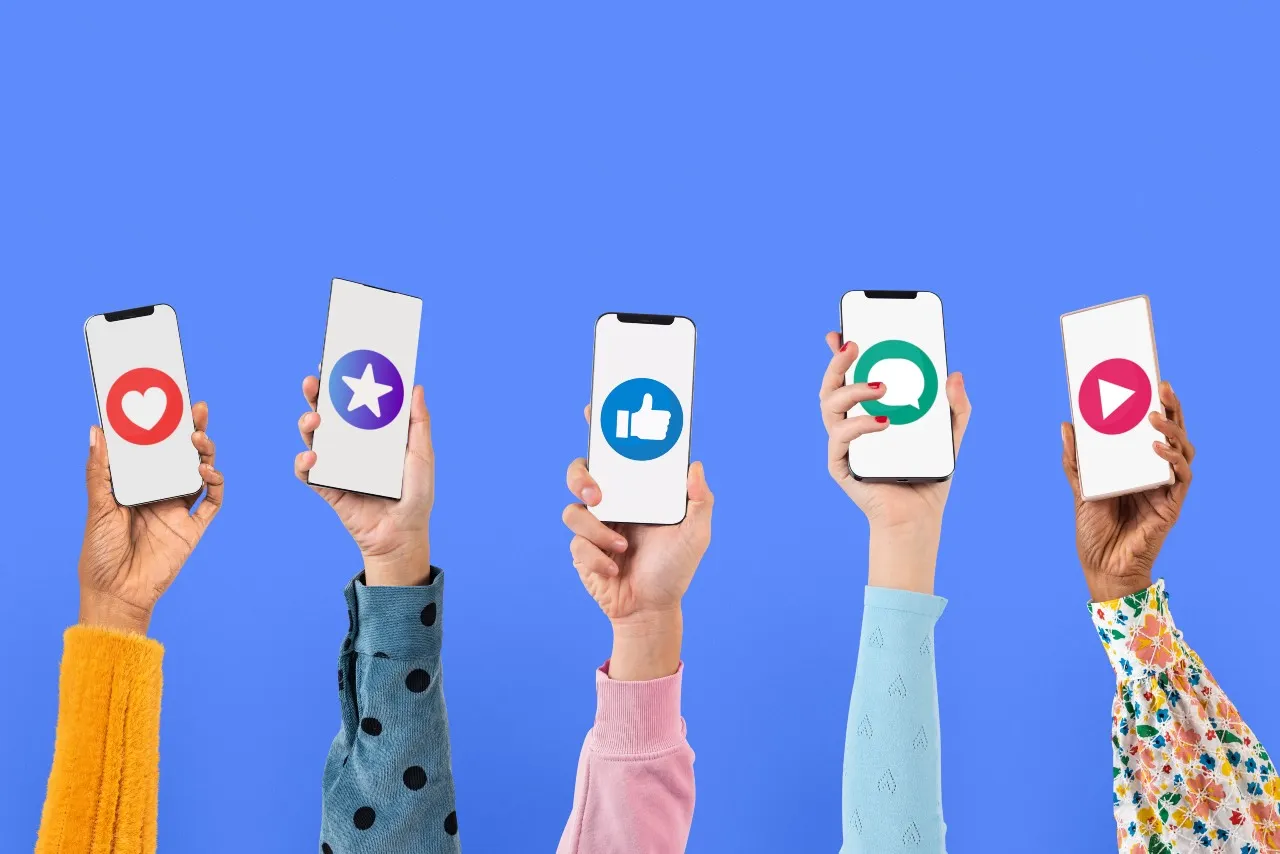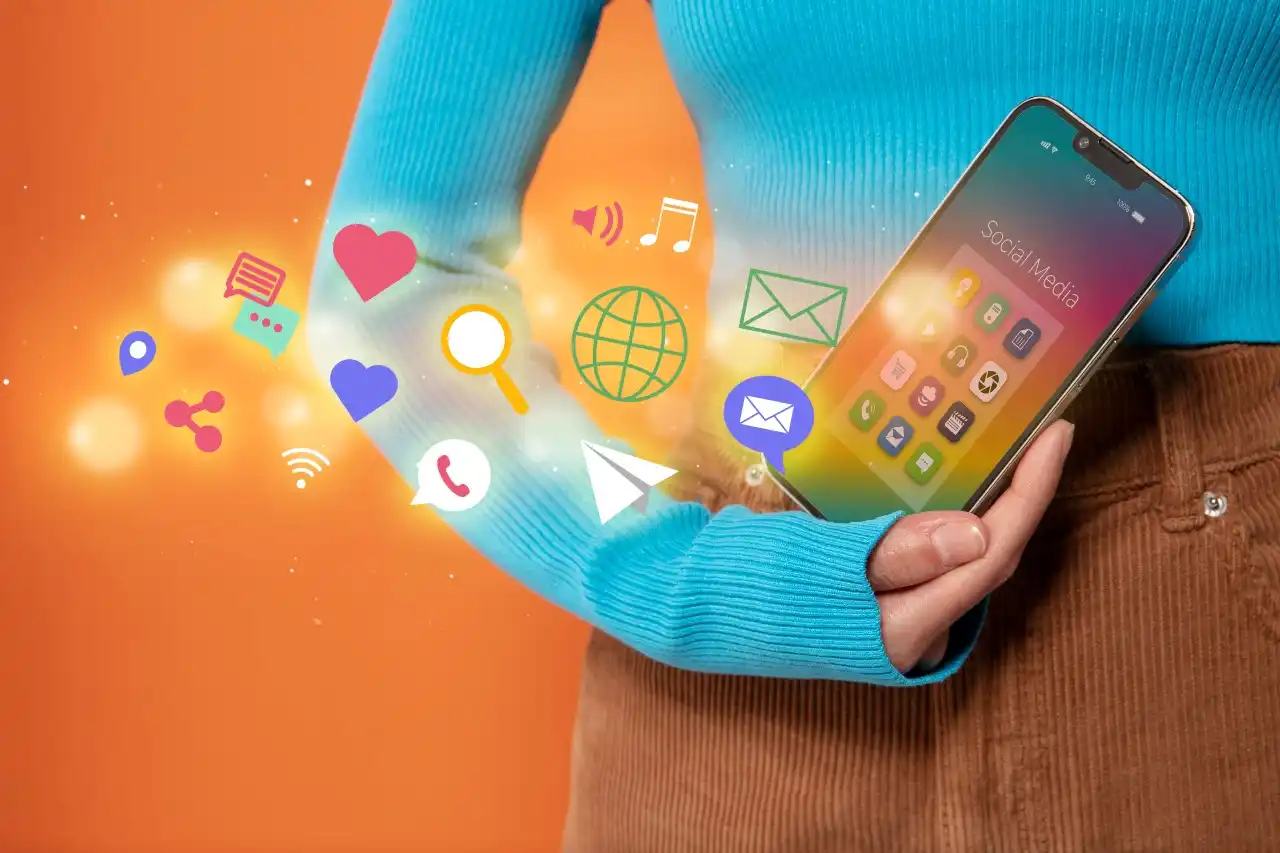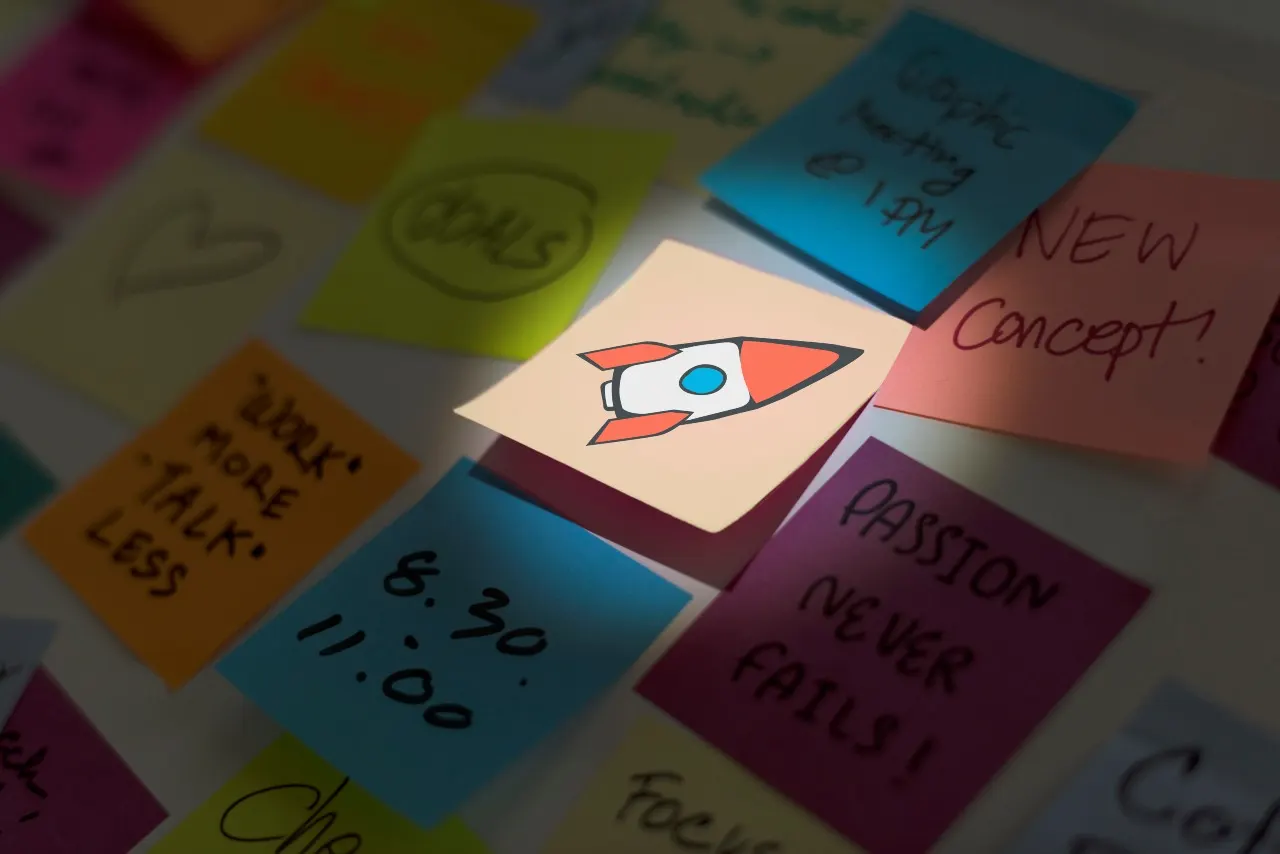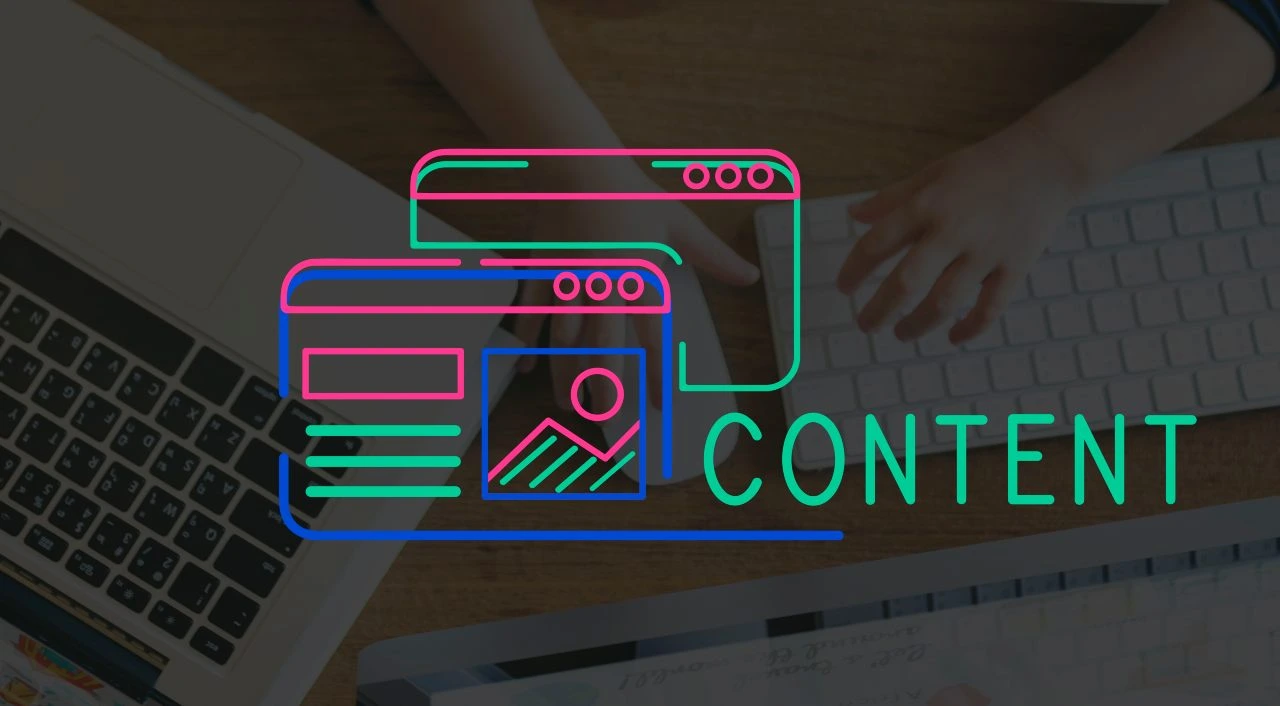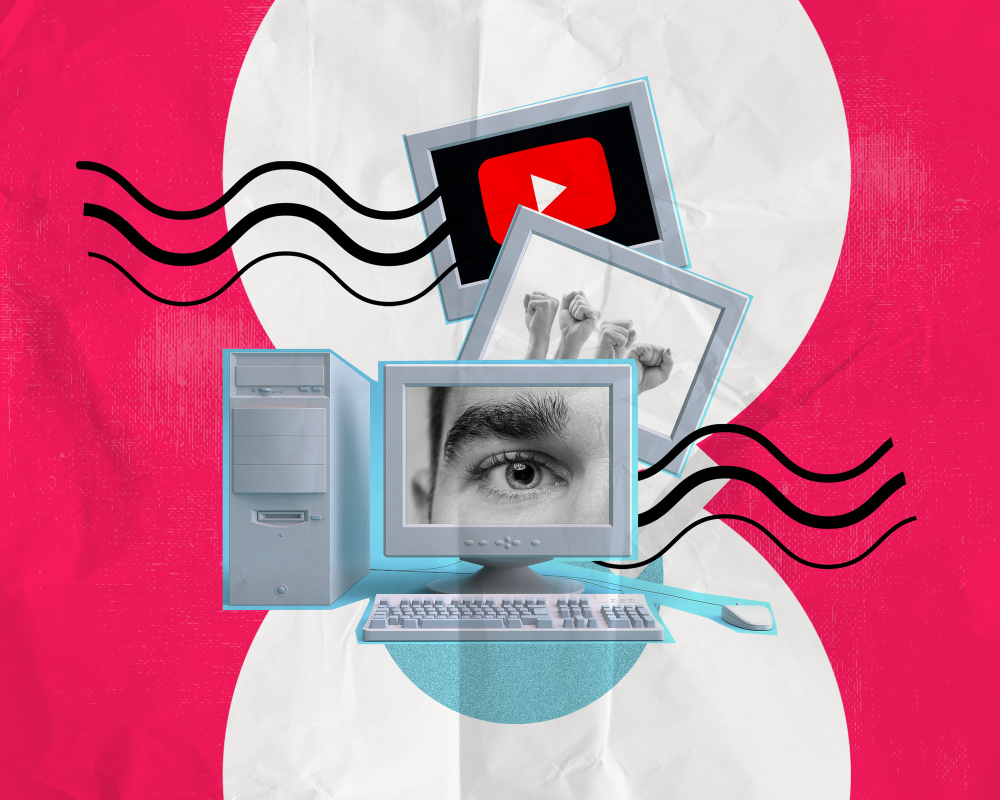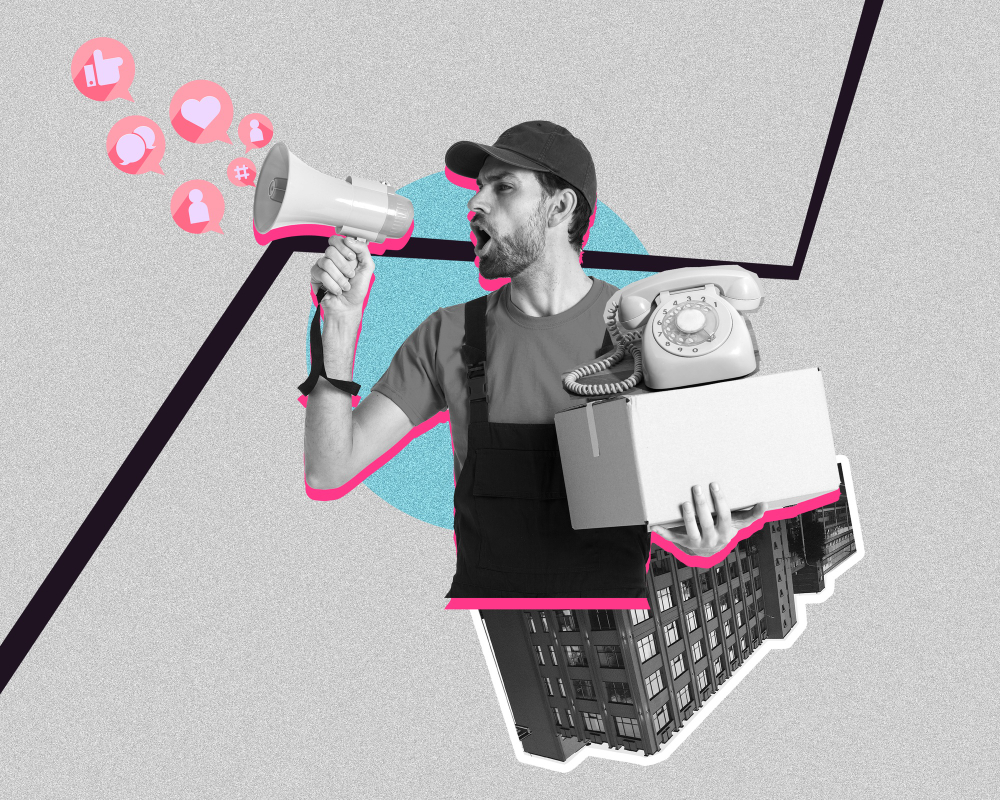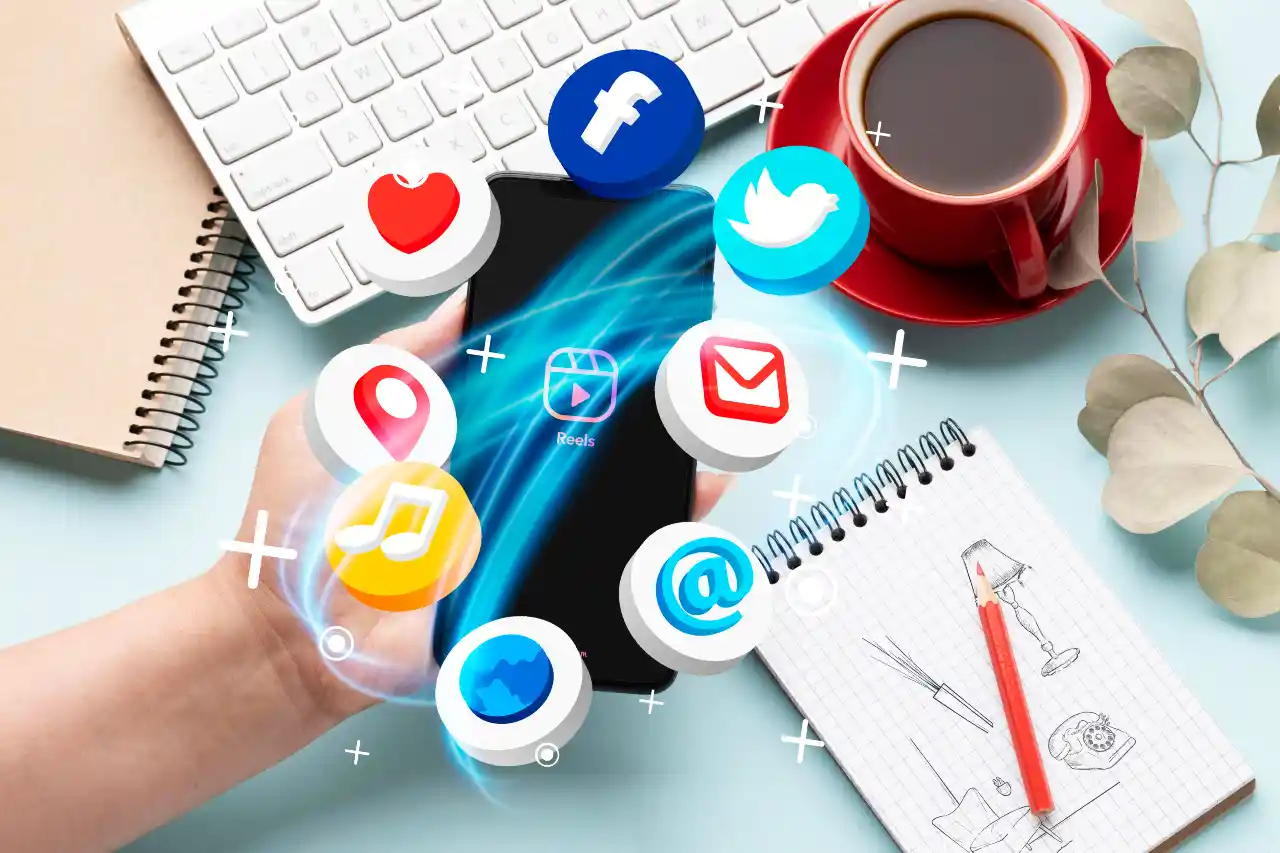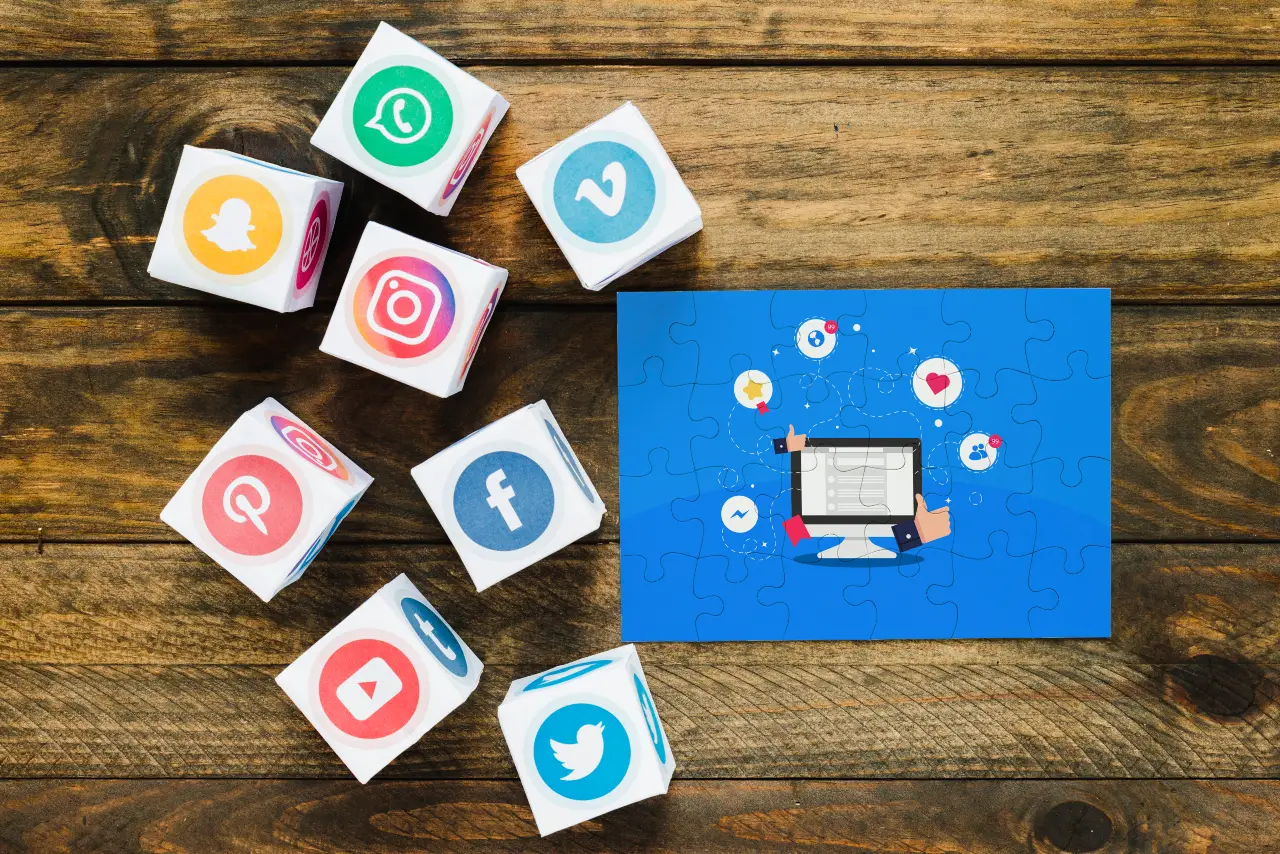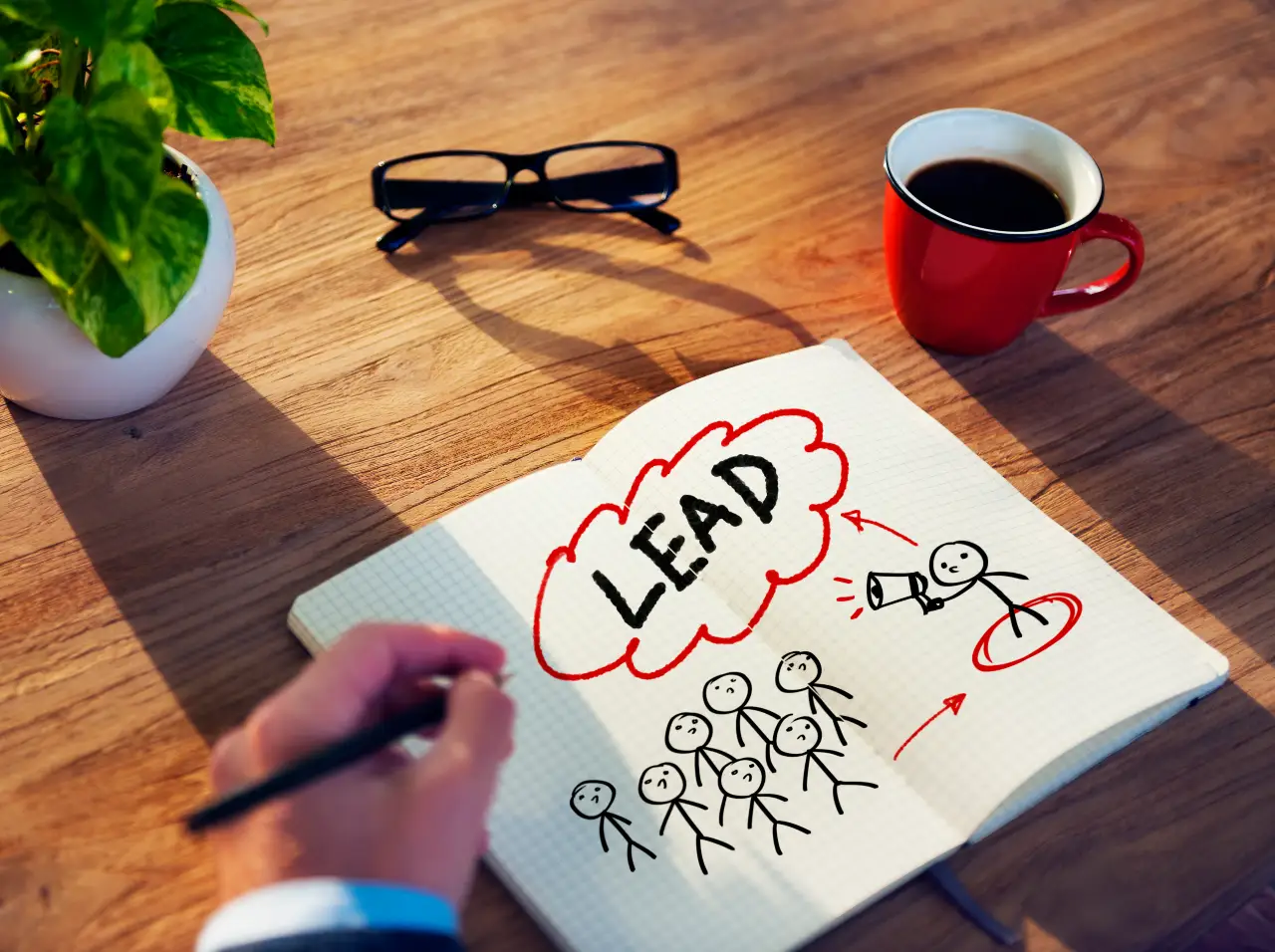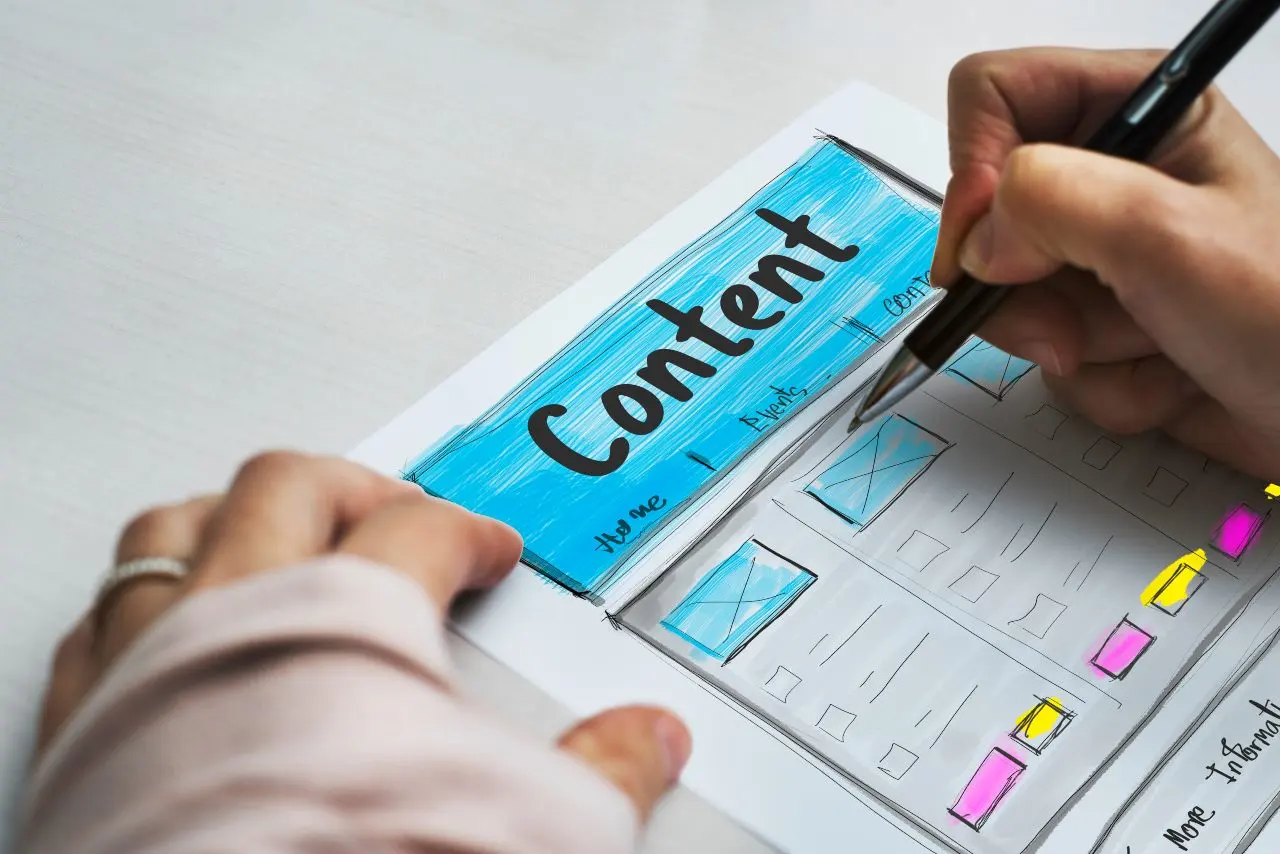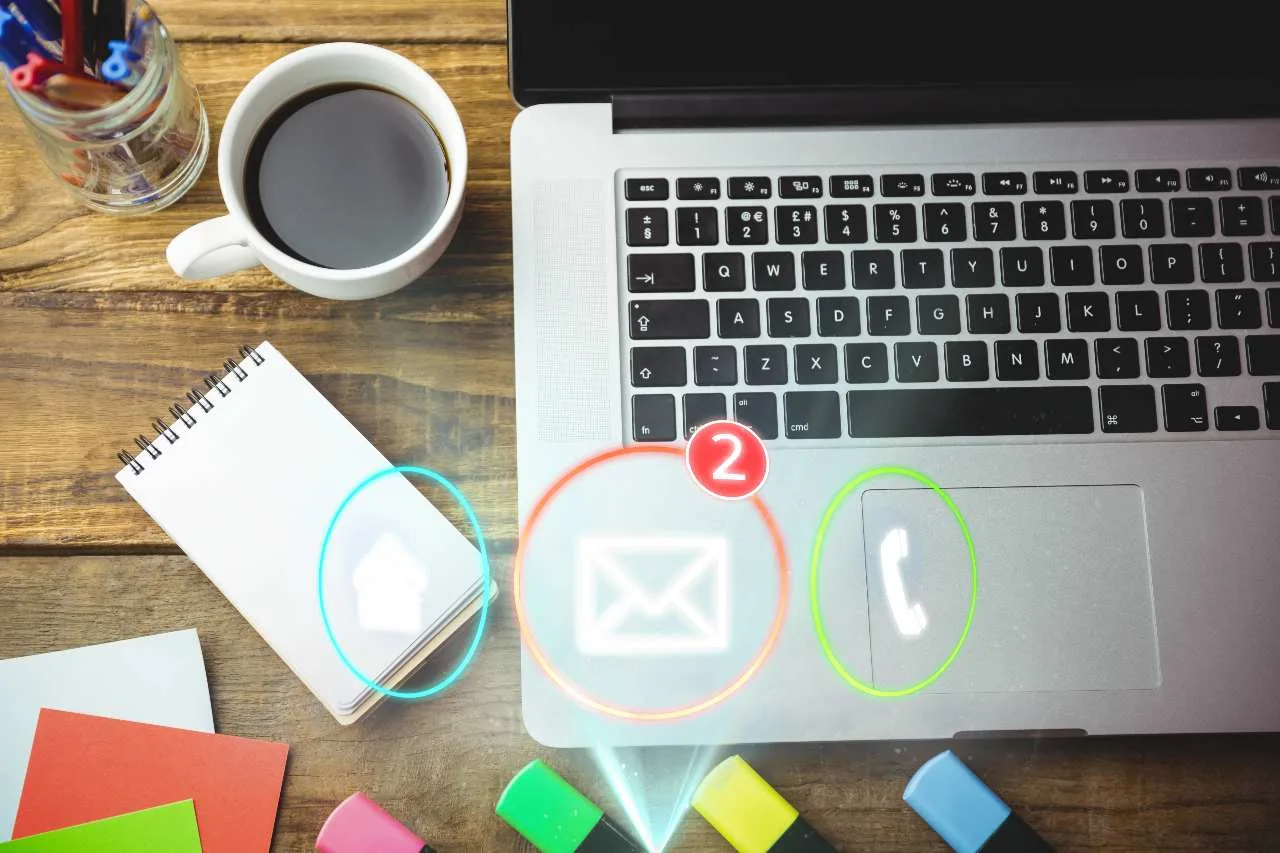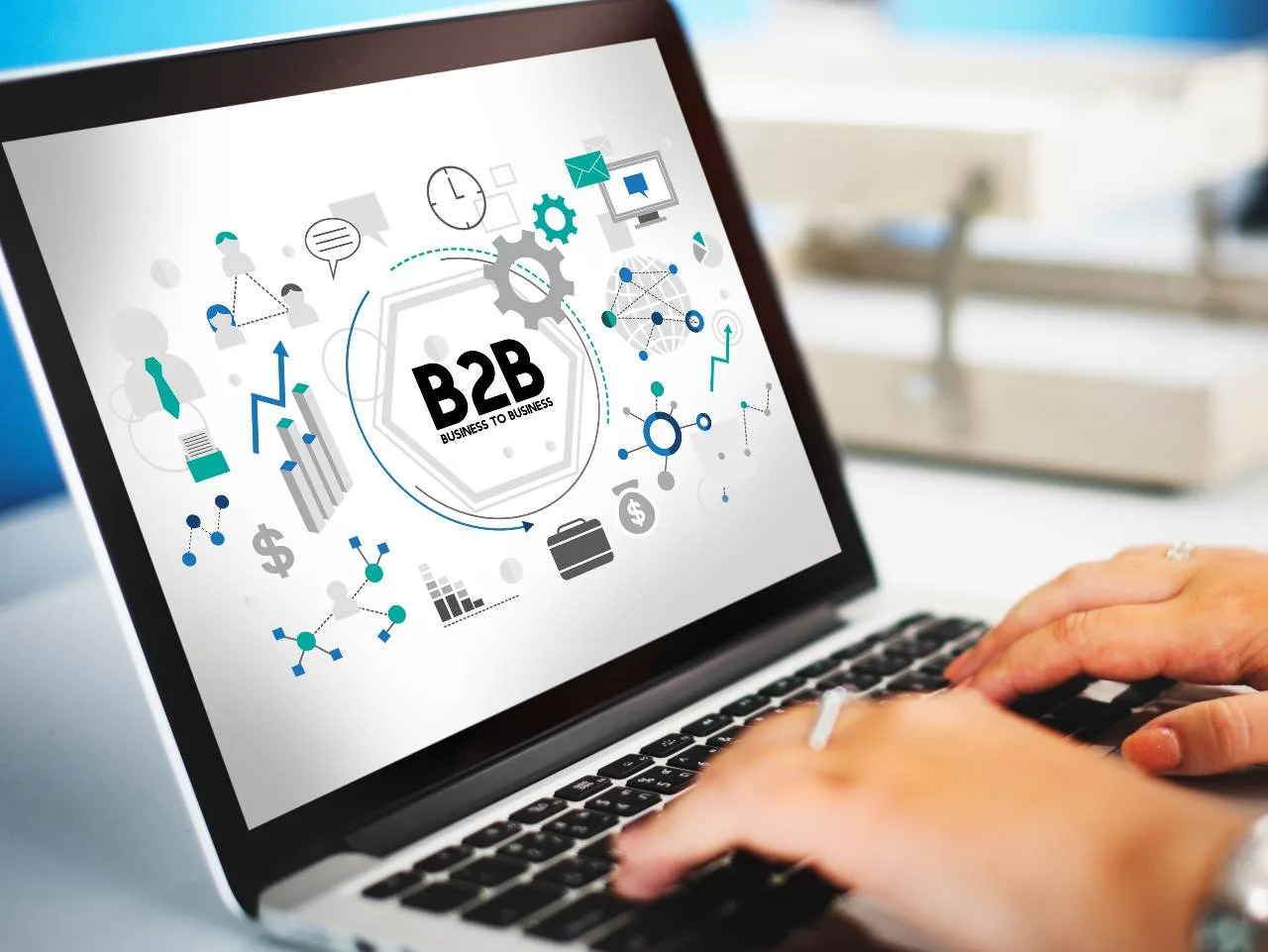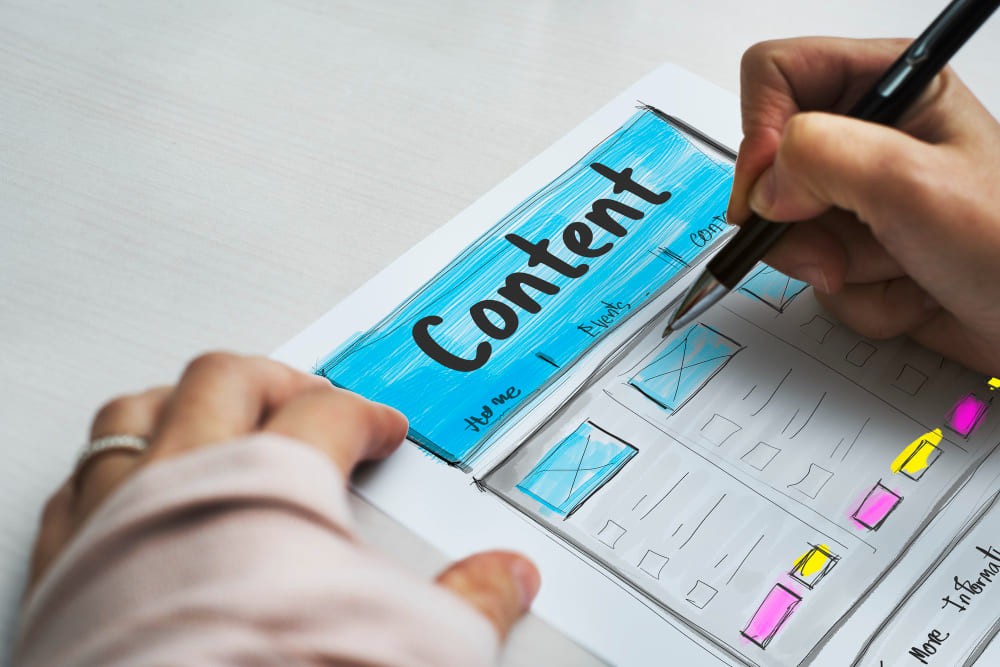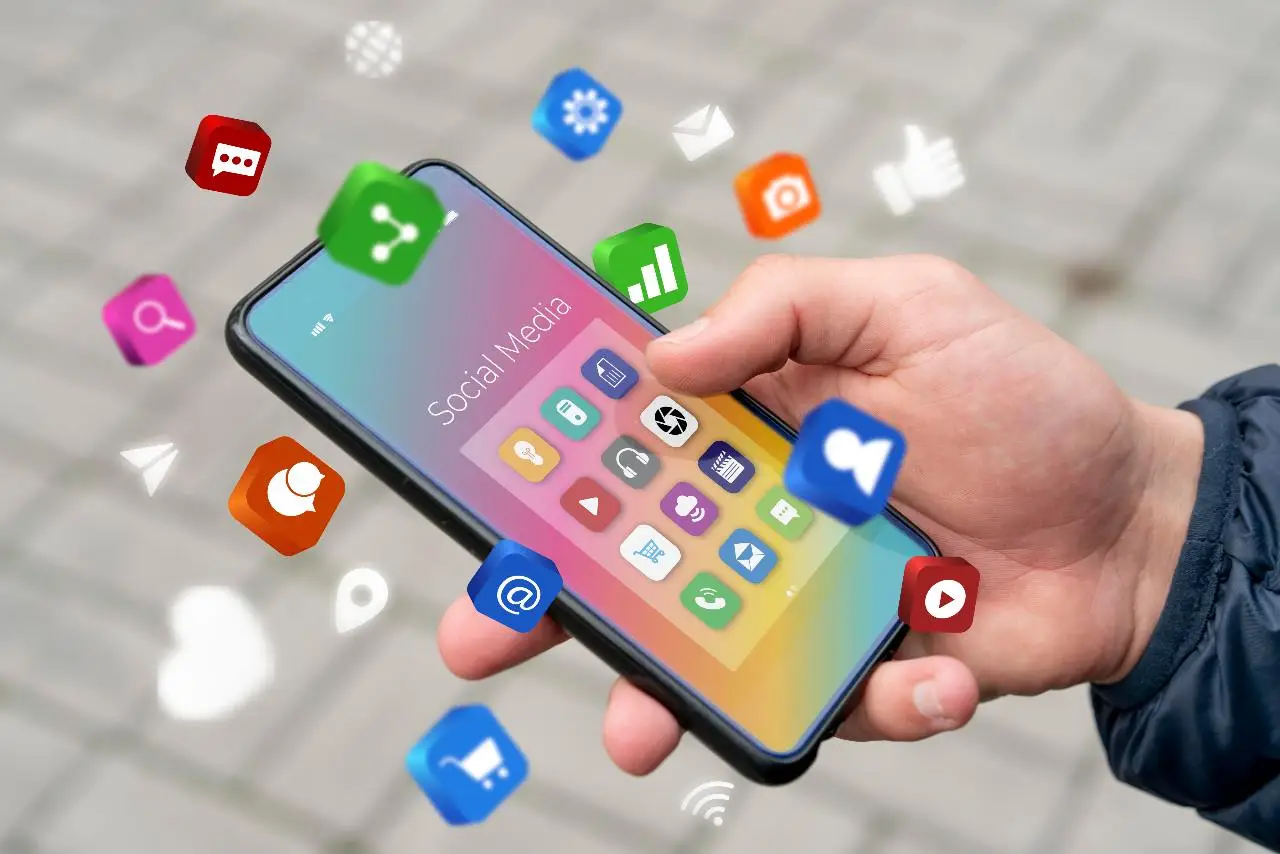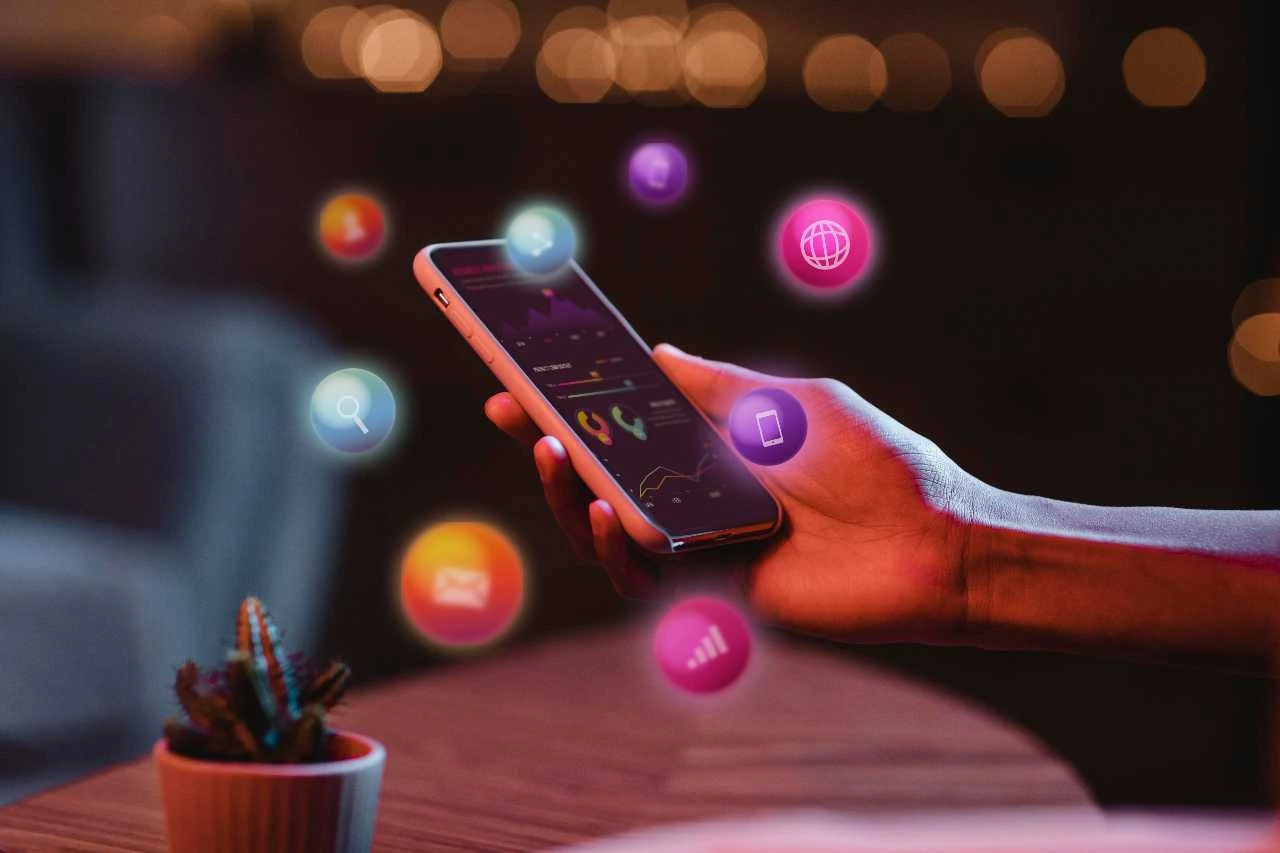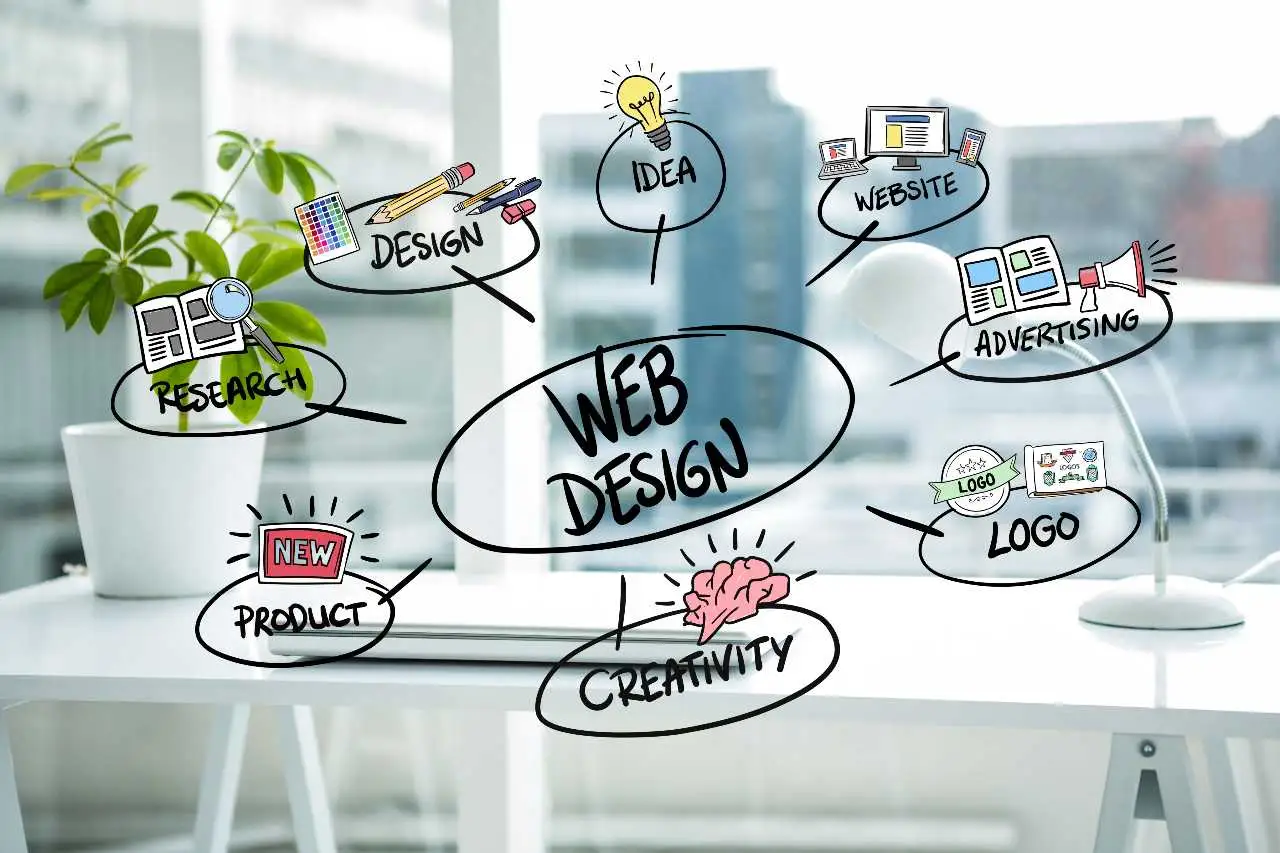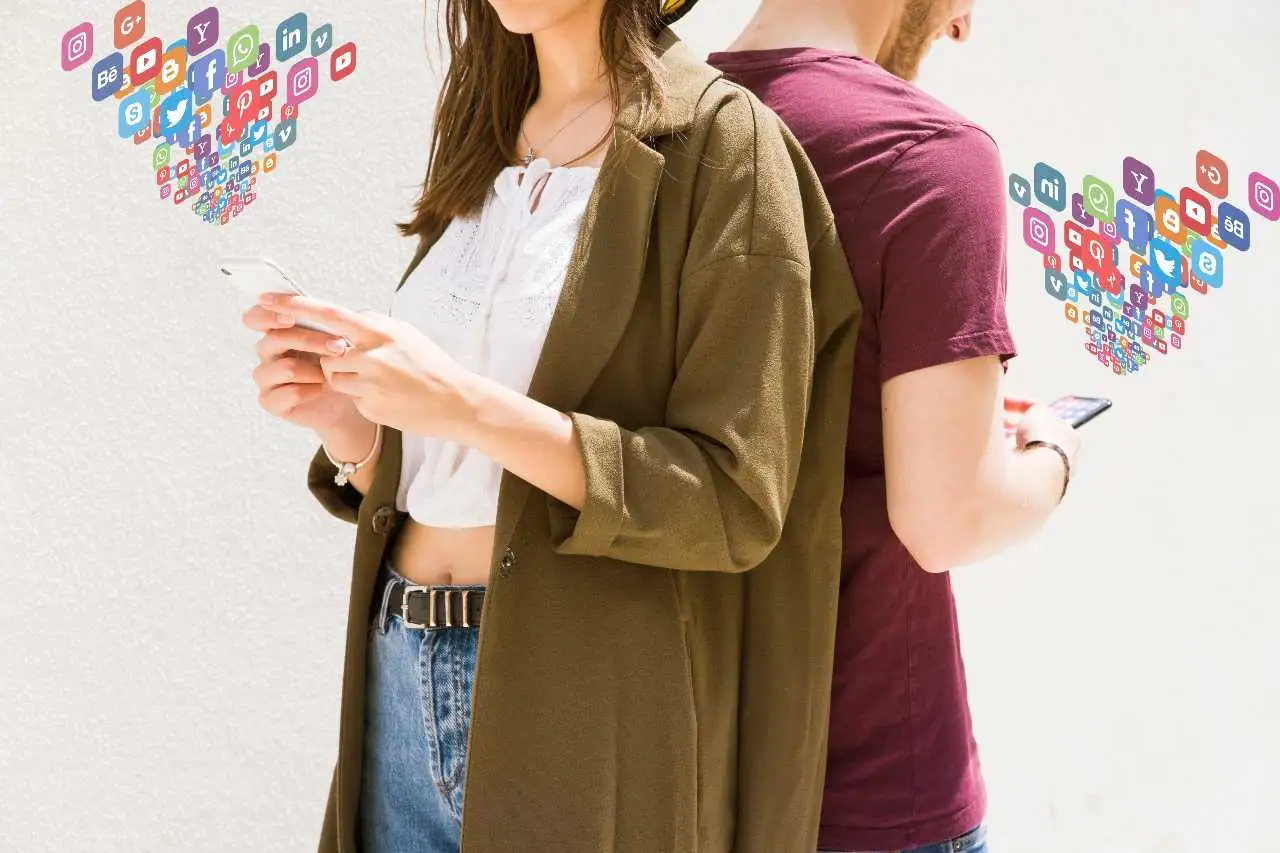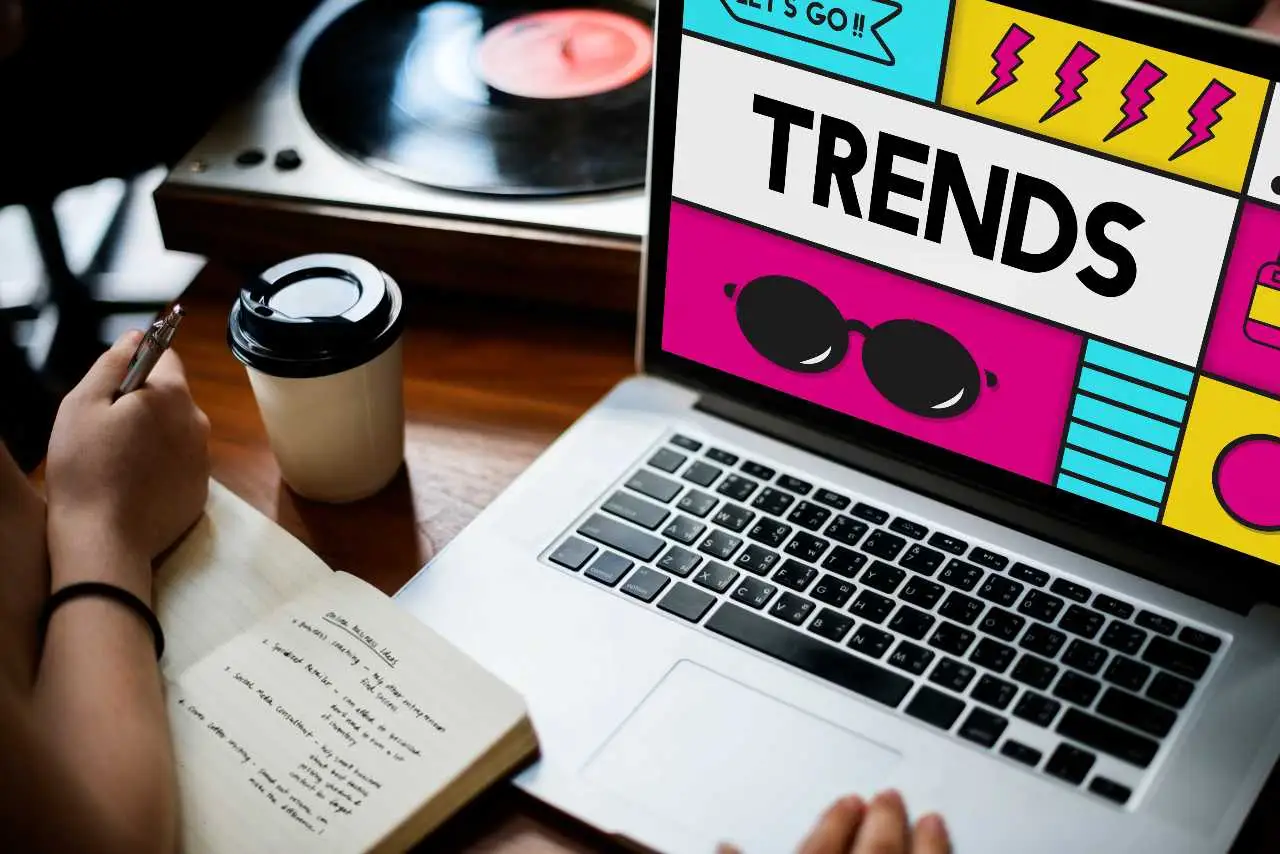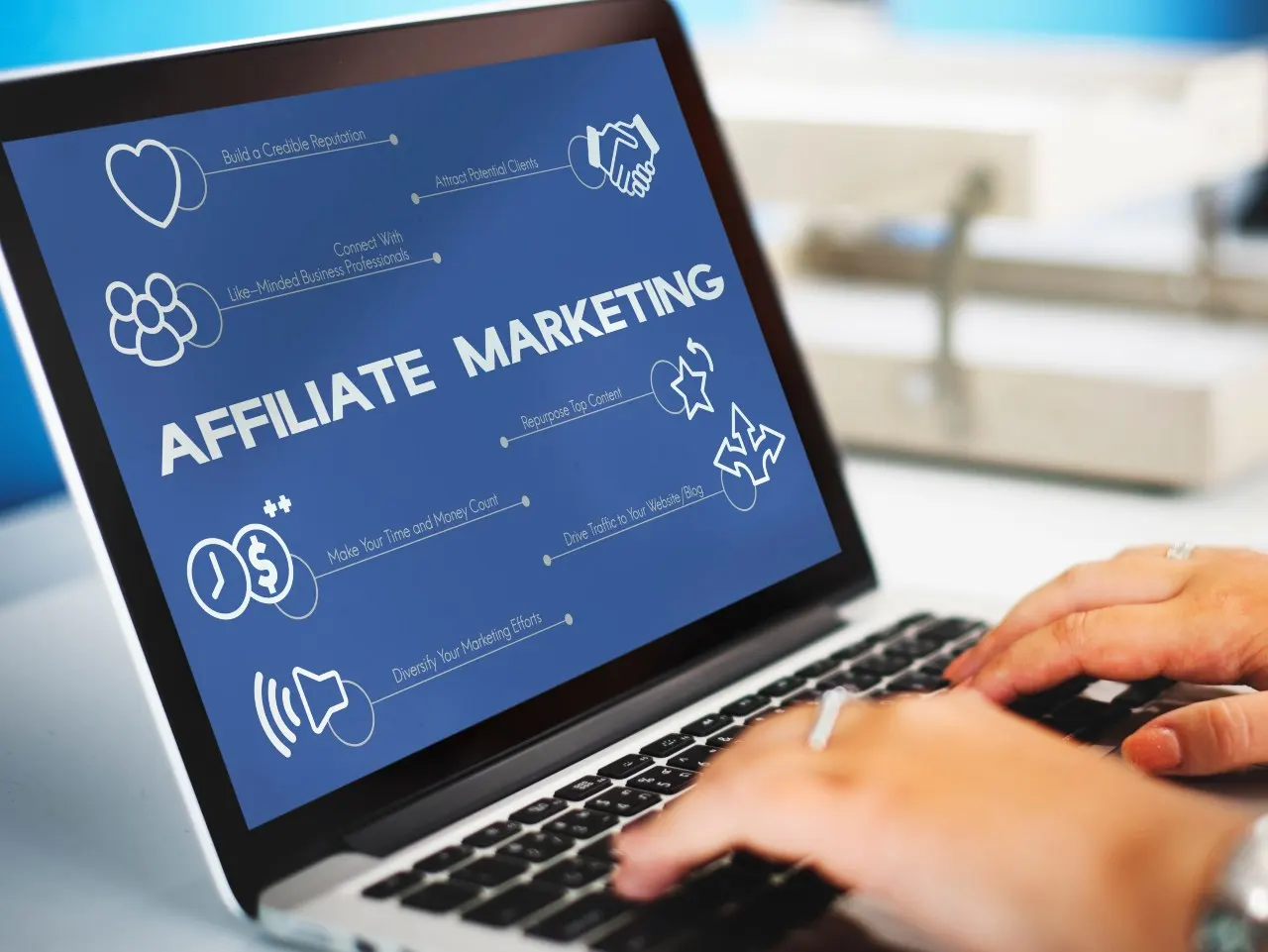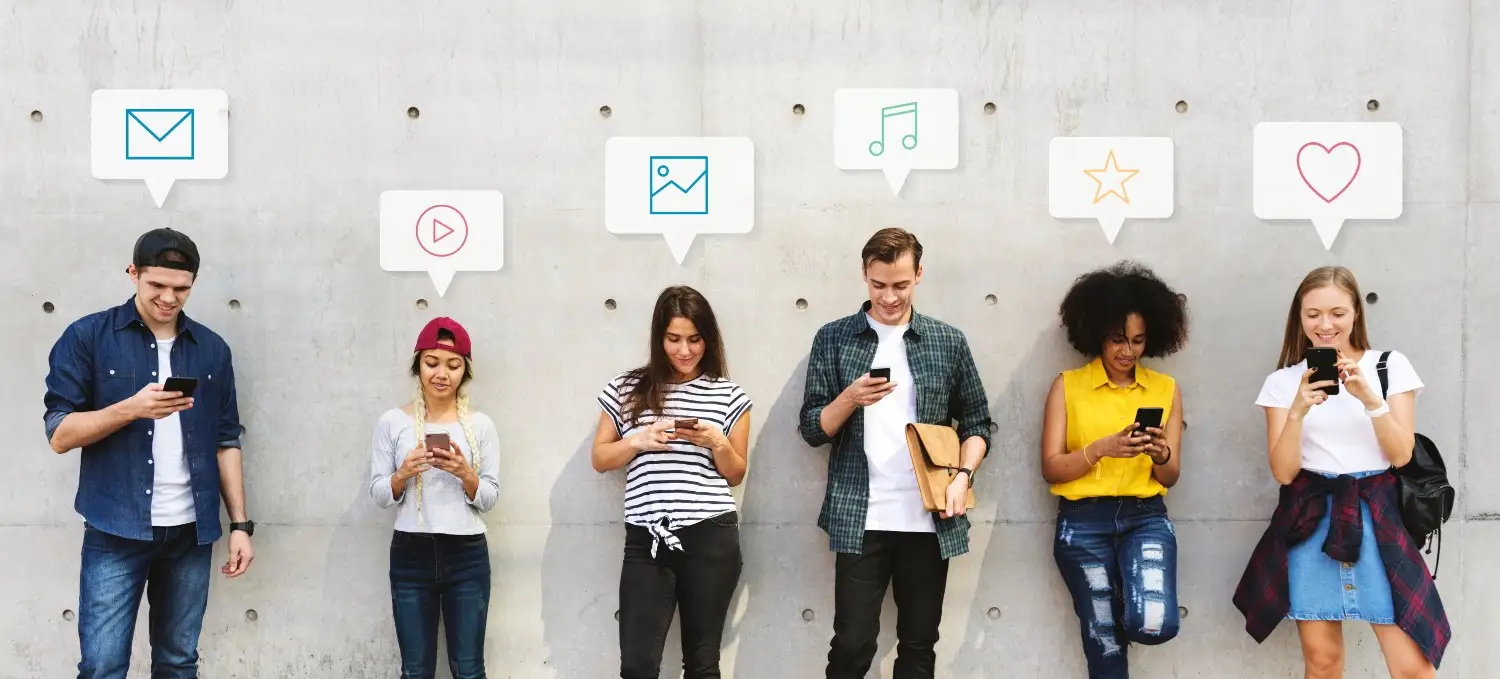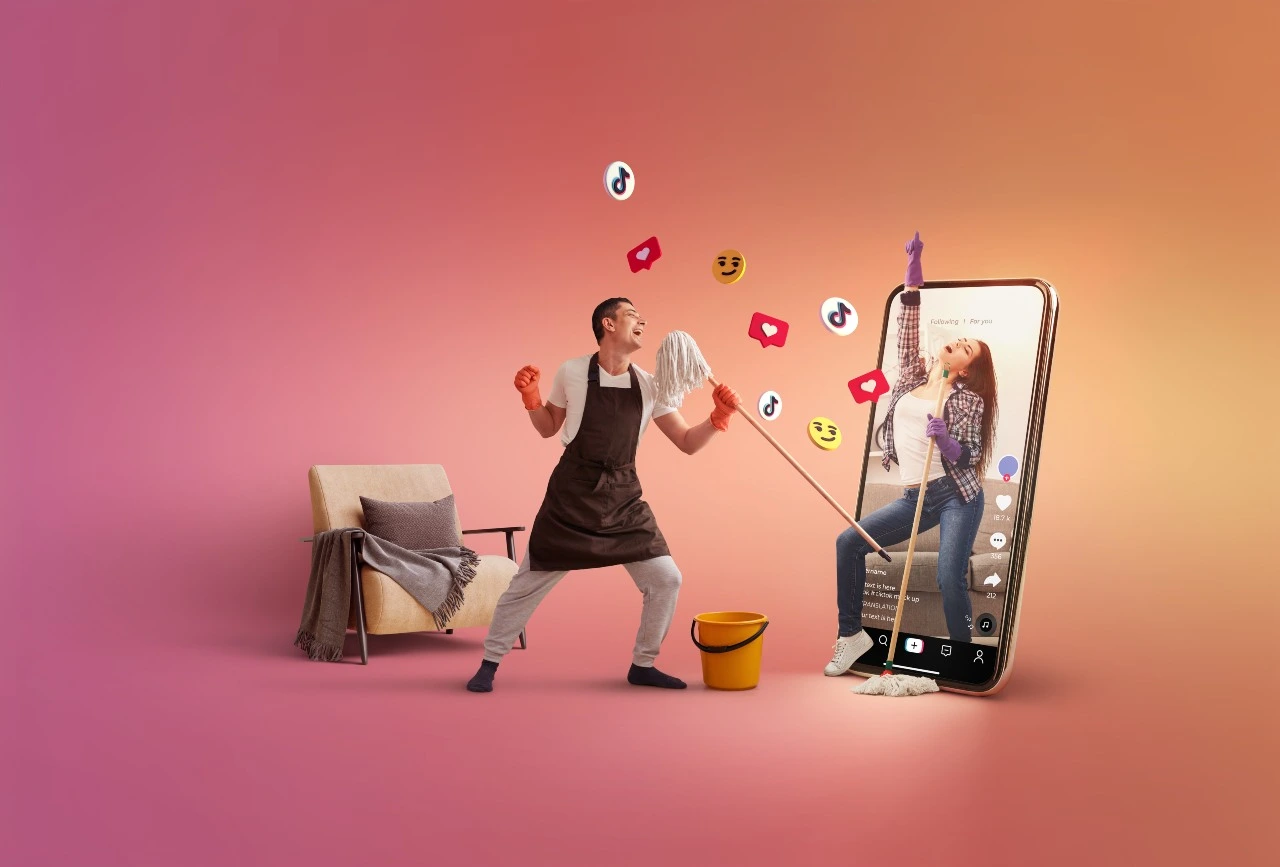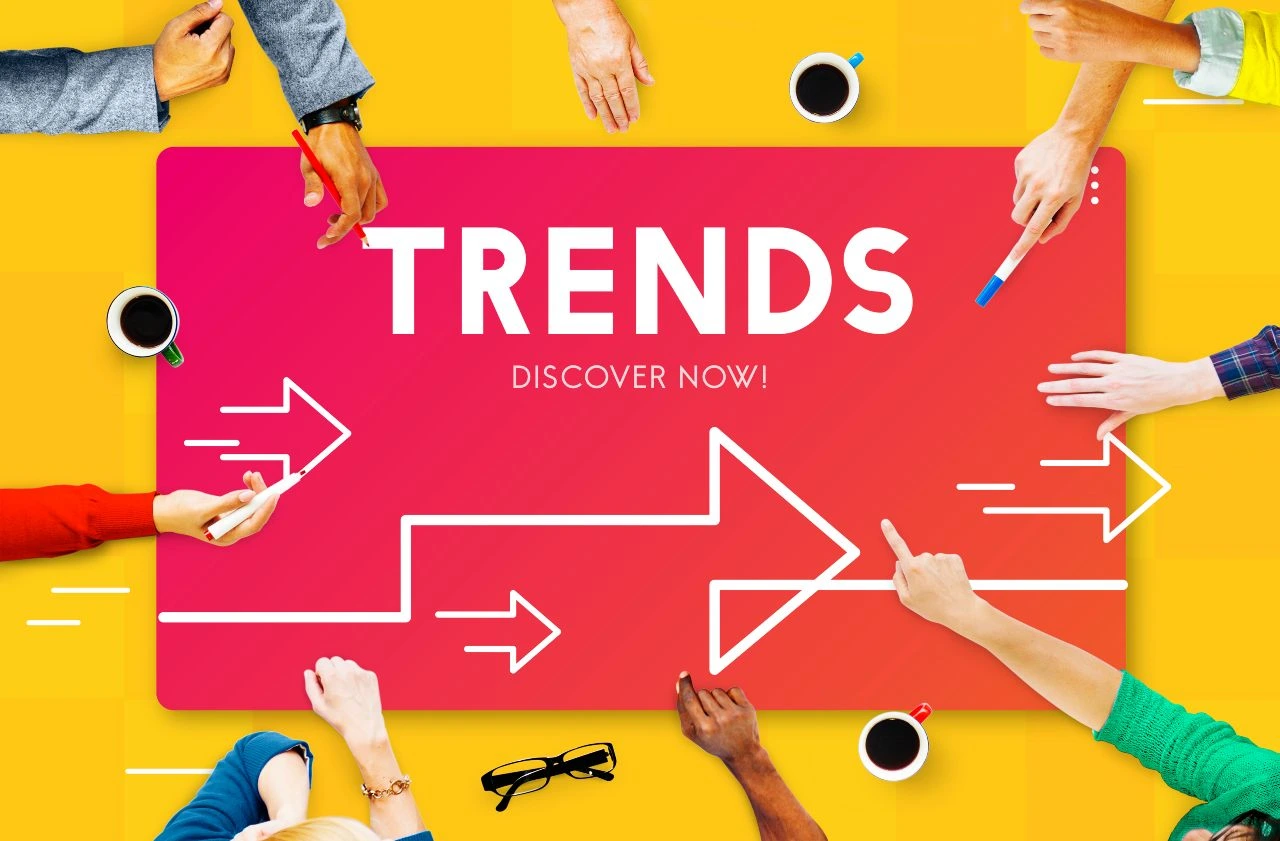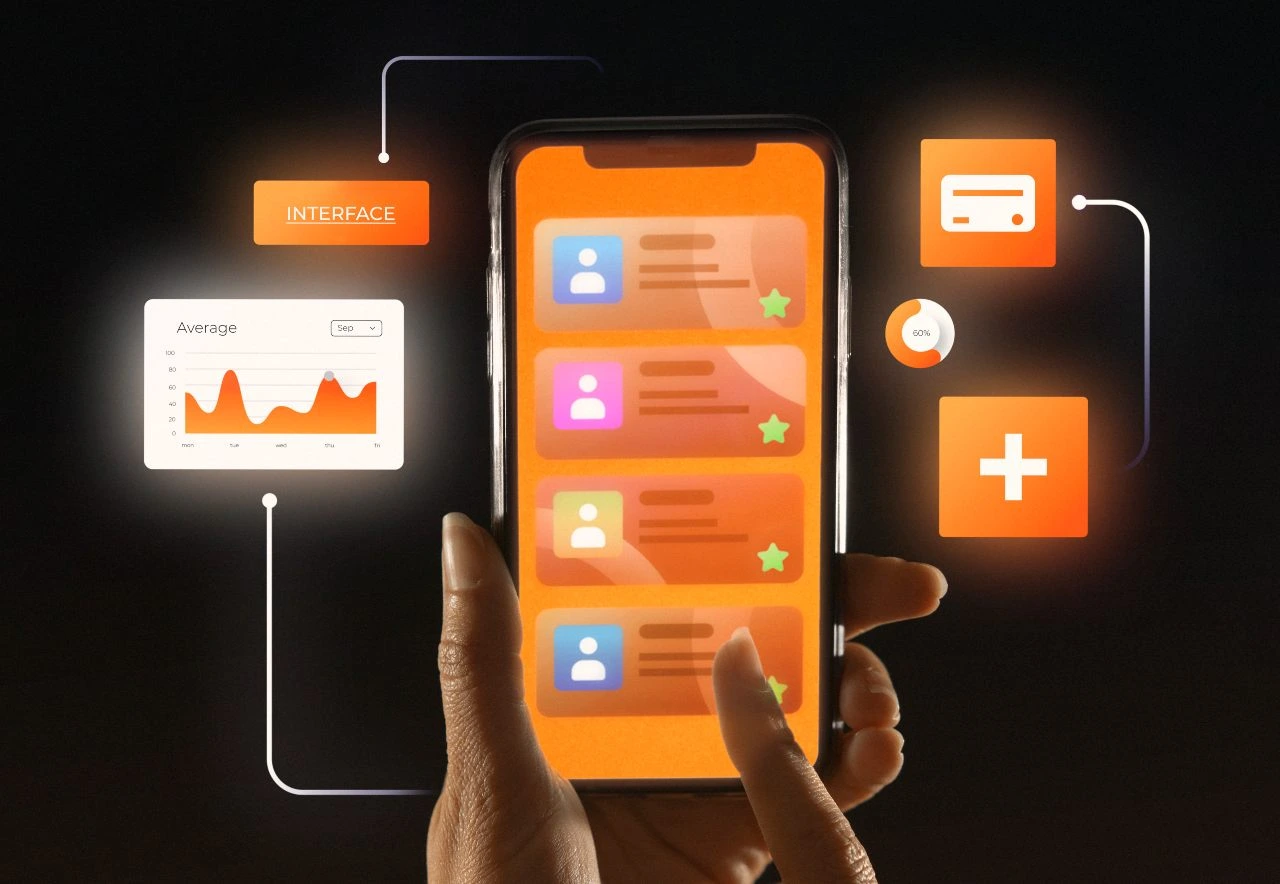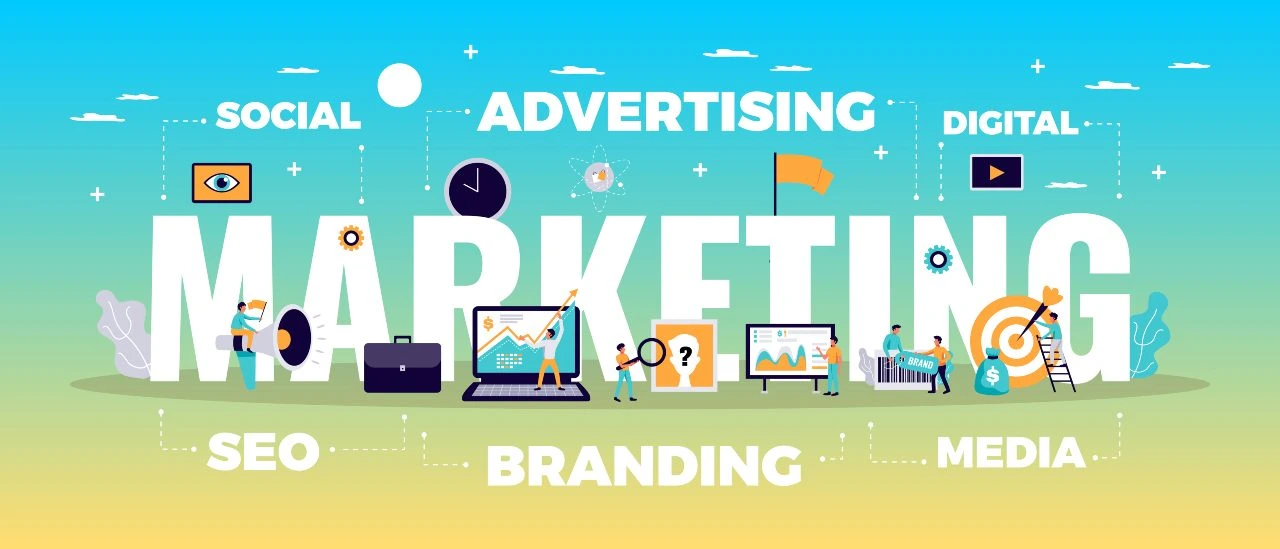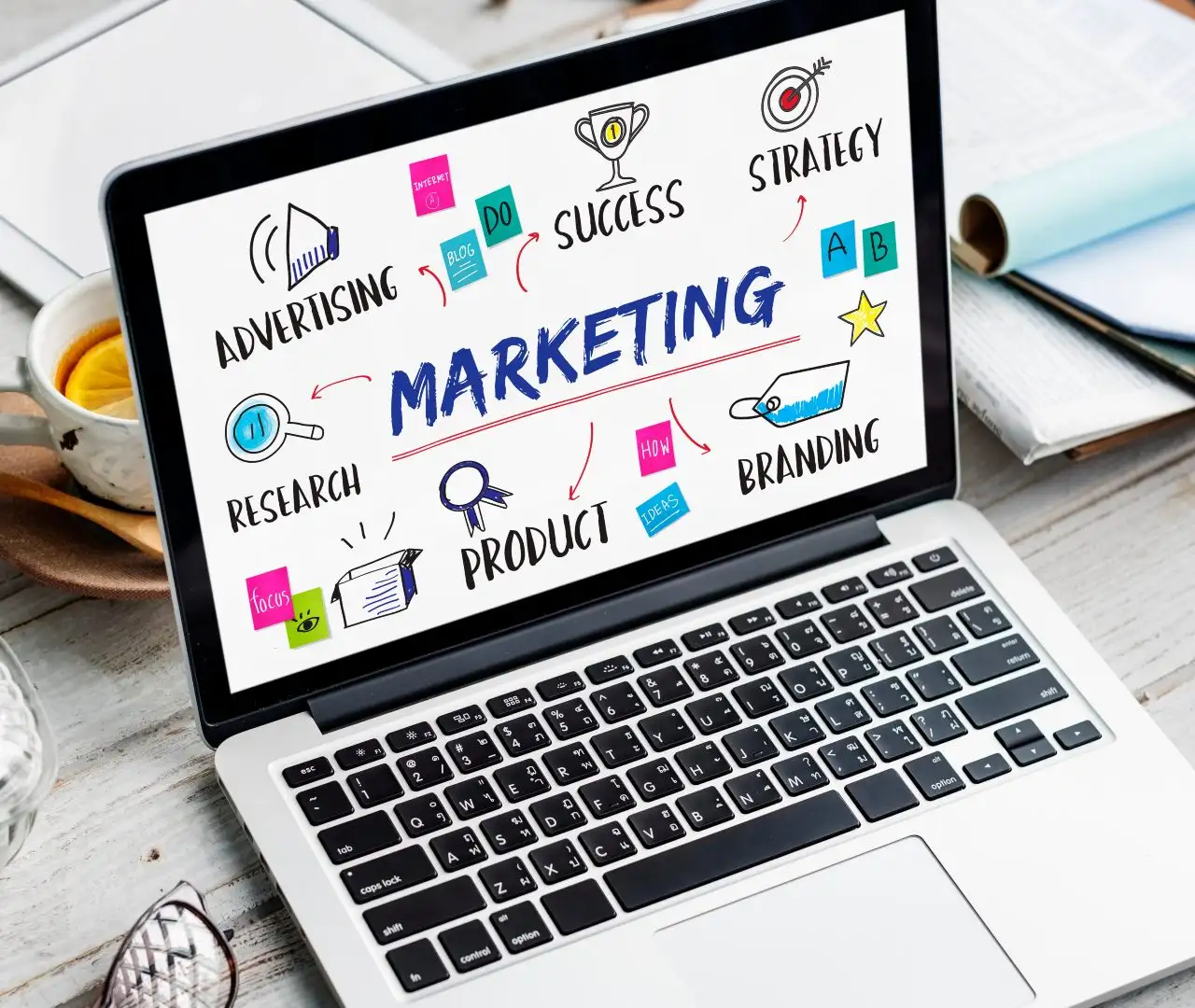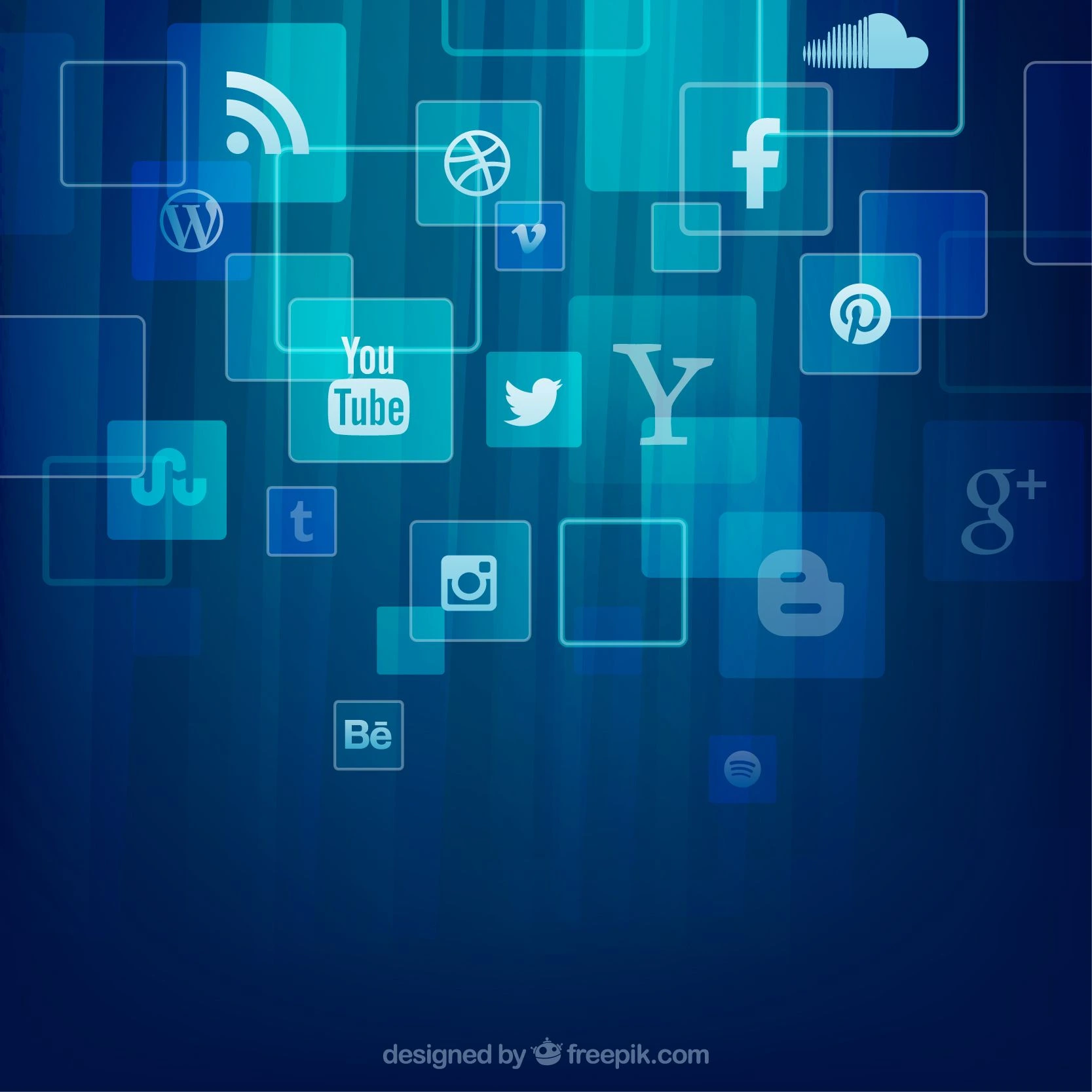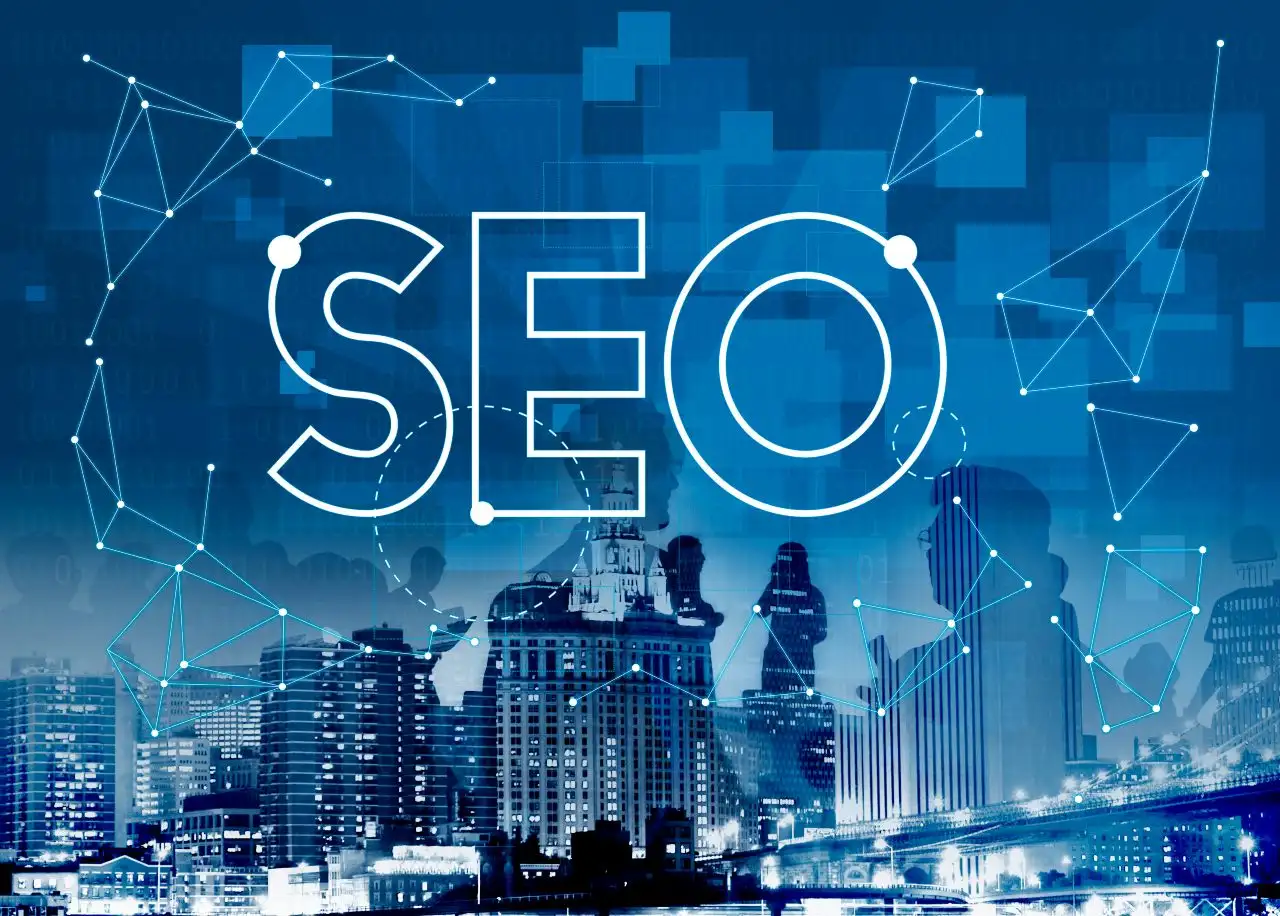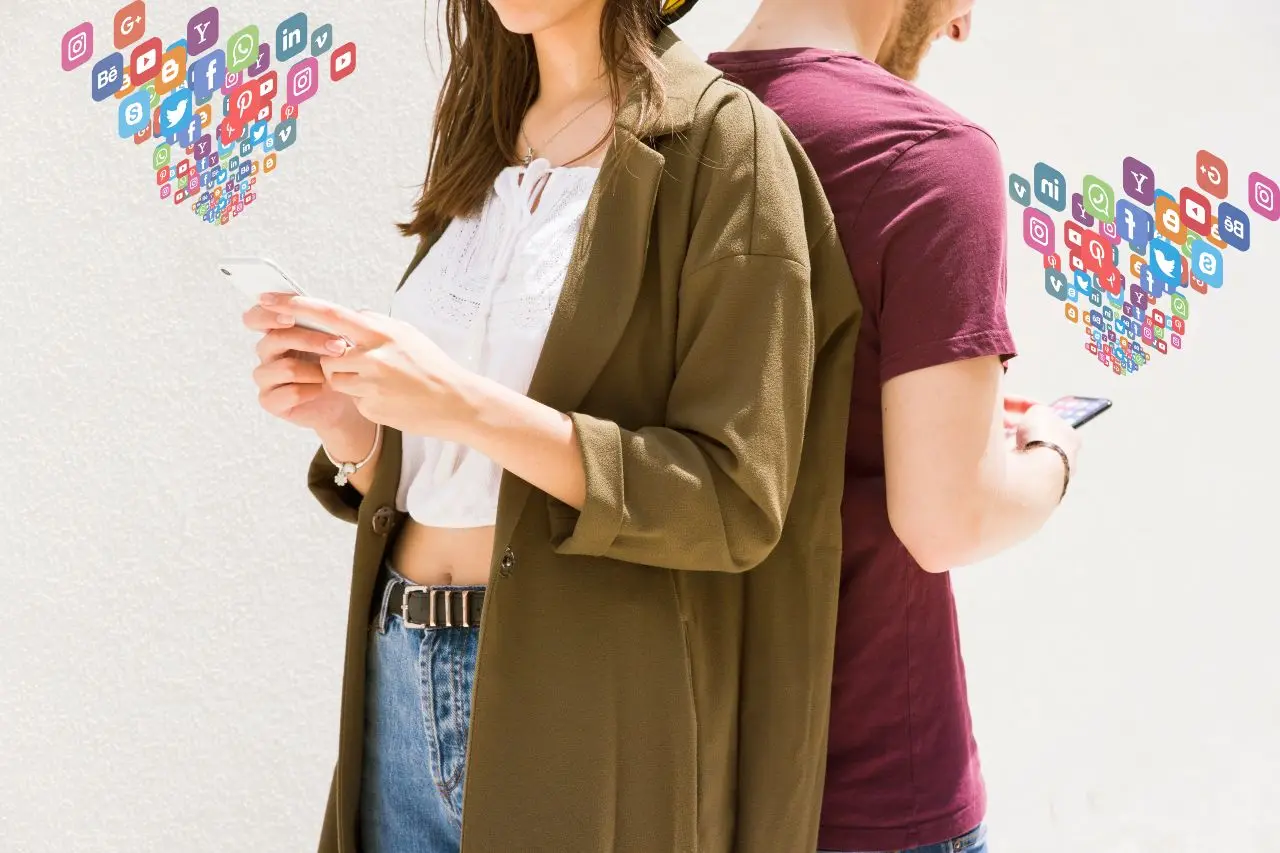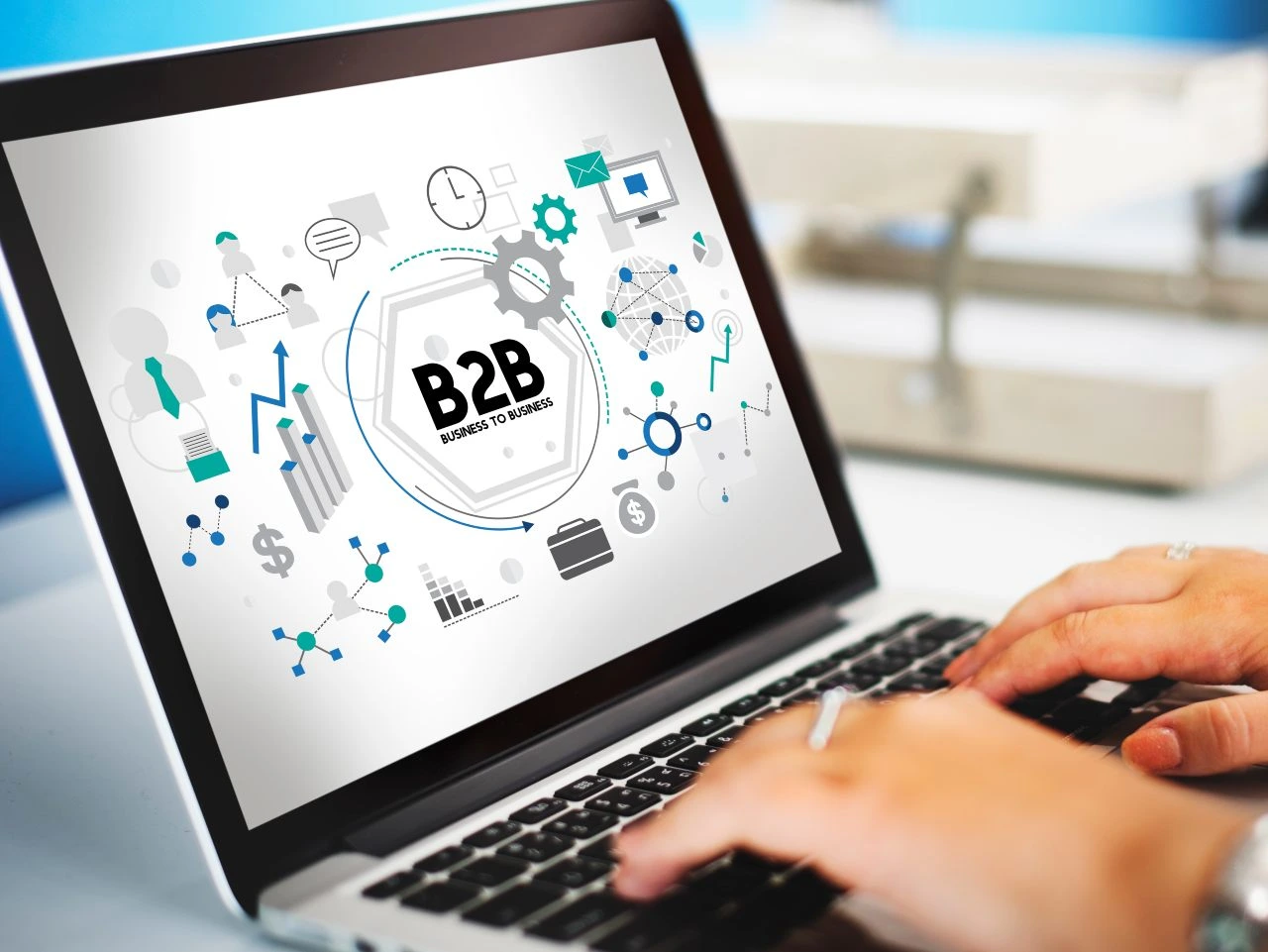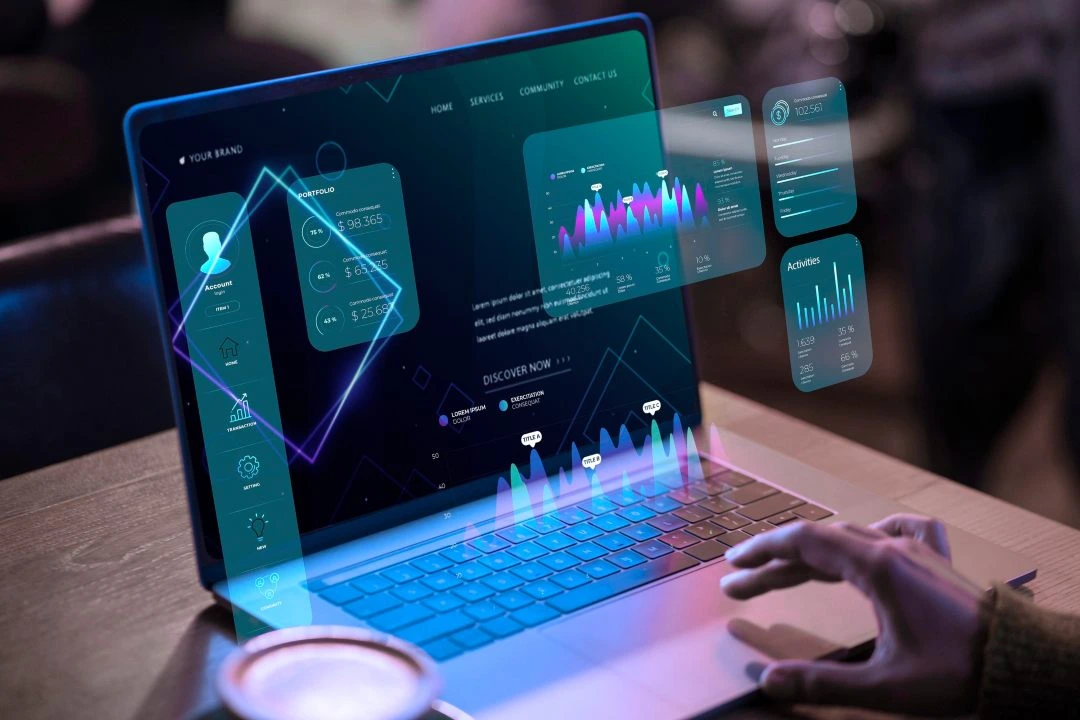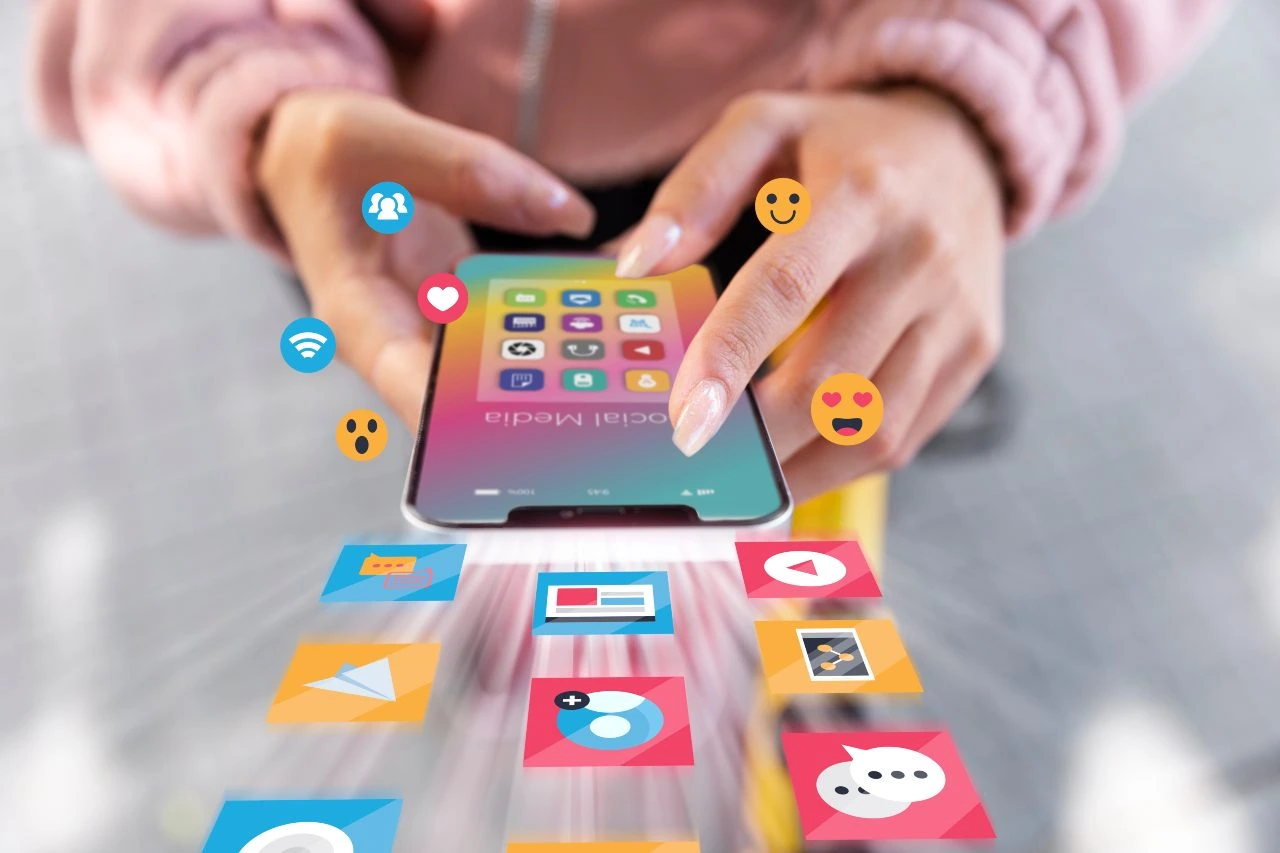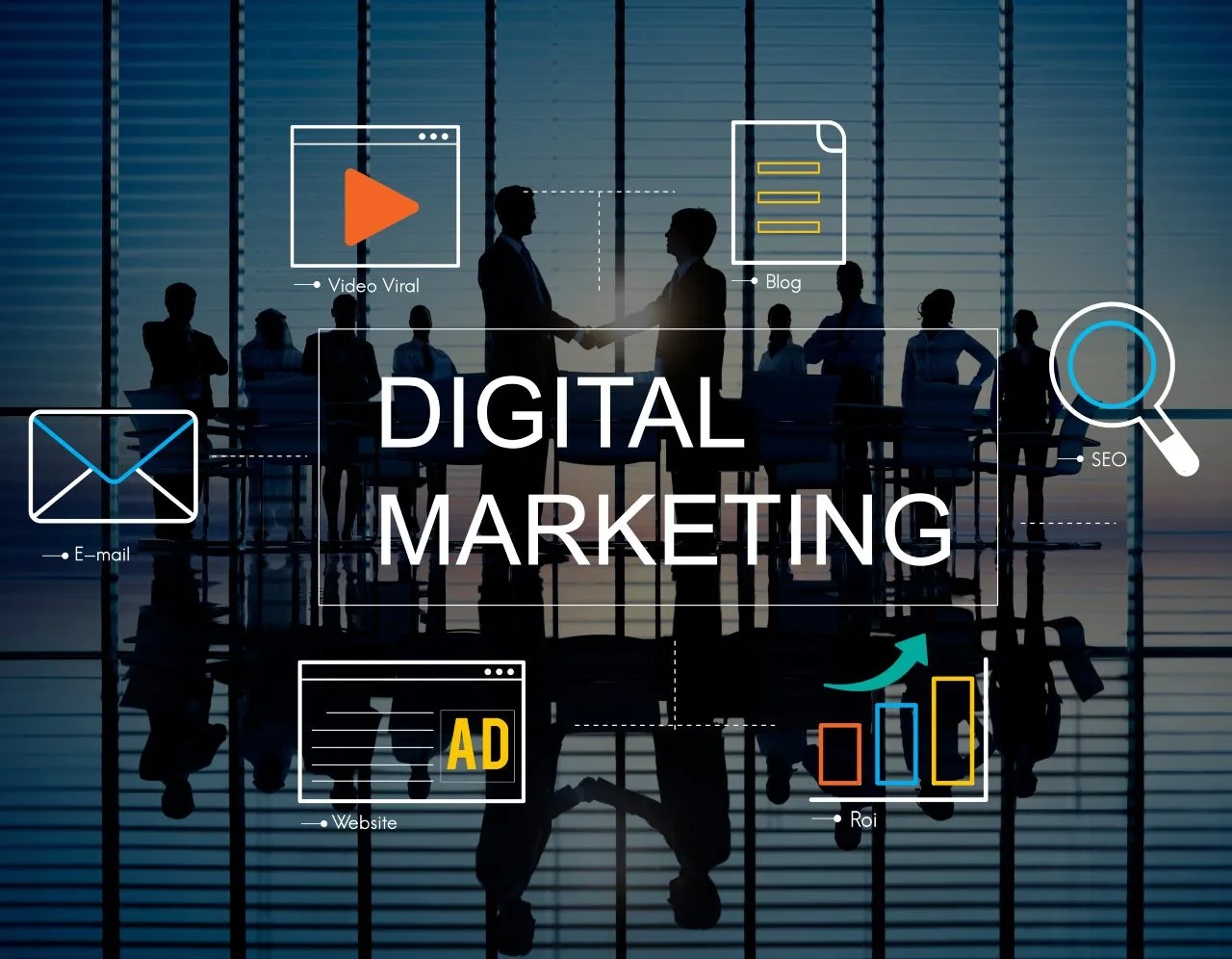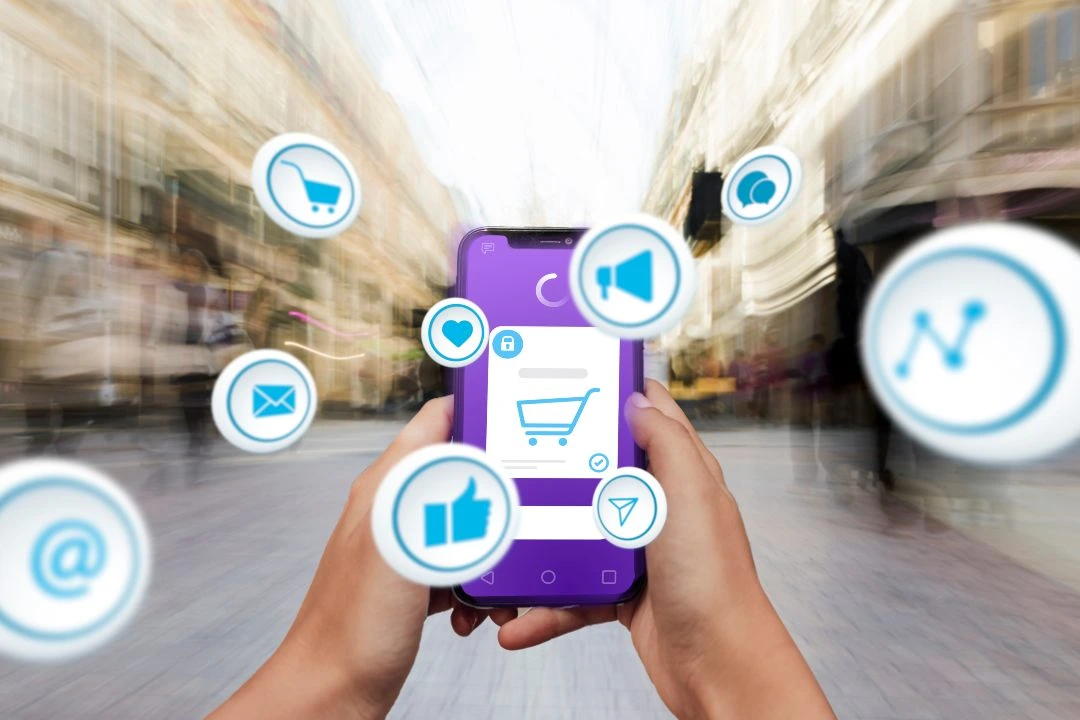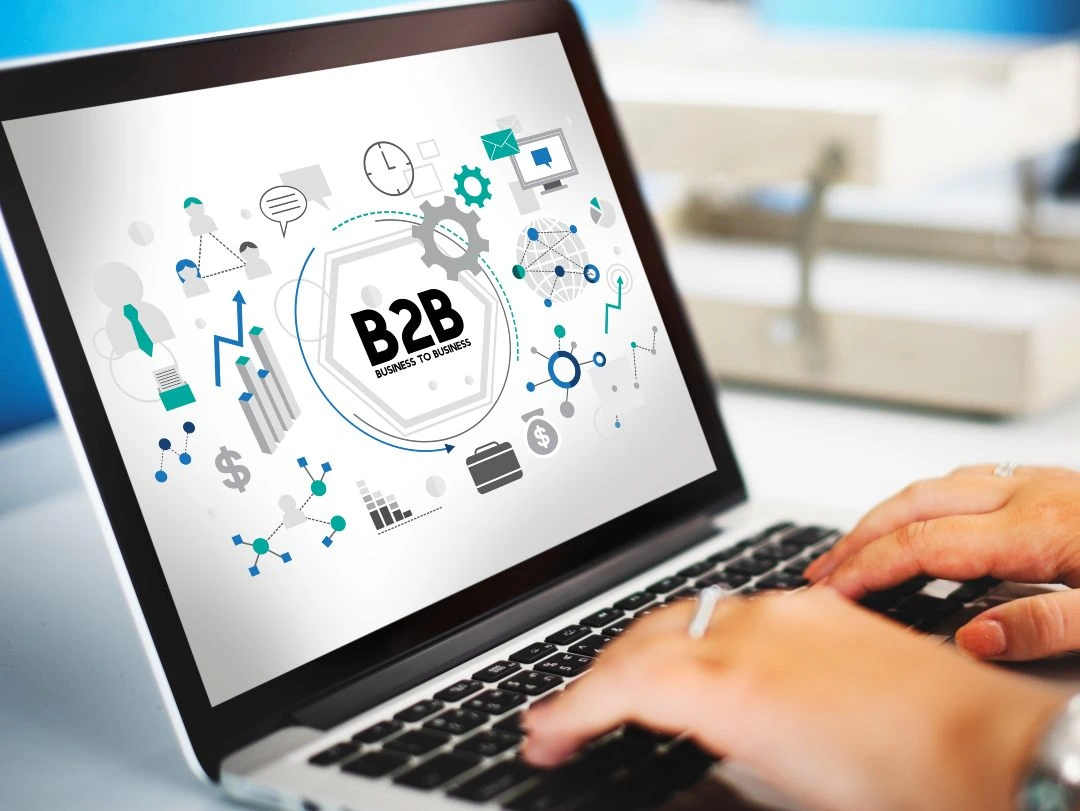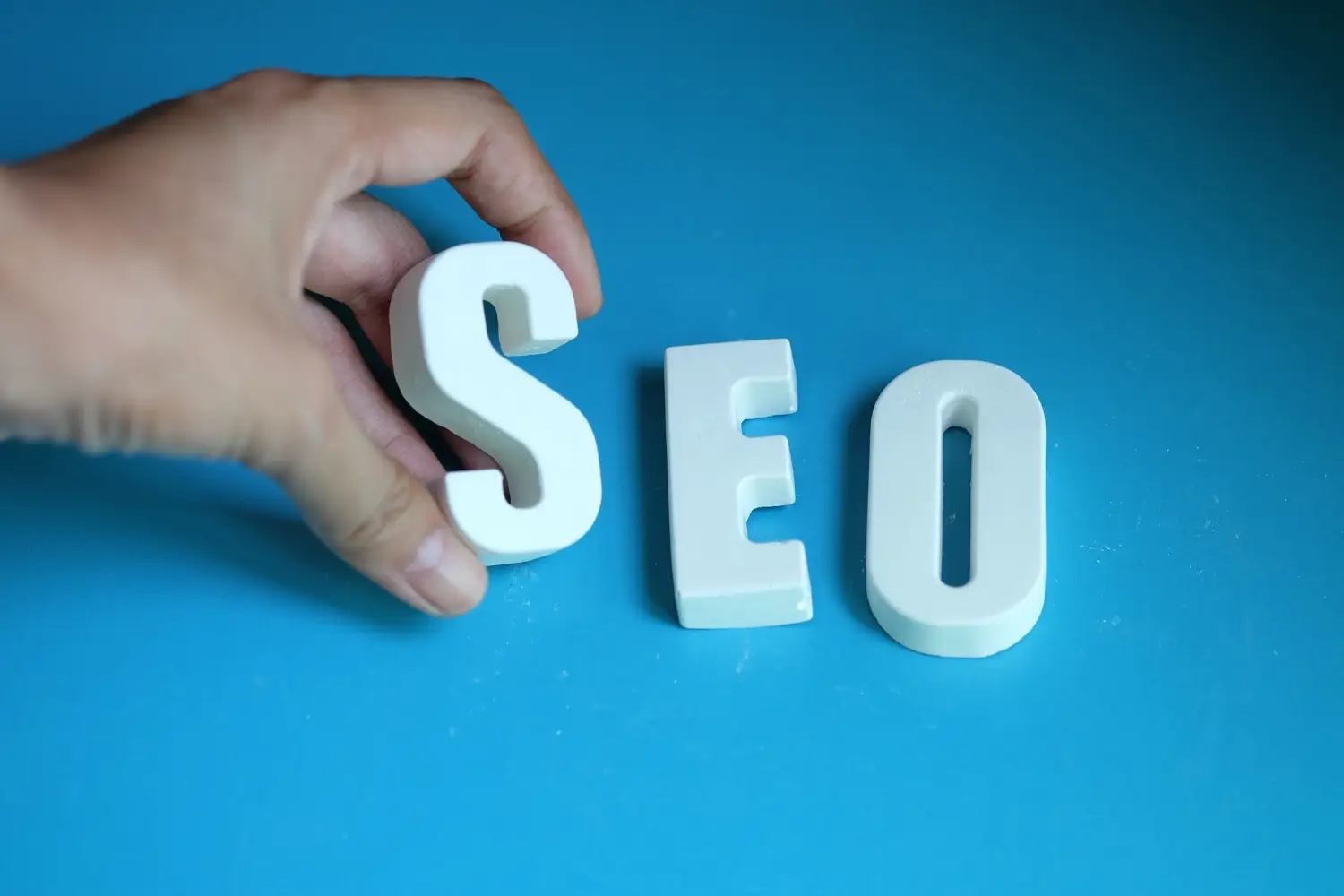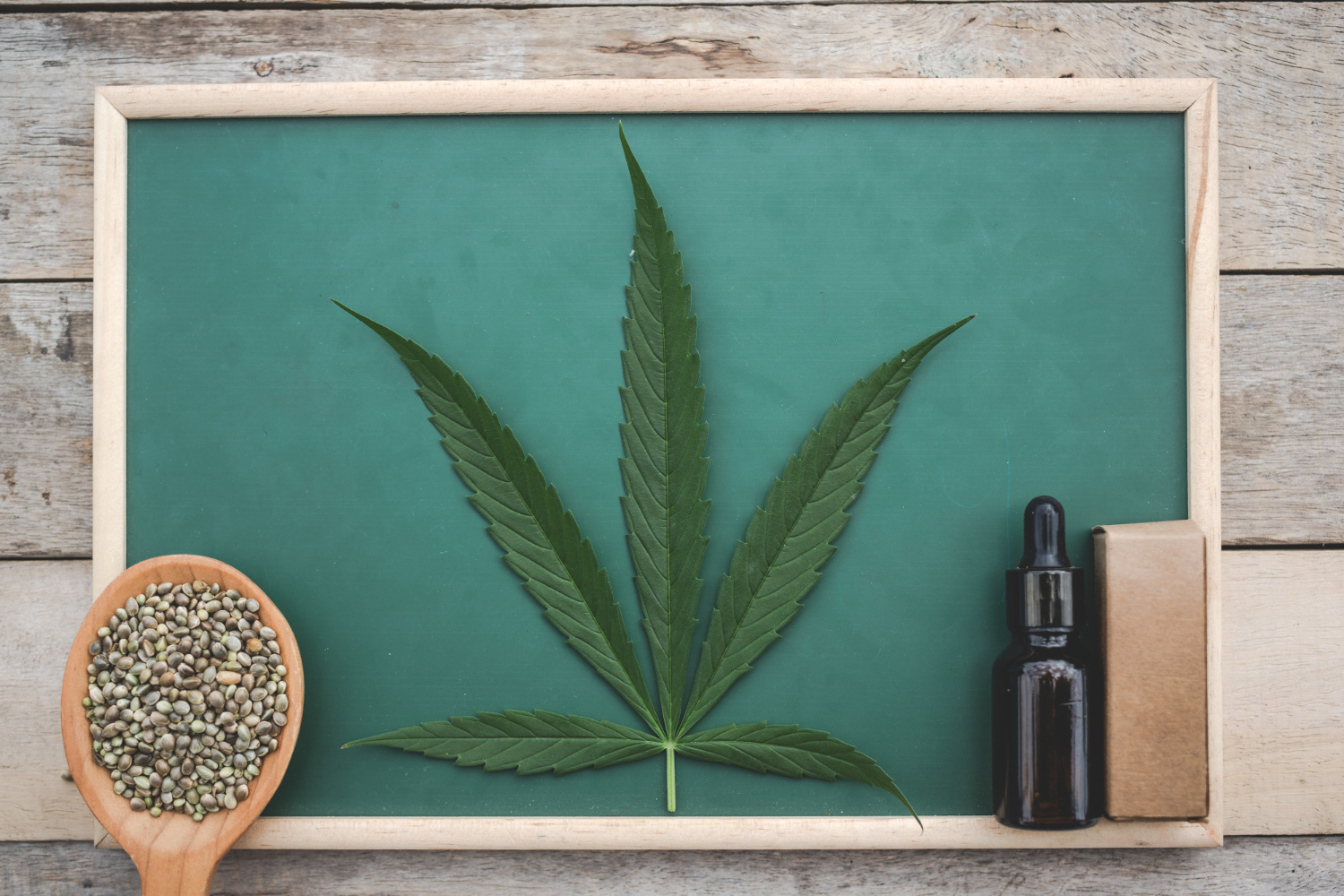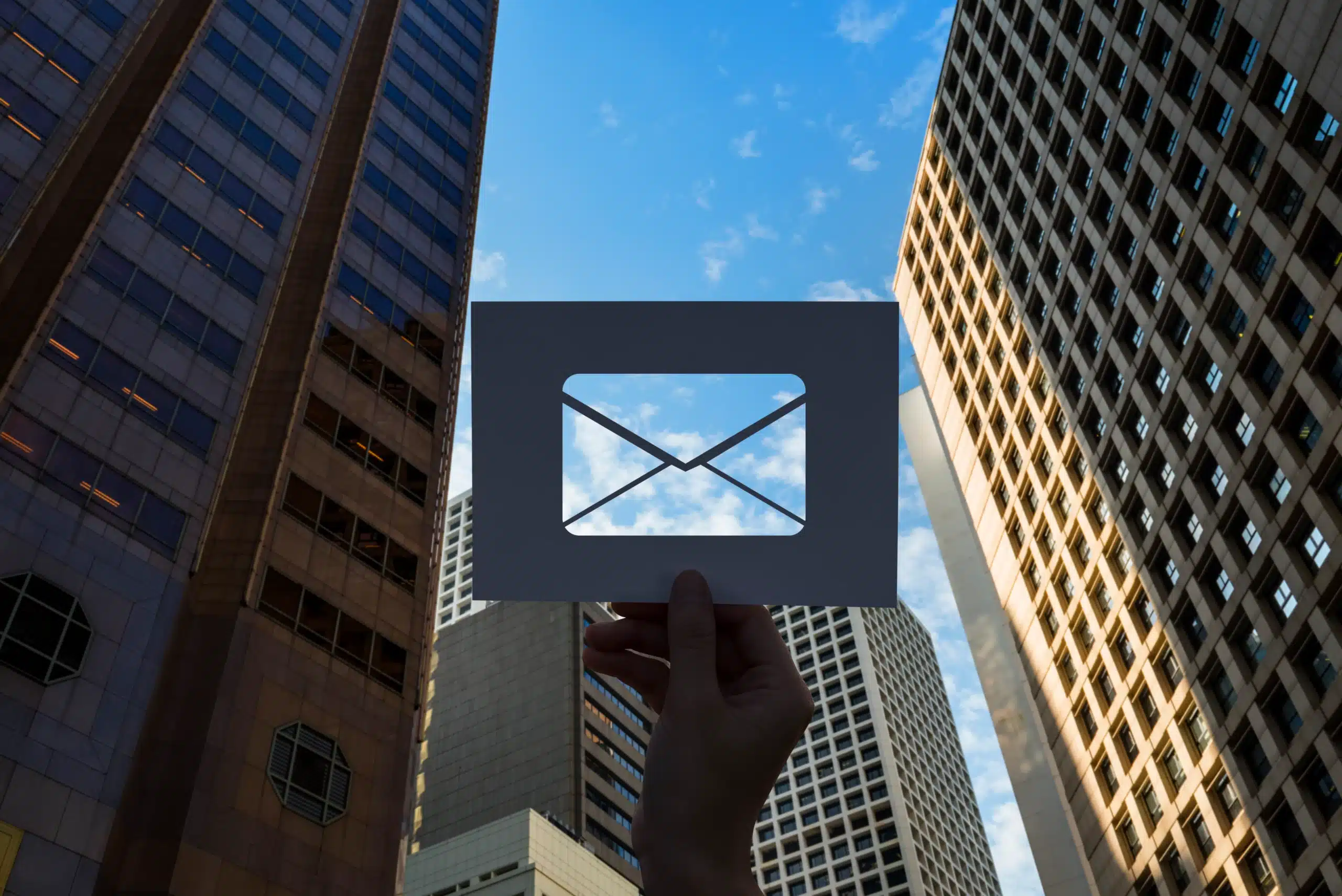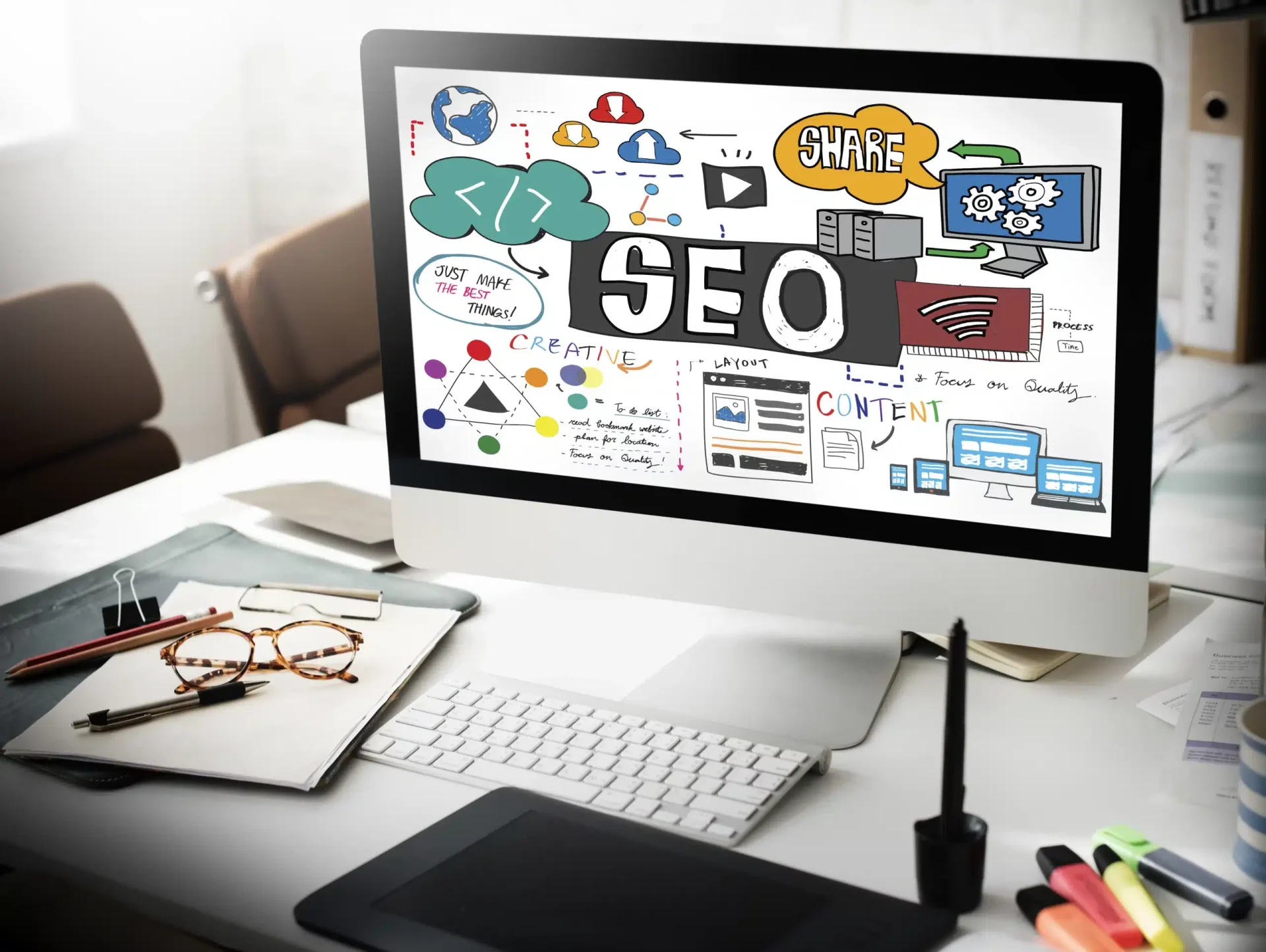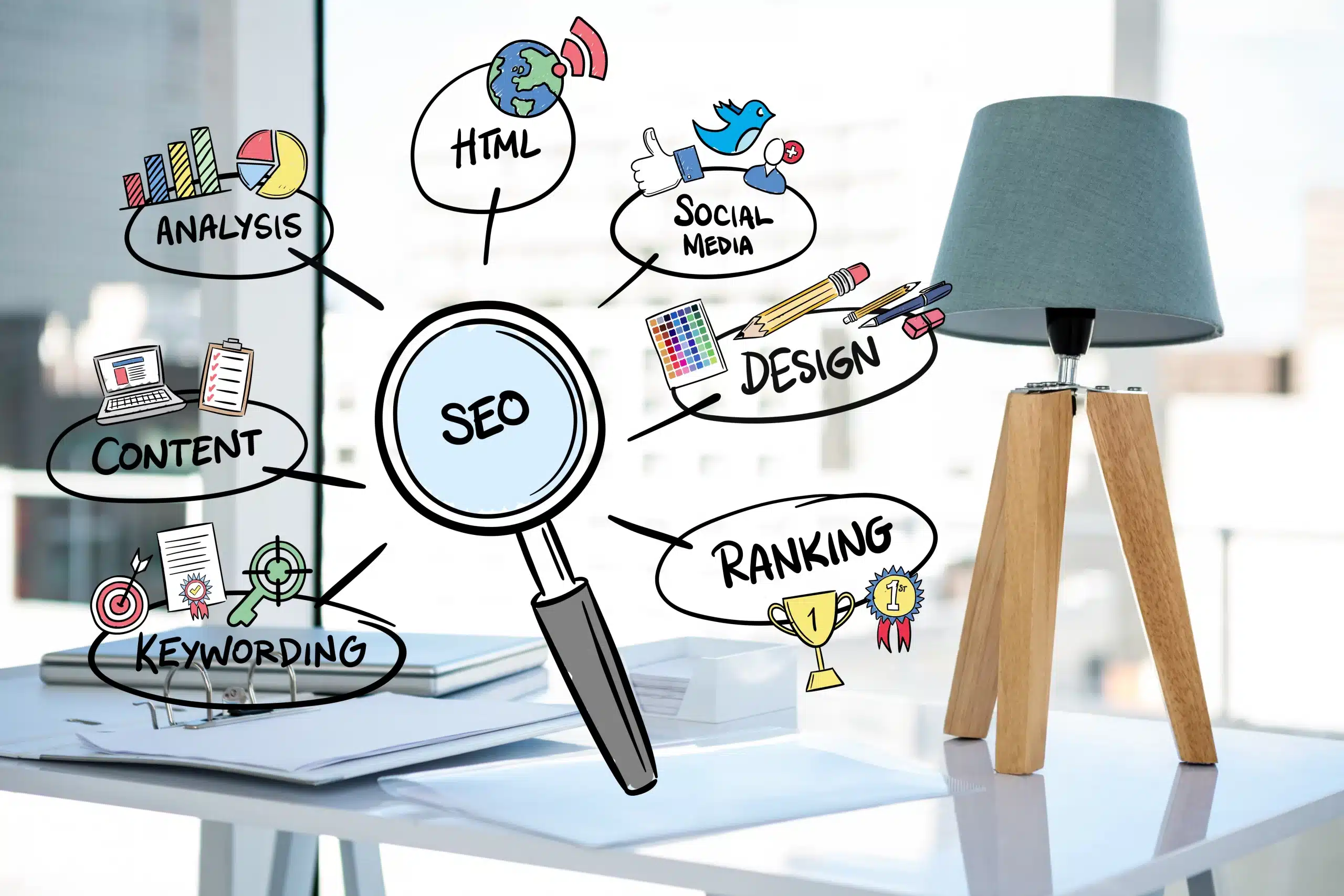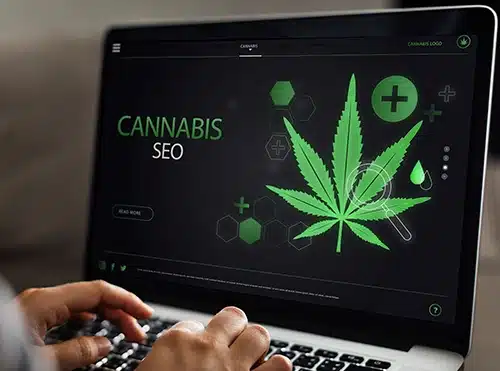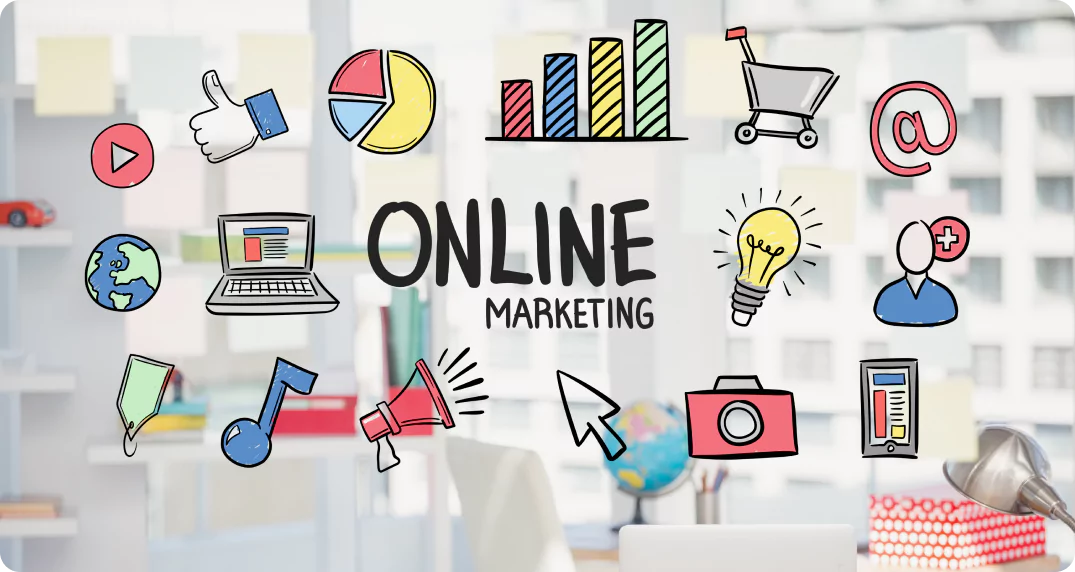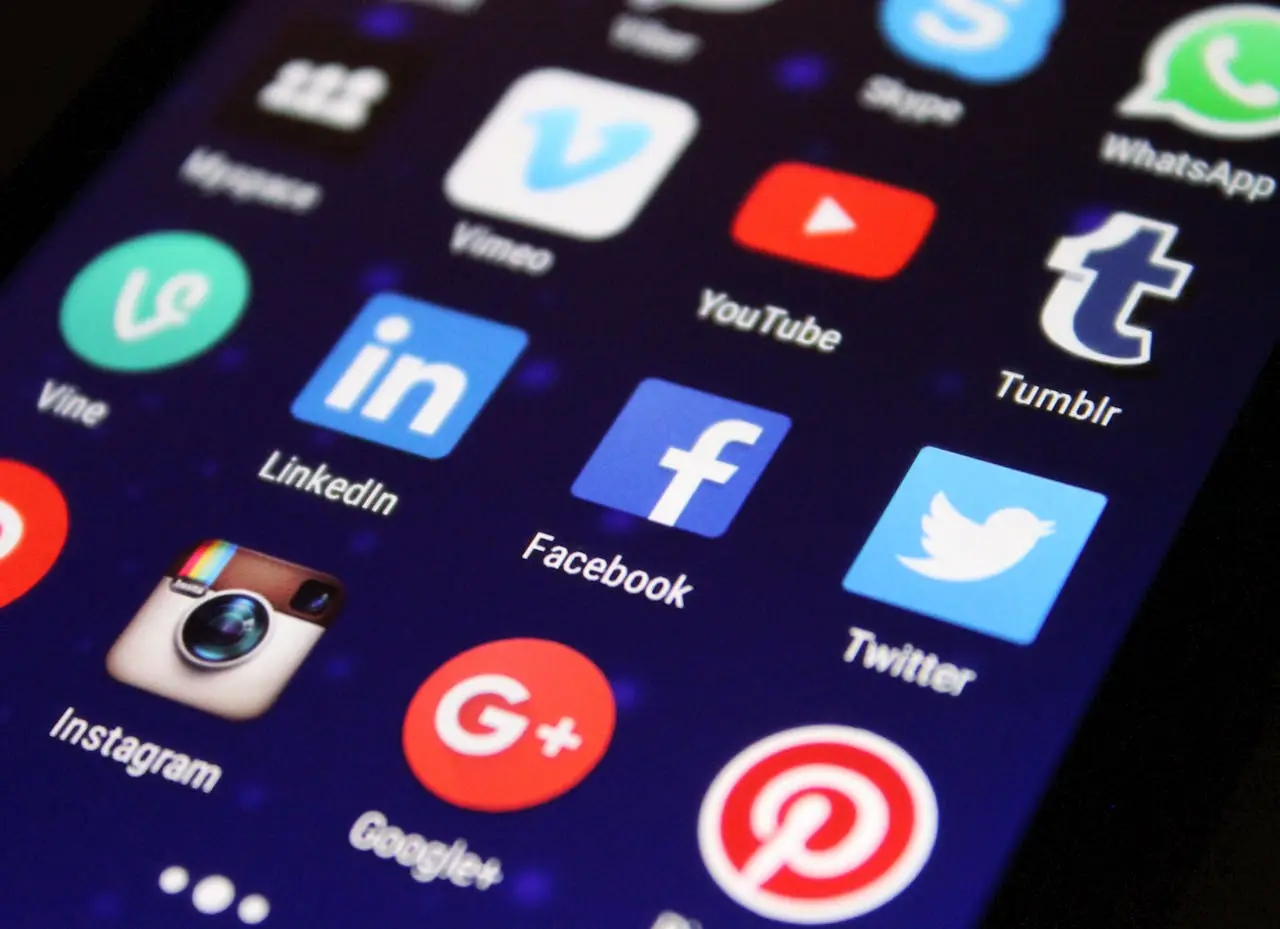Listen to article
Are you ready to navigate the future of business growth? With marketing spending consistently on the rise, staying ahead of the curve is more critical than ever. The latest marketing innovation trends are reshaping how businesses connect with their audiences, drive engagement, and achieve unprecedented results.
From AI-powered personalization to immersive augmented reality experiences, the possibilities are endless. These advancements offer marketers unprecedented opportunities to create targeted, effective campaigns that resonate with consumers on a deeper level.
In this article, we’ll explore key trends influencing marketing innovation, providing insights and strategies to help your business thrive in an ever-evolving digital landscape.
How 5G is Transforming Mobile Marketing Experiences
The rollout of 5G isn’t just another step in the evolution of connectivity—it’s a monumental shift poised to redefine mobile marketing. With unprecedented internet speeds and ultra-low latency, brands now have the tools to create seamless, immersive experiences that were previously unimaginable. As 5G adoption accelerates, marketers have an opportunity to not just keep up but to innovate how they engage with mobile-first audiences, setting higher standards for interactivity, personalization, and content quality.
- Faster internet speeds mean apps will download in seconds, and browsing will feel instantaneous, giving marketers room to experiment with more data-intensive mobile campaigns. Source
- By 2025, one-third of the global population is expected to have access to 5G, drastically expanding the reach of high-performance mobile marketing. Source
- With its lower latency, 5G will make immersive, high-quality content—like augmented reality (AR) and virtual reality (VR)—more accessible for brands to integrate into their campaigns. Source
- High-definition video streaming will be buffer-free, creating new possibilities for live events, real-time product demonstrations, and enhanced video ad campaigns. Source
- Interactive content, such as real-time gaming and live quizzes, will thrive with 5G, offering brands innovative ways to boost user engagement. Source
Key Takeaway
The introduction of 5G represents not just an improvement in technology but a reimagining of what’s possible in mobile marketing. From ultra-smooth video streaming to real-time interactive experiences, brands need to align their strategies with this fast-approaching future. Those who adapt quickly and prioritize content optimized for 5G capabilities, such as AR-driven campaigns or high-definition livestreams, will forge deeper connections with their audiences and stay ahead of competitors.
For small businesses, leveraging 5G-driven tactics is an opportunity to compete with larger brands by embracing innovative digital marketing strategies for small businesses. Whether it’s creating immersive AR experiences or experimenting with high-definition video content, staying ahead of these trends can help level the playing field and ensure long-term success.
Pro Tip:
To get the most out of 5G, start experimenting with creative, bandwidth-heavy formats like 360-degree videos or AR try-ons now. Using predictive analytics, you can map out audience behavior trends and tailor content to 5G-driven expectations, ensuring your brand stays relevant as mobile technology advances.
Engagement with AR and VR Technology
The future of audience engagement is being redefined by immersive technologies like Augmented Reality (AR) and Virtual Reality (VR). As brands compete for attention in an increasingly saturated digital landscape, AR and VR offer an innovative edge by combining interaction with personalization. These technologies are not just tools for entertainment; they’re reshaping how customers experience products and services, allowing brands to build stronger emotional connections and create lasting impressions. With 5G driving higher data capacity, these experiences are becoming more seamless and widely accessible.
- AR experiences amplify engagement by blending digital elements into real-world environments, offering captivating and memorable interactions compared to static content. Source
- AR offers practical applications, such as enabling customers to virtually “try on” clothes or preview furniture in their homes, bridging the gap between in-store and online shopping. Source
- In healthcare, VR is being used to provide virtual facility tours, showcasing patient rooms and advanced equipment to potential clients via websites and social platforms. Source
- The proliferation of 5G will make AR/VR experiences more dynamic and accessible, paving the way for more innovative applications in marketing and customer engagement. Source
Key Takeaway
As AR and VR technologies continue to advance, they are unlocking unprecedented ways for brands to connect with their audiences. Beyond just creating wow-worthy moments, these tools provide tangible benefits by simplifying decision-making and fostering trust through immersive interactions. Whether it’s allowing customers to envision a product in their lives or guiding them through a virtual experience, AR and VR help brands stand out and inspire action.
Pro Tip:
To maximize the potential of AR/VR, focus on creating experiences that solve real customer challenges. For example, use AR to help online shoppers better understand product dimensions or VR to deliver behind-the-scenes brand stories. Tools like Spark AR, Unity, or Google ARCore can help you start developing immersive experiences that set you apart.
To truly stand out in the competitive landscape, businesses can also benefit from exploring a full-service marketing approach. By combining AR/VR with other marketing strategies like SEO, social media management, and email campaigns, brands can create a cohesive and powerful message that resonates across all channels. This holistic strategy ensures that innovative technologies are effectively integrated into a broader marketing plan, amplifying their impact.
How AI is Reshaping Marketing: From Personalization to Performance Optimization
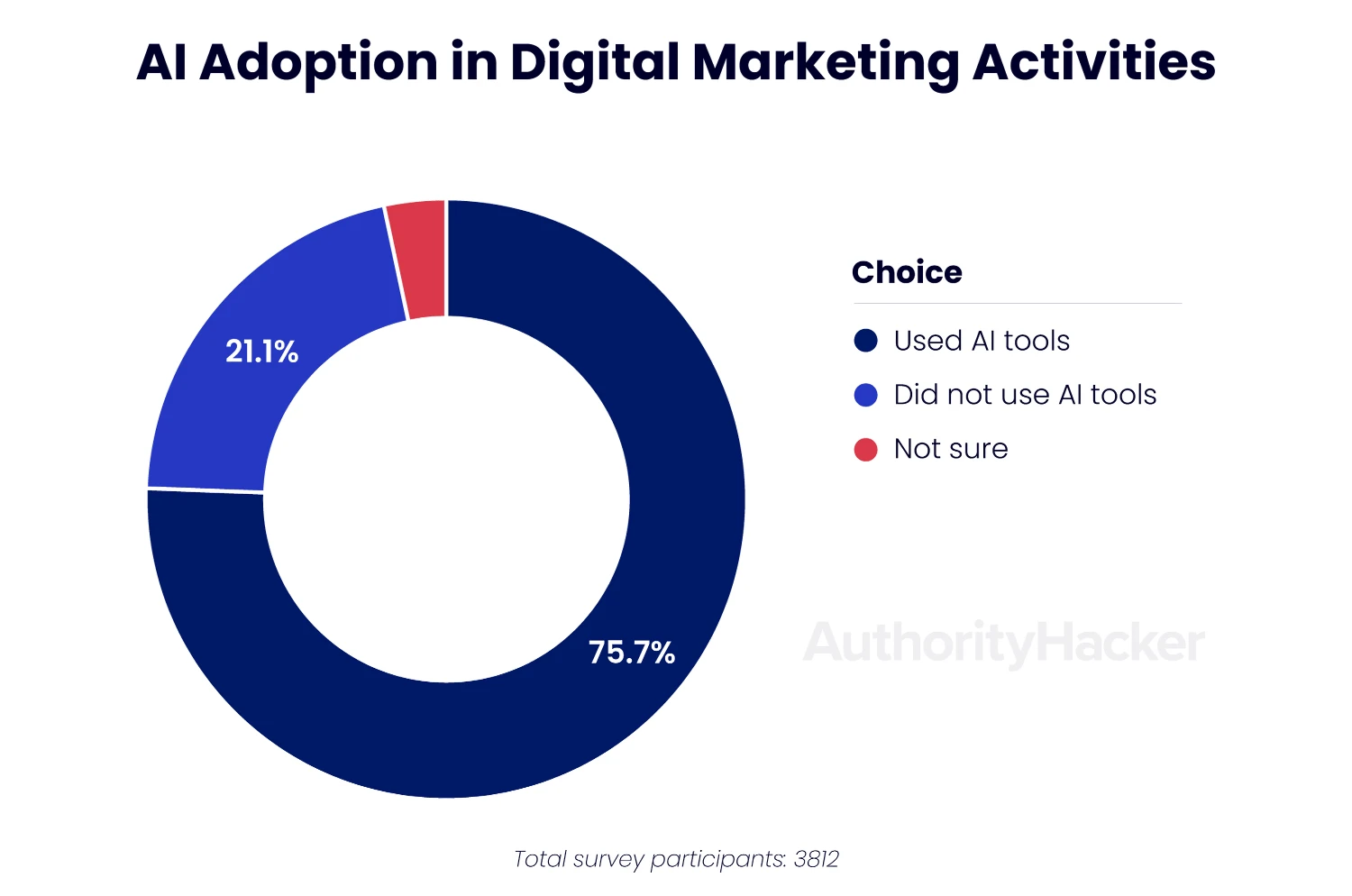
Source: Authority Hacker
Artificial intelligence is no longer just a futuristic buzzword; it’s the backbone of modern marketing innovation. By empowering brands to deliver hyper-personalized experiences, improve decision-making, and streamline operations, AI is shaping the future of customer engagement and business growth. Yet, its true potential lies in its ability to combine creativity with data, enabling marketers to craft experiences that speak directly to customer needs while driving measurable results.
- AI and machine learning (ML) streamline routine marketing processes, such as automated email campaigns triggered by user behavior or real-time bidding in digital advertising, allowing teams to focus on strategic initiatives. Source
- AI-driven marketing automation leads the way in 2024, using customer data and behavioral insights to deliver personalized content, boosting engagement and conversion rates. Source
- Predictive analytics powered by AI transforms campaigns by forecasting customer behavior based on historical data, enabling brands to anticipate needs and design targeted strategies. Source
- AI-powered personalization tools are set to expand by 2025, particularly for lead generation, offering tailored customer experiences that enhance loyalty and trust. Source
- Businesses are using AI to analyze customer data and predict behavior, fostering deeper relationships through customized interactions at every touchpoint. Source
- AI tools simplify content creation, enabling marketers to produce engaging, relevant content that aligns with individual customer preferences. Source
- Real-time AI analysis improves decisions by identifying effective marketing channels, optimizing campaign performance, and predicting emerging trends. Source
- AI ensures consistent branding across every channel, reinforcing trust and recognition among consumers. Source
- Healthcare marketers are leveraging AI to deliver highly personalized services, such as tailored email campaigns, targeted social ads, and customized health recommendations, meeting patient-specific needs. Source
- Companies are using AI-powered training tools to develop team skills faster and with greater efficiency. Source
- Conversational AI tools analyze sales calls, offering actionable insights to improve strategies and train teams, ultimately enhancing performance and reducing inefficiencies. Source
- AI creates cost-effective content while also allowing rapid adjustments to campaigns in response to shifting trends or market demands. Source
- Advanced lead-scoring models, powered by AI, now factor in a broader range of customer behaviors, helping businesses prioritize and personalize interactions for higher conversion rates. Source
- Automation of lead management ensures every potential customer is nurtured based on their readiness to convert, directly improving ROI. Source
Key Takeaway
AI is no longer an optional tool; it’s a game-changer for marketers who want to stay competitive. From predictive analytics to personalized content and real-time decision-making, integrating AI into your marketing strategy allows you to meet consumer expectations while increasing operational efficiency. As highlighted in recent AI marketing statistics and trends, 68% of marketers report significant performance improvement through AI, and over 80% of top-performing teams use it for dynamic content and customer segmentation.
Pro Tip:
Partnering with top AI marketing agencies can also amplify your efforts by offering expert-driven strategies and tools tailored to your brand’s goals. Additionally, AI tools like Jasper, Canva’s Magic Studio, or ChatGPT can help you design scalable, personalized marketing assets that adapt to the changing needs of your audience.
Personalized, Automated Video Marketing Strategies
In a world where consumers are constantly bombarded with content, personalized video marketing powered by automation stands out as a game changer. It’s no longer about reaching the masses—it’s about making every individual feel seen and understood. By combining automation with personalization, businesses can craft hyper-relevant video experiences that not only capture attention but also foster deeper emotional connections, all while optimizing for scale.
- Automated, personalized video marketing is on the rise, with brands using tailored video messages based on user behavior to significantly boost engagement and conversion rates. Source
- Video combined with marketing automation offers a unique opportunity to capture attention, simplify complex messages, and create an emotional connection with the audience. Source
- Data-driven strategies are essential for optimizing video marketing through advanced analytics that provide insights into what resonates with audiences. Source
The impact of personalized, automated video marketing extends beyond just better engagement—it creates long-lasting brand loyalty by addressing the specific needs and preferences of individuals. With today’s consumers expecting experiences tailored to them, integrating data-driven analytics and automation tools into your video marketing strategy isn’t just beneficial; it’s essential. This combination allows brands to deliver the right message, to the right person, at exactly the right time.
Pro Tip:
To succeed with personalized video marketing, focus on aligning your messaging with the customer’s journey. Use automation tools like Vidyard, Loom, and Wistia to segment audiences, track video performance, and refine content based on data insights. Remember—personalization isn’t a one-time effort; continually evolving your strategy ensures sustained impact.
Human-Centric Branding in an AI-Driven Landscape
In an era where AI is becoming a cornerstone of marketing strategies, the challenge for businesses lies in maintaining authenticity amidst automation. While AI tools can streamline processes and improve efficiency, overusing them risks creating impersonal, cookie-cutter experiences. To cut through the noise and foster deeper connections, brands are increasingly leaning into “human-centric marketing” to reinforce their uniqueness and emotional appeal.
- Genuine person-to-person interactions are crucial for driving conversions, even as enterprises increasingly use AI to automate customer interactions. Source
- As AI-driven marketing becomes more normalized, businesses have new opportunities to stand out by adopting “AI-free” branding. Source
- “Human-centric” branding appeals to prospects seeking an authentic customer experience, allowing enterprises to position themselves as valuing genuine interactions. Source
- Companies in creative industries like art, music, and scriptwriting are most likely to embrace the “anti-AI” marketing trend, as their audiences often view AI negatively due to concerns about job replacement and the belief that art is inherently human. Source
- Over-reliance on AI in content creation can lead to homogenized marketing that lacks originality, potentially oversaturating the market and diminishing unique brand voices. Source
- Brands may consciously avoid using generative AI to create content in an effort to stand out from the competition, potentially increasing the demand for human creative skills. Source
Key Takeaway
In today’s increasingly tech-powered marketing landscape, authenticity and originality are proving to be invaluable. While AI provides speed and scalability, brands risk blending into a sea of sameness if they don’t consciously prioritize human creativity and connection. By adopting a human-first mindset—whether that’s through thoughtful storytelling, tailored customer service, or deliberate avoidance of AI in specific contexts—companies can create memorable experiences that resonate deeply. This is especially critical as consumer demand for authenticity grows and industries like the arts push back against automation in favor of preserving their human essence.
Pro Tip:
Striking the right balance between AI and human-centric marketing doesn’t mean choosing one over the other—it’s about blending them strategically. Use AI for data-driven insights and automation, but infuse your campaigns with human creativity by investing in skilled teams and prioritizing authentic interactions. This dual approach will help ensure your brand remains both efficient and emotionally resonant.
Navigating the Rise of AI-Enhanced Search Engines

Source: Startus Insights
The search landscape is undergoing a seismic shift with the rapid adoption of AI-powered tools. From intelligently generated answers to entirely new search experiences, AI is redefining how users interact with information online. To maintain a competitive edge, marketers must not only adapt but also anticipate these changes, ensuring their SEO strategies align with how AI platforms retrieve and present content.
- AI Overviews, formerly known as Search Generative Experience (SGE), now dominate the top of search results pages, offering users AI-generated answers before they even see traditional organic listings. Source
- Emerging platforms such as Perplexity and MetaAI are transforming search behavior by enabling more dynamic and intuitive search methods, making it vital for brands to tailor their content strategies to meet users where they are. Source
- Effective AI search optimization requires proactive strategies, including ensuring your content is listed in data sources used by AI models and optimizing for AI-generated answer formats. Source
Key Takeaway
To thrive in this AI-first search environment, it’s more critical than ever to focus on creating content that aligns with the evolving preferences and behaviors of AI-driven platforms. Marketers who master the intricacies of AI search optimization can position their brands at the forefront, capturing traffic that would otherwise bypass traditional SEO techniques.
Pro Tip:
Don’t underestimate the value of structured data and schema markup! These tools help AI systems parse and display your content more effectively, increasing the chances of appearing in AI overview results and answer engines. Using these alongside authoritative content will supercharge your visibility in the future of search. For businesses lacking in-house expertise, outsourcing SEO services to agencies that specialize in AI-enhanced strategies can be a smart move—ensuring that your content remains competitive, adaptive, and aligned with the latest search engine algorithms.
Transforming Customer Experiences with Conversational Marketing and Chatbots
In a world where customers value instant and personalized interactions, conversational marketing—powered by chatbots—is becoming a game-changer. Modern businesses are moving beyond static communication channels, adopting AI-driven tools to deliver real-time responses and tailored experiences at scale. This shift is heralding a new era of customer engagement, where brands can build deeper connections and streamline support across every touchpoint.
- The global chatbot market was valued at approximately $5.4 billion in 2023 and is projected to reach $15.5 billion by 2028, reflecting its rapid adoption and potential. Source
- Artificial intelligence (AI) tools like chatbots are predicted to handle the majority of brand-customer interactions, ensuring more personalized and efficient communication. Source
- Advances in natural language processing (NLP) and machine learning are enabling chatbots to resolve customer inquiries and concerns in real time with unprecedented accuracy. Source
- Chatbots don’t just improve customer support—they also drive business goals by generating leads, boosting engagement, and even influencing sales directly via websites or social media. Source
Key Takeaway
The rise of conversational marketing signifies a shift toward proactive and meaningful customer interactions. By incorporating AI-powered chatbots, companies can meet rising consumer expectations for instant responses while also creating scalable customer support solutions. As this technology evolves, its potential to enhance satisfaction and loyalty is only set to grow.
Pro Tip:
To maximize the potential of chatbots, integrate them across multiple platforms—such as your website development and design, messaging apps, and social media—to deliver a seamless omnichannel experience. Use chatbot analytics to continuously refine responses and identify opportunities to improve customer journeys.
Adapting to Zero-Click Searches and Visual-First Content Trends
As search behavior evolves, marketers are navigating a landscape defined by zero-click searches and the growing demand for visually compelling content. The challenge lies in striking a balance—creating content that satisfies search intent while standing out in an increasingly crowded, digital-first space. This means understanding how to craft in-depth, engaging content that encourages user interaction and leveraging cutting-edge tools to deliver visually appealing, high-quality assets.
- Zero-click searches dominate user behavior, with AI-generated snippets and summaries reducing the need for users to click on links for answers. Source
- Content strategies are shifting away from basic informational topics and pivoting toward complex, explanatory content to attract and hold user interest. Source
- A top priority for marketers is securing a spot in Google’s featured snippet, offering maximum visibility by addressing search queries directly on the results page. Source
- Advanced visual tools like MidJourney allow marketers to create unique, professional imagery that enhances brand identity. Source
- Platforms such as Runway support the production of high-quality video content, catering to the increasing preference for video-based storytelling. Source
- AI-enhanced Photoshop elevates image editing, giving marketers powerful tools to craft eye-catching visuals. Source
- Despite the rise of automation, the importance of human interaction cannot be overstated—it plays a critical role in building trust and driving conversions. Source
Key Takeaway
The rise of zero-click searches and AI-powered visual tools signals a new era for content creators, where precision and creativity are vital. Success lies in crafting value-packed, thought-provoking content while ensuring it’s optimized for search visibility in snippets or rich results. Visual storytelling is no longer optional—it’s an essential tool for keeping your audience engaged. However, the human touch remains irreplaceable when it comes to fostering genuine connections.
Pro Tip:
Combine the analytical power of AI tools with an authentic, human-centered approach. For instance, analyze search behavior or customer data using AI to identify untapped content opportunities, then create targeted, in-depth articles paired with visually rich assets. Adding personal touches—like customer testimonials or responses to real-time feedback—can help your content connect on a deeper level.
Power of Neuromarketing for Consumer Understanding
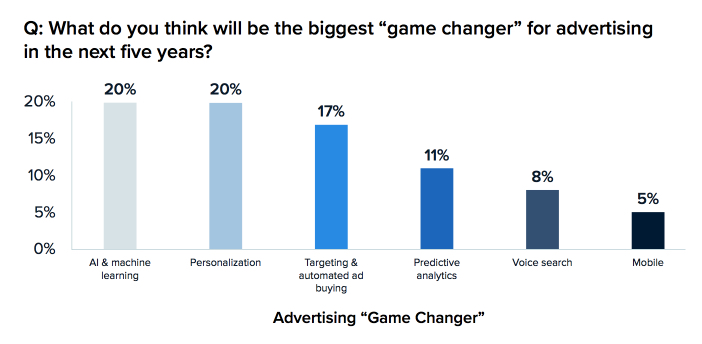
Source: Instapage
In today’s competitive landscape, understanding consumers on a deeper, emotional level has become an essential advantage. Neuromarketing blends neuroscience, psychology, and marketing strategies to reveal how people subconsciously respond to brand messaging, packaging, and experiences. By tapping into these often-overlooked emotional triggers, businesses can craft campaigns that resonate more profoundly, influencing decisions at a core level.
- Neuromarketing integrates principles from neuroscience, psychology, and marketing to understand how the brain responds to marketing stimuli and uncover subconscious consumer behaviours and emotions. Source
- By uncovering subconscious consumer behaviours and emotions, businesses can tailor their strategies more effectively. Source
Key Takeaway
The true strength of neuromarketing lies in its ability to connect scientific insights with real-world applications, giving brands a significant edge in creating campaigns that aren’t just memorable but meaningful to their audience. By understanding what genuinely drives attention and engagement, marketers can step beyond standard approaches and deliver experiences that stick.
Pro Tip:
Consider integrating tools like eye-tracking technology, biometric feedback, or facial expression analysis to gather actionable data on how consumers interact with your content. These tools can uncover subtle, yet powerful, insights into consumer preferences, helping your brand refine its messaging for maximum emotional impact.
Redefining Retail Engagement with Augmented Reality (AR)
In an era where consumer expectations are higher than ever, augmented reality (AR) is emerging as a game-changer for both online and in-store shopping. By blending the digital and physical worlds, AR empowers shoppers to visualize and interact with products more intuitively, bridging the gap between hesitation and purchase decision. This is no longer a futuristic aspiration; it’s a present-day solution for brands aiming to stand out in a competitive retail landscape.
- 71% of consumers have stated they would shop more often if AR were integrated into their shopping experience. Source
- AR enables the overlay of digital elements—such as 3D images, videos, and sounds—onto real-world settings through tools like smartphones or AR glasses, offering unparalleled interactivity. Source
Key Takeaway
By embracing AR, businesses are not just selling products—they’re delivering experiences that resonate with modern consumers. Whether it’s virtual try-ons that eliminate guesswork or augmented home visualization tools, AR transforms shopping into a personalized and engaging journey.
Pro Tip:
Stay ahead of the curve by experimenting with AR-powered solutions that address customer pain points, like sizing uncertainties or product fit concerns. Platforms like Snapchat and Shopify already offer AR integration options to simplify implementation.
Conclusion
As marketing innovation trends continue to evolve, businesses have an incredible opportunity to redefine how they connect with their audiences. From the transformative potential of 5G and AR/VR technologies to the precision of AI-driven personalization, each trend offers a fresh way to engage, captivate, and convert. The rise of zero-click searches and AI-powered content platforms is reshaping SEO strategies, while automated video marketing and conversational AI are setting new benchmarks for personalization and customer experience. As highlighted in recent SEO statistics and trends, these shifts are pushing marketers to rethink how they structure and deliver content. At the same time, a renewed focus on human-centric branding reminds us that authenticity and creativity remain irreplaceable assets in a tech-driven world.
For brands, the challenge lies in striking the right balance between innovation and authenticity. Embracing advancements like AI and AR while preserving the human touch ensures marketing efforts remain impactful and relatable. Whether it’s leveraging neuromarketing for deeper insights or crafting immersive shopping experiences, staying ahead of these trends is key to thriving in a competitive landscape.
Ready to boost your traffic and grow your website? Your customers are looking for you, and our SEO services can help you be found across search engines. Let’s navigate these exciting changes together!
About Marketing Innovation Trends: How It’s Transforming the Future of Marketing
This guide was written by the Scopic Studios team and reviewed by Araksya Hakobjanyan, SEO Lead at Scopic Studios.
Scopic Studios delivers exceptional and engaging content rooted in our expertise across marketing and creative services. Our team of talented writers and digital experts excel in transforming intricate concepts into captivating narratives tailored for diverse industries. We’re passionate about crafting content that not only resonates but also drives value across all digital platforms.
Note: This feature blog’s image are sourced from Freepik.





